April 14, 2024

The Top K-News from Around the World
31 best korean dramas on netflix, q&a with salle yoo, the first chief legal…, top 5 hidden gems for authentic korean food…, ‘1212: the day’, how a nine-hour coup seized….
Join Our Newsletter

- Korean Childbirth Traditions
- HWANGAP 60TH BIRTHDAY
- LEARN THE KOREAN LANGUAGE
- KOREAN ZODIAC
- Korean Weddings
- TRAVEL GUIDE
- RESTAURANTS
- FOOD STORIES
- K-DRAMA & MOVIE
South Korea Travel Guide
Where to go, what to see & how to stay on budget.
By Patricia Liu and Joel Marinan
There has never been a better time to visit South Korea. Clean, modern, sophisticated, and ultra safe, Korea is a destination that you will want to come back to again and again. With the rise of Korean culture and entertainment throughout the world, the country is experiencing a renaissance of sorts, especially for foreigners who wish to experience all that Korea has to offer.
Korea has always been a fascinating country to visit and deserves a place on everyone’s travel bucket list. Known for its stunning blend of tradition and modernity, Korea features futuristic technology, bustling markets, and a thriving pop culture scene. There are no guns or drugs allowed in Korea, and visitors can expect a high level of safety and cleanliness while exploring the country. Also of note is that Korea is a no tipping culture, so savoring the delicious cuisine is extra affordable, as are the cab rides to restaurants and other destinations.
Speaking of affordability, the exchange rate between the Korean won and the US Dollar has been very favorable for Westerners, which is another perk of traveling to Korea right now.
Our South Korea Travel Guide shows you where to go, what to see, and when to travel. Start your journey with itinerary ideas and pre-travel tips, the best day trips, and lots more essential Korean travel advice. Let’s go!
Here are some of our most popular articles that will help you make the most of your trip to South Korea.

A Local’s Guide to Gyeongju
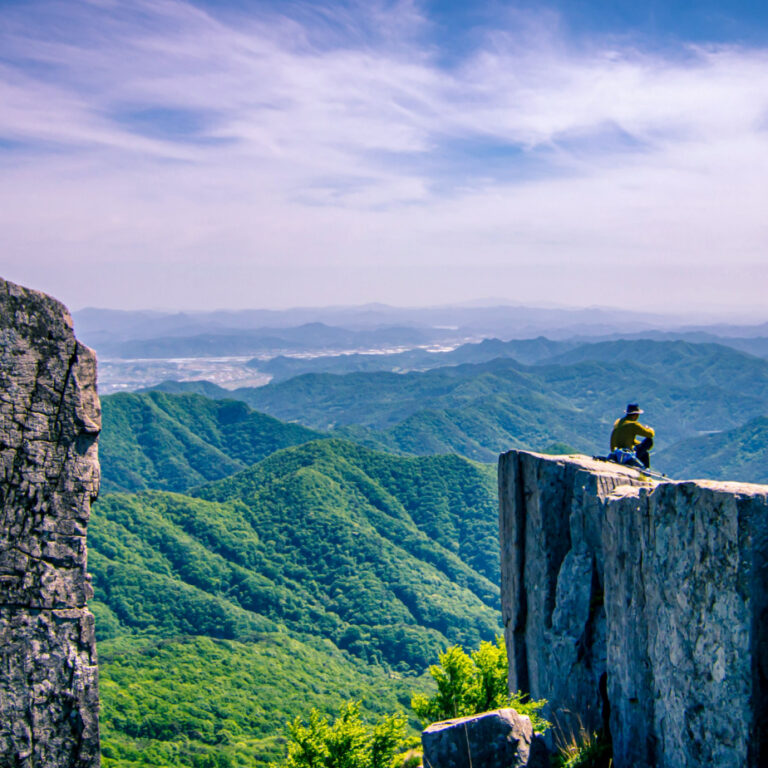
What To Do in Korea in May: The Family Month
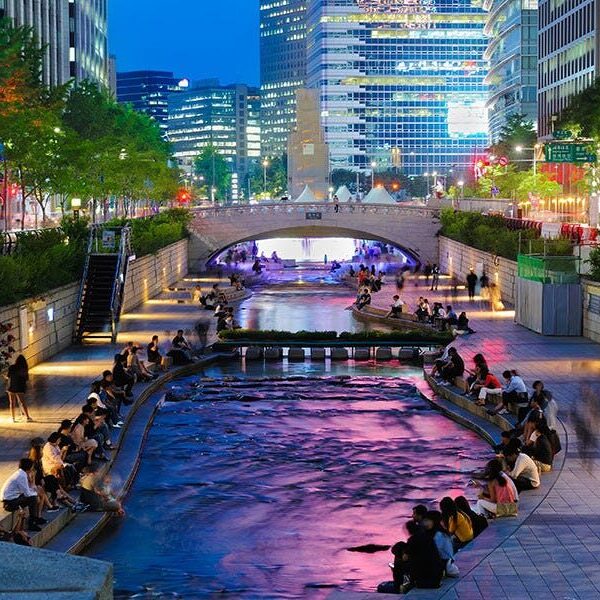
19 Did-You-Knows About Korea
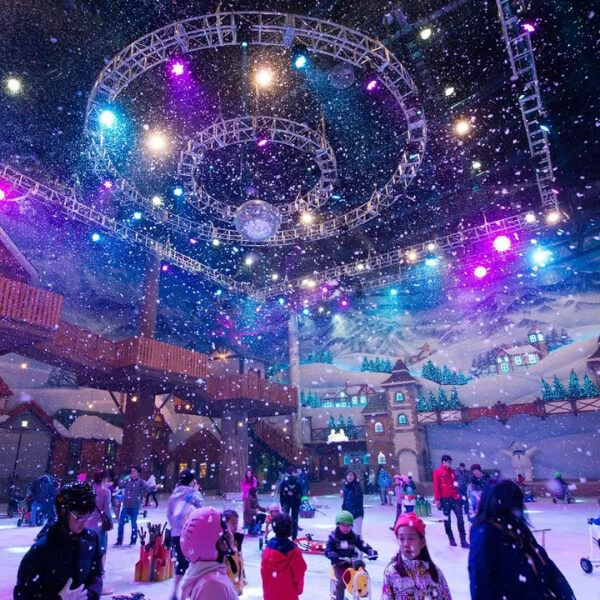
10 Ways to Spend a Magical Christmas in Korea

Hiking in Seoul, the Top 5 Mountains You Must Try

Jeju Island: Top 10 Places You Must See
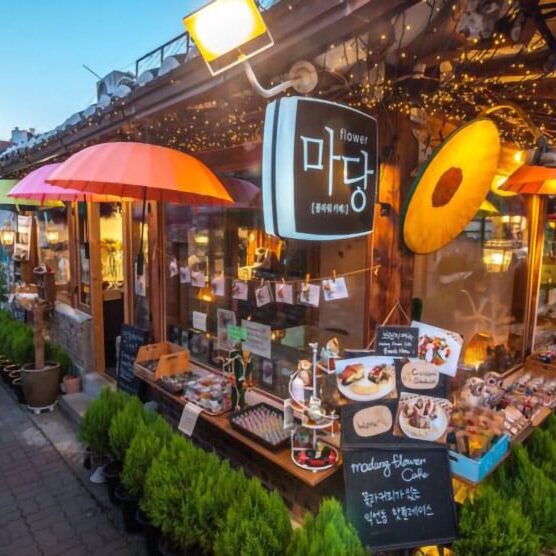
19 Best Things to Do in Seoul Right Now- An Insider’s Guide
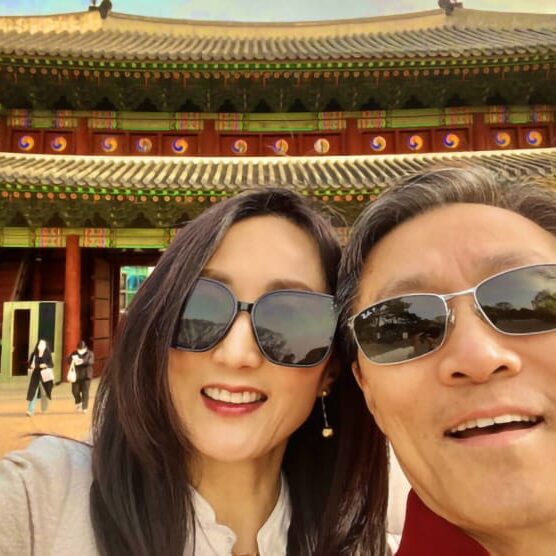
23 Reasons Seoul Will Be Your New Favorite City
Latest travel updates.
- Vaccination is NOT a requirement for entry into Korea.
- There is no requirement on the passport’s remainder validity for entry. You may travel to Korea as long as your passport remains valid throughout your stay in Korea.
- From April 1st, 2023, travelers from the USA, Canada, and 21 other countries no longer need to apply for the K-ETA to travel to Korea. This will run at least until 31st December, 2024 and is designed to make it easier to travel to Korea.

Planning Your Trip To Korea
Check the Korean Embassy for any possible travel restrictions.
- If you’re not sure where to stay, check out our guide to the best hotels in Seoul . You can find our recommendations for the best luxury, mid-range, and budget hotels in Seoul, as well as long-term apartments that you’ll love.
- For the best flight deals to South Korea, Best of Korea recommends Skyscanner and Expedia . You can find the cheapest prices and most convenient flights and buy the one that suits you best.
- For the best hotel prices in Seoul, Best of Korea recommends Klook 0r Agoda – they cover most hotels in Seoul and the rest of Korea and offer great prices without hidden fees.
- Before you travel to Korea, it’s a good idea to order an eSim card, regular sim card or portable WiFi router to collect at the airport so you’re connected as soon as you arrive. You can change a small bit of money before you travel, but you can also use the airport ATM to get some Korean won.
- There are large differences in exchange rates so you will need to do some comparing before you exchange a large sum of money. You can exchange USD to KRW easily at banks or money exchange shops in all major tourist areas like central Seoul (Myeongdong and Namdaemun are good places but the Coex Center also offers money exchange. You can also negotiate the exchange rate with the vendor if you think it is too high.
- You can withdraw cash from bank ATMs. Alternatively, use a pre-paid travel card like the one offered by Wise , which allows ATM withdrawals and payments and works perfectly in Korea.
- Don’t forget to bring a travel adapter for your electronics and leave plenty of extra space in your suitcase for the many Korean souvenirs and goodies you’ll buy on your tri
Do US Citizens Need A Tourist Visa?
No, travelers from the USA don’t need a tourist visa to enter South Korea. You can visit for up to 90 days visa-free.
Current COVID-19 Rules In Korea
Most COVID-19 rules in Korea have been dropped and now there are only 2 main rules to be aware of. First, face masks are mandatory when visiting medical facilities (hospitals). There is no longer a 7-day mandatory quarantine for people in South Korea. If you’re infected with COVID, the Korean government recommends a 5 day self-quarantine, but it’s not enforced. Travelers to Korea should follow the current restrictions or may be liable for fines or deportation.
Korean Tourism Support Hotline
If you have any concerns or problems when traveling in Korea, you can call 1330 . This is a dedicated tourism support hotline where trained specialists provide tourist assistance and is available in Korean, English, Japanese, Chinese, Russian, Vietnamese, Thai, and Malay.
US Government Travel Advisory For Korea
The U.S. Department of State currently has a level 1 travel advisory (Exercise Normal Precautions) for the Republic of Korea (ROK). Find out more about current travel advisories for South Korea on the Department of State website.

6 Best Destinations In Korea
South Korea is truly a country of contrasts. From the bustling, modern city of Seoul , with cutting-edge designer buildings, VR labs, and AI robots, to peaceful UNESCO World Heritage cities like Jeonju and Gyeongju , there are many unique places to explore.
There’s nothing worse than coming back from vacation and hearing about incredible places you missed that you wished you’d seen, such as a beautiful Buddhist temple by the beach (Haedong Yonggungsa Temple) or a leafy island getaway where deer and rabbits roam freely (Nami Island).
Here are 6 of the best destinations in Korea that you absolutely must visit, as well as some of the sights you’ll want to check out while you’re there. We’ll be bringing you lots more detailed destination guides in the future, so be sure to visit again soon.
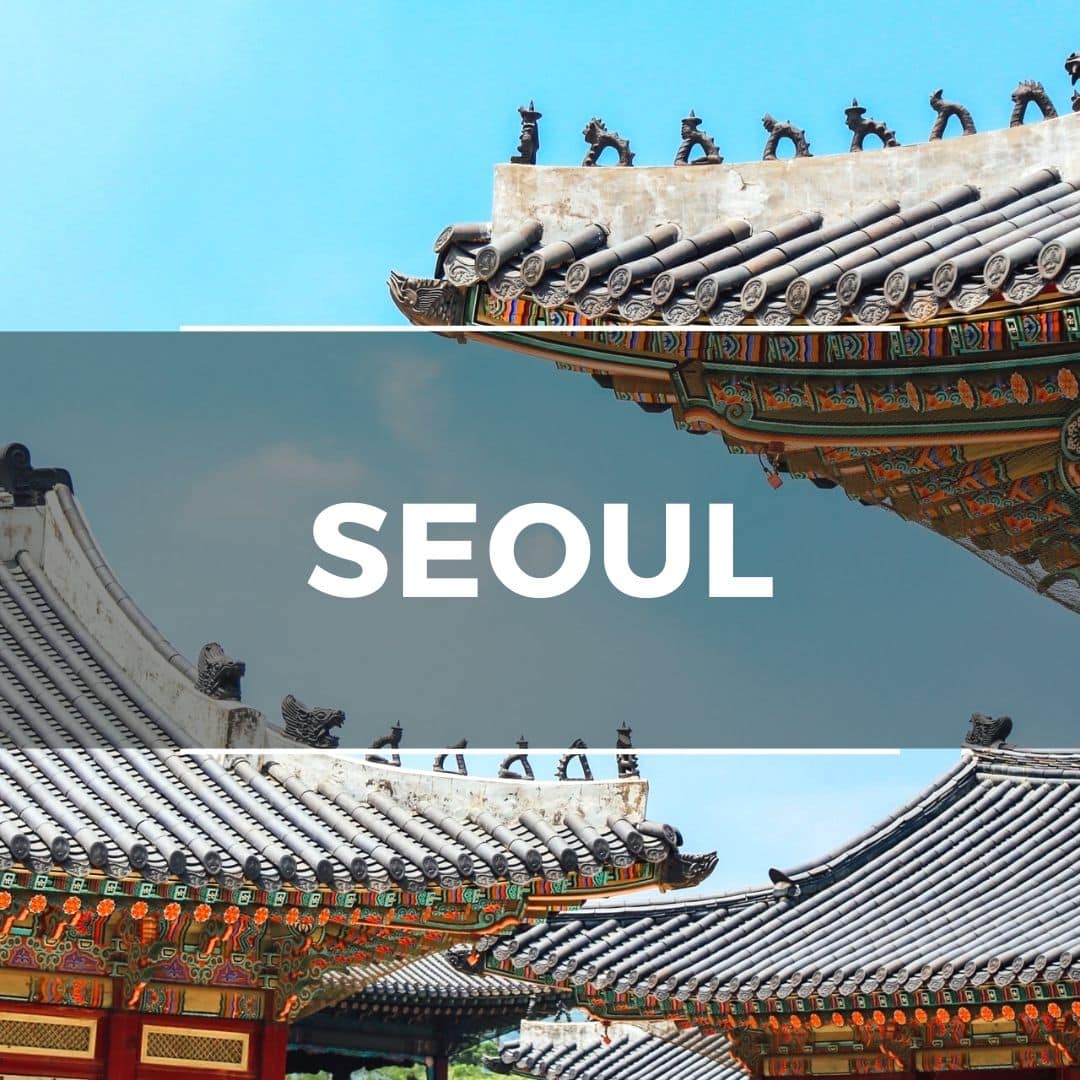
Korea’s Busy Capital
Seoul is Korea’s largest city, capital, and first, stop for most travelers to Korea. There are many beautiful places in Seoul , including landmarks, relics from ancient kingdoms, towering skyscrapers, Buddhist temples, Michelin-starred restaurants, and some of the best street food you’ll find in the world. If you see only one city in Korea, you should definitely visit Seoul.
You’ll never be bored in Seoul. Whether you’re traveling as a family, as a couple, or by yourself, there’s so much to do. Be sure to plan lots of time to check out Korea’s capital.
This Full Day Tour of Seoul will show you some of the hottest spots in the city, while this Customized Private Tour of Seoul will allow you to choose where to go.
Here are 10 of the best Seoul attractions:
- Gyeongbokgung Palace
- Bukchon Hanok Village
- Starfield COEX Mall
- Bukhansan National Park
- Myeongdong Street Markets
- Lotte World Tower
- Secret Garden (Changdeokgung Palace)
- Dongdaemun Design Plaza
- N Seoul Tower
- Yeouido Hangang Park

Korea’s Second City
Busan, Korea’s second city, is a thriving port city far away from Seoul both physically and culturally. This popular summer destination features some of Korea’s most popular beaches and bars. Explore Busan and you’ll find sprawling markets, fresh seafood, film festivals, the world’s largest shopping mall, coastal temples, and lots more.
Busan is a city with some very photogenic sights. See the sunrise on the beach, hike around leafy coastal streets on the side of cliffs, and marvel at the wide range of (living!) seafood in the markets.
This Full Day Tour of Busan will show you the best beaches, markets, and local sights, while this Customized Private Tour of Busan will allow you to choose where to go.
Here are 10 of the best Busan attractions:
- Haeundae Beach
- Gwangbokdong Food Street
- Haedong Yonggungsa Temple
- Huinnyeoul Culture Village
- Gamcheon Culture Village
- Oryukdo Sky Walk
- Lotte World Busan
- Jagalchi Fish Market
- BIFF Square & Centum City Mall
- Taejongdae Resort Park
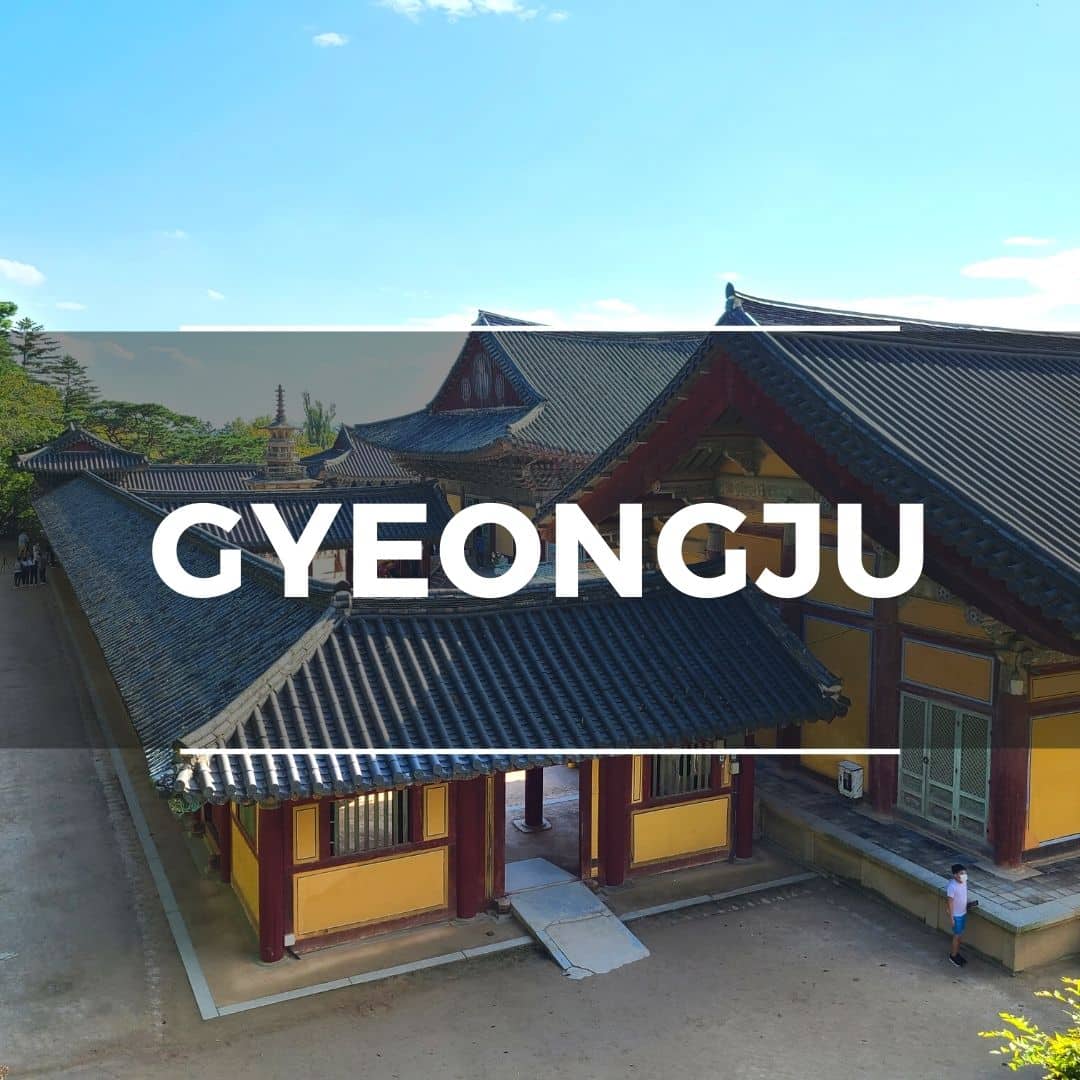
UNESCO City
Gyeongju is the former capital of the Silla Kingdom, part of the Three Kingdoms part of Korean history. These days, Gyeongju is an open air museum housing Korea’s finest history and monument. This UNESCO World Heritage City is a must-see for those who want to learn more about Korea’s deep cultural past.
Gyeongju is packed with temples, palaces, historical sights, and monuments. But it’s not just the history that draws the crowds, the city is an area of natural beauty, lined with cherry blossoms and shadowed by misty mountains.
This Full Day Tour of Gyeongju from Busan will take you around Korea’s open-air museum city, showing the top UNESCO sites along the way, while this Customized Private Tour of Gyeongju will allow you to choose where to go.
Here are 10 of the best Gyeongju attractions:
- Gyeongju Historic Area
- Bomun Lake Tourist Complex
- Bulguksa Temple & Seokguram Shrine
- Donggung Palace & Wolji Pond
- Yangdong Folk Village
- Cheomseongdae Astronomical Observatory
- Gyeongju National Museum
- Gyochon Traditional Hanok Village
- Woljeonggyo Bridge
- Gyeongju National Park
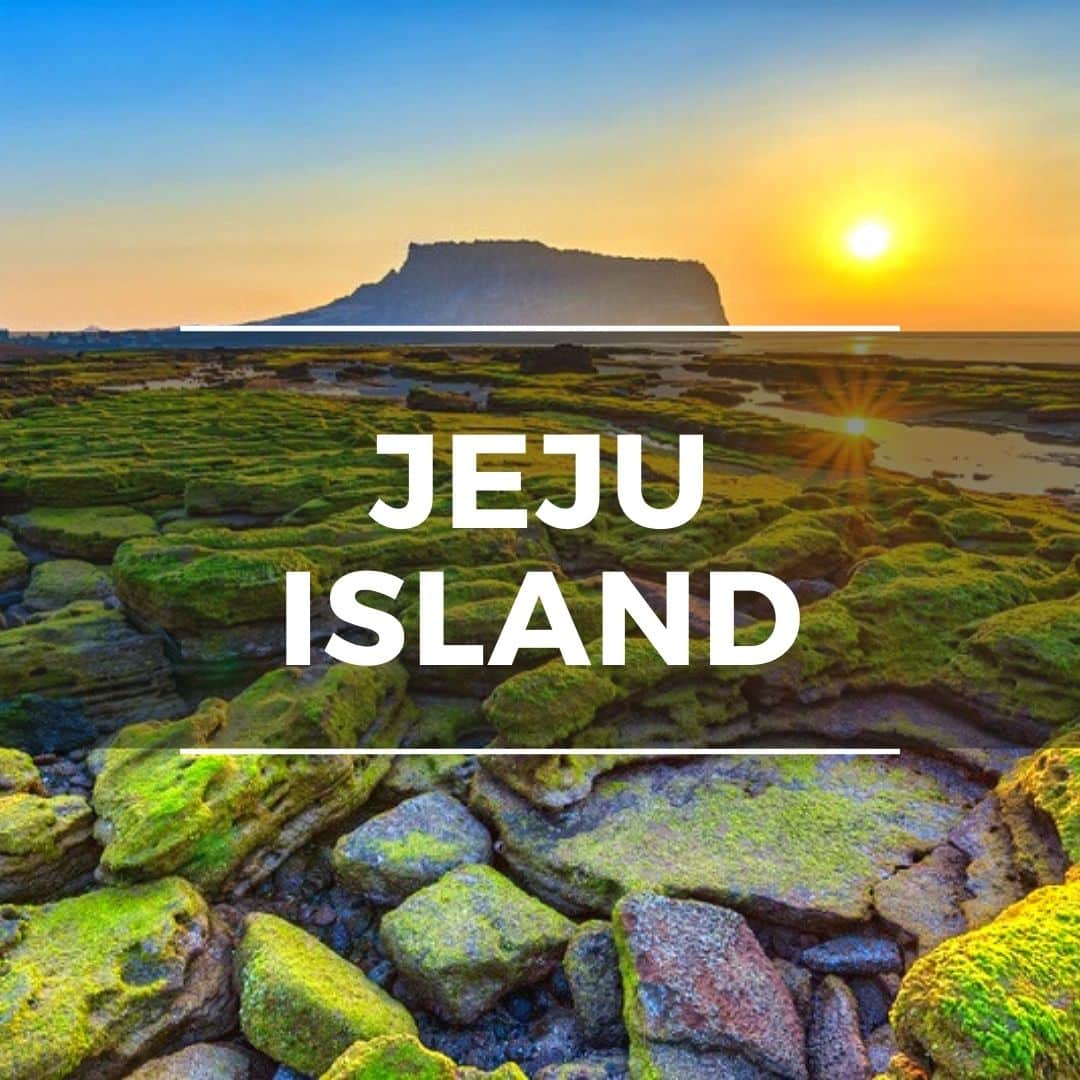
Natural Wonder
Jeju Island is Korea’s semi-tropical island that’s a popular vacation destination for locals and tourists alike. This area of outstanding natural beauty offers up rugged coastal walks, sandy beaches, green hills, and a volcano to hike up for those who enjoy a challenge. Culture and cafe lovers will also find Jeju Island a charm.
From snorkelling under the sea, to hiking above the clouds, sampling Jeju’s black pork BBQ, and drinking local green tea, there’s so many exciting activities, sights, tastes, and experiences waiting for you on Jeju Island.
This Full Day Tour of Jeju Island will show you some of the most incredible UNESCO World Heritage sites on Jeju’s East Coast, while this Customized Private Tour of Jeju Island will allow you to choose where to go.
Here are 10 of the best Jeju Island attractions:
- Seongsan Ilchulbong Sunrise Peak
- Jusangjeolli Hexagonal Lava Cliff
- Hallasan Mountain (Volcano)
- Hamdeok Beach
- Jeju Folk Village
- Hyeopjae & Geumneung Beach Areas
- Cheonjeyeon & Jeongbang Waterfalls
- Udo Traditional Island
- Yakcheonnsa Coastal Buddhist Temple
- O’Sulloc Green Tea Fields
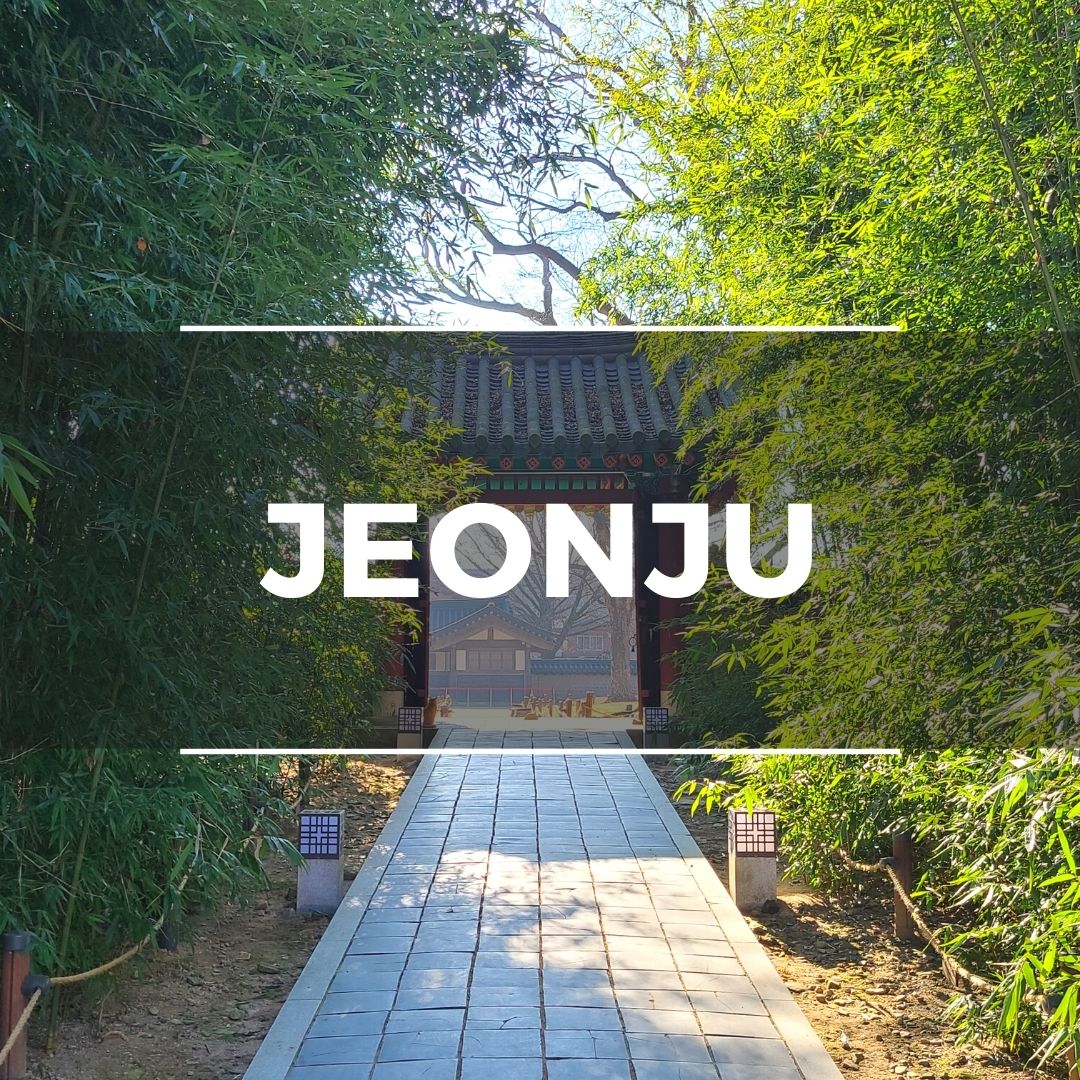
Traditional Korea
Jeonju is famous for its historical and cultural sights, including the sprawling Jeonju Hanok Village, packed with more than 700 traditional hanok houses. Jeonju’s many impressive sights are close to each other and perfect for a day trip from Seoul or Busan. You can even stay overnight in one of the traditional houses.
Jeonju is a tourist hotspot so there are plenty of things to keep travelers entertained and places to experience traditional Korean food and drinks. Be sure to check out the Jeonju bibimbap, one of Korea’s national dishes. Rent hanbok (traditional clothes), take lots of pictures, and see the sights.
This Full Day Tour of Jeonju will show you around the beautiful hanok houses and traditional Korean restaurants, while this 2-Day Tour of Jeonju includes an overnight stay in a hanok and lots of delicious Korean meals.
Here are 10 of the best Jeonju attractions:
- Jeonju Hanok Village
- Gyeonggijeon Shrine & Portrait Museum
- Jeongdon Catholic Church
- Jeonju Hyanggyo Confucian School
- Nambu Traditional Market
- Jaman Mural Village
- Omokdae Viewpoint
- Deokjin Park
- Hanbyeokdang Pavilion
- Taiji-ro & Hyangoyo-gil Shopping Streets
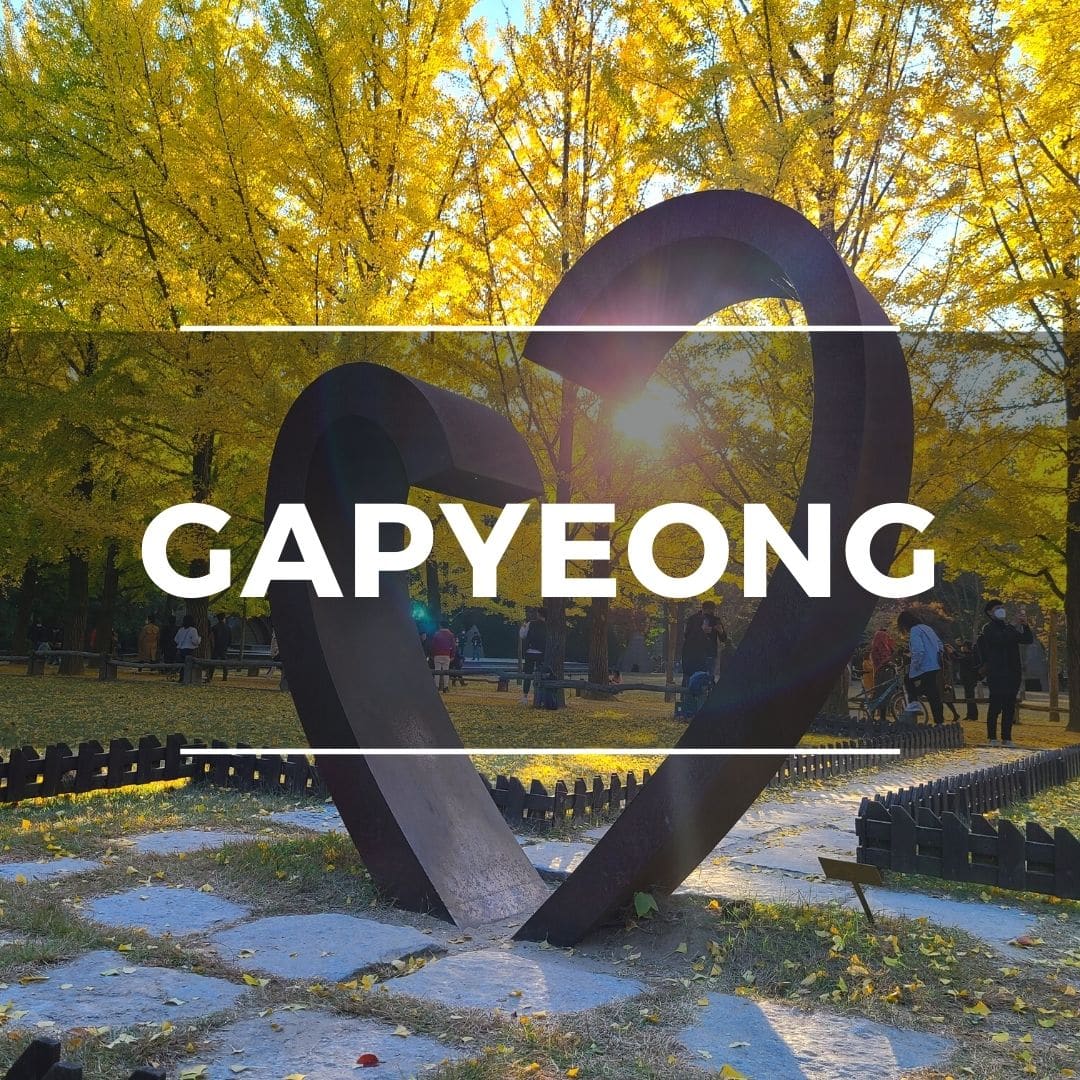
Rural Attractions
Gapyeong County is an area just outside of Seoul that’s home to several interesting attractions celebrating Korean and foreign culture. The lush green hills and blue rivers of Gapyeong make it a great place to immerse in Korean nature.
You’ll find some of the hottest day trip locations here. Explore Gapyeong County on a day trip from Seoul. You can see romantic tree-lined streets and cafes on Nami Island, explore one of Korea’s most beautiful gardens, take a trip to Petite France, and enjoy cycling through the hills on an abandoned railway track.
This Full Day Tour of Gapyeong will show you around Nami Island, Garden of Morning Calm, and the Rail Bike Park.
Here are 10 of the best Gapyeong attractions:
- Nami Island
- Garden of Morning Calm
- Petite France
- Ganchon Rail Bike Park
- Edelweiss Swiss Village
- Cheongpyeong Lake
- Jarasum Island
- Kalbongsan Recreational Forest
- Gapyeong Sledding Hills
- Nami Island Zip Line

There are loads of locations to visit in Korea that make for a perfect day trip from Seoul. Hop on a coach, train, or tour bus in the morning and explore one or more of these unique destinations.
Here are 10 of the best day trips from Seoul to discover on your next journey to Korea:
- DMZ (North Korean Border)
- Suwon Hwaseong Fortress
- Everland Theme Park
- Jeonju Historic City
- Seoraksan National Park
- Korean Folk Village
- Alpaca World
- Gwangmyeong Cave
Most travelers to Korea arrive at Incheon Airport and then travel into Seoul (it’s only 40 minutes away) to begin their journey. Seoul is certainly an incredible place to start traveling, but it definitely shouldn’t be your only destination. Korea has a lot to offer, including a lot of seasonal activities and events that you should take into consideration.
Spring and fall are the best seasons to visit Korea and during these times the traditional cities like Gyeongju and Jeonju look amazing. They’re covered with cherry blossoms or fall foliage and this creates some postcard-like scenes. Gapyeong area is packed full of natural sights to enjoy, so definitely check out these areas.
If you’re visiting during summer, head towards the coastal areas, including the north-east coastal towns of Gangneung & Sokcho, or the south-east coastal areas of Busan and the nearby islands, such as Geoje, Tongyeong, and Yeosu. You’ll find lots of winter activities to enjoy in these areas.
Winter is cold and dry and, ironically, a great time to visit Jeju Island. This semi-tropical island is warmer than the mainland, but still gets snow on the mighty Hallasan Mountain. You can sit on a sunny beach one day and then hike knee-deep in snow the next. Jeju is also famous for its citrus, with thousands of tangerine trees dropping their juicy fruits in early winter.

Where To Stay In Seoul
South Korea is truly a country of contrasts. From the bustling, modern city of Seoul , with cutting-edge designer buildings, VR labs, and AI robots, to peaceful UNESCO World Heritage cities like Jeonju and Gyeongju , there are many unique places to explore. If you’ve decided on Seoul, here are some of the best hotels that are well located and highly reviewed.
Choosing the best destinations to visit in Korea can be a challenge, especially if you don’t know what there is to see. You might not have heard of some of these destinations, which is not surprising. Korea is a country of undiscovered wonders that are waiting to be found.
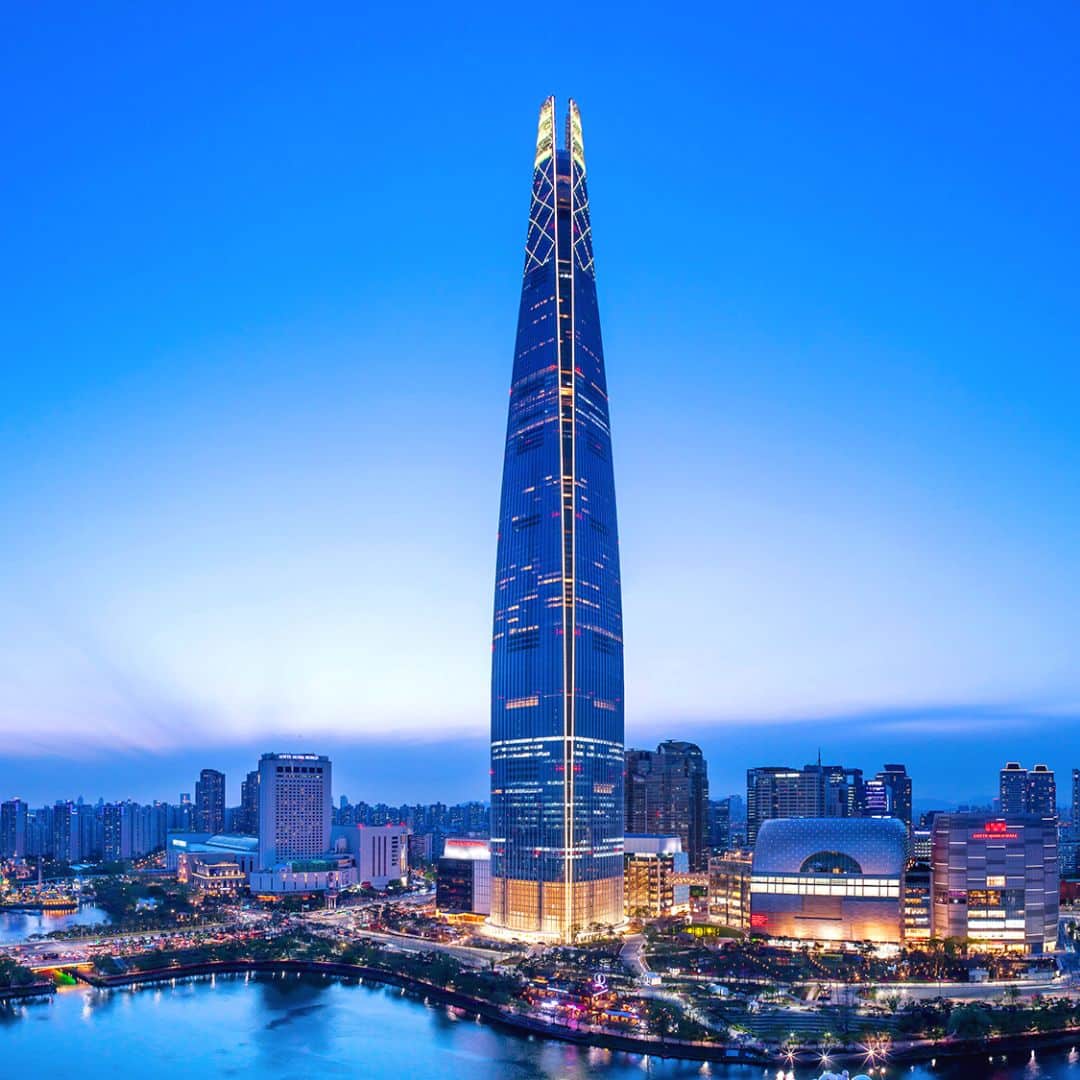
If you want the best Seoul has to offer, these luxury hotels are for you. Located in Seoul’s glitziest neighborhoods, these hotels are within walking distance of Michelin-starred restaurants, chic boutiques, galleries, museums, and the finest shopping experiences available.
Expect nothing but the best in terms of service and style at these luxury hotels. Silky soft sheets, immaculate rooms with the finest fixtures and fittings, and true 5-star service from the hotel staff. These hotels have sports, dining, and entertainment facilities to make you comfortable during your stay.
Airport transfers are available with these hotels, making your journey into and out of Seoul a breeze. Located in popular upmarket districts in Seoul, these neighborhoods have lots of local charm for you to discover, as well as allow easy access to other parts of the city with excellent transport options nearby.
Not only are these beautiful, comfortable hotels inside, but they are also located in some of the most iconic buildings or districts and provide amazing views over some of Seoul’s most interesting districts. The view from the first hotel is worth the cost alone.
Recommended Luxury Hotels In Seoul
Here are 3 of the best luxury hotels in Seoul that we recommend for an unforgettable stay in Korea’s capital:
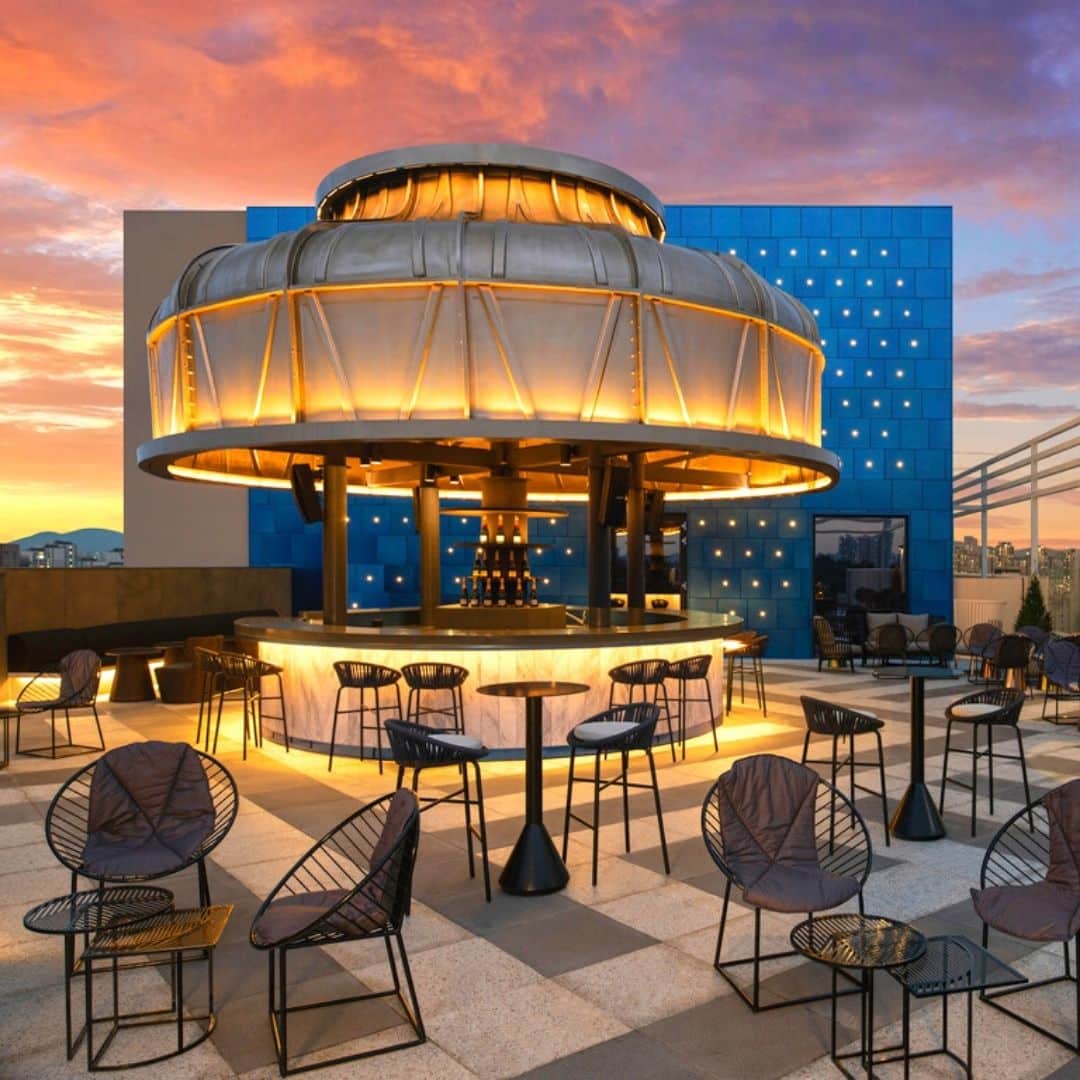
Families. couples and other travelers that want to experience the best of Seoul without breaking the bank can sleep easy with these mid-range hotel recommendations in some of Seoul’s trendy, vibrant districts, including Hongdae, Gangnam, and Myeongdong.
Encounter stylish accommodation in Seoul’s Hongdae districts, which is full of street culture and artistic scenes from the district’s eponymous Hongik University – one of Korea’s leading art centers.
Fashion lovers and shoppers will find lots to love in downtown Gangnam, with its wide streets and glassy storefronts bracketing narrow side streets and hidden delicacies.
Myeongdong is famous for its budget and mid-range accommodation options, including several hotels by the famous Lotte chain – one of Korea’s best mid-range brands.
Whichever mid-range hotel you choose in Seoul, you can be sure you’ll have fantastic city views, convenient subway access, and lots of unique cultural sights, sounds, and tastes to experience.
Recommended Mid-Range Hotels In Seoul
Here are 3 of the best mid-range hotels in Seoul that we recommend for an comfortable stay in Korea’s capital:
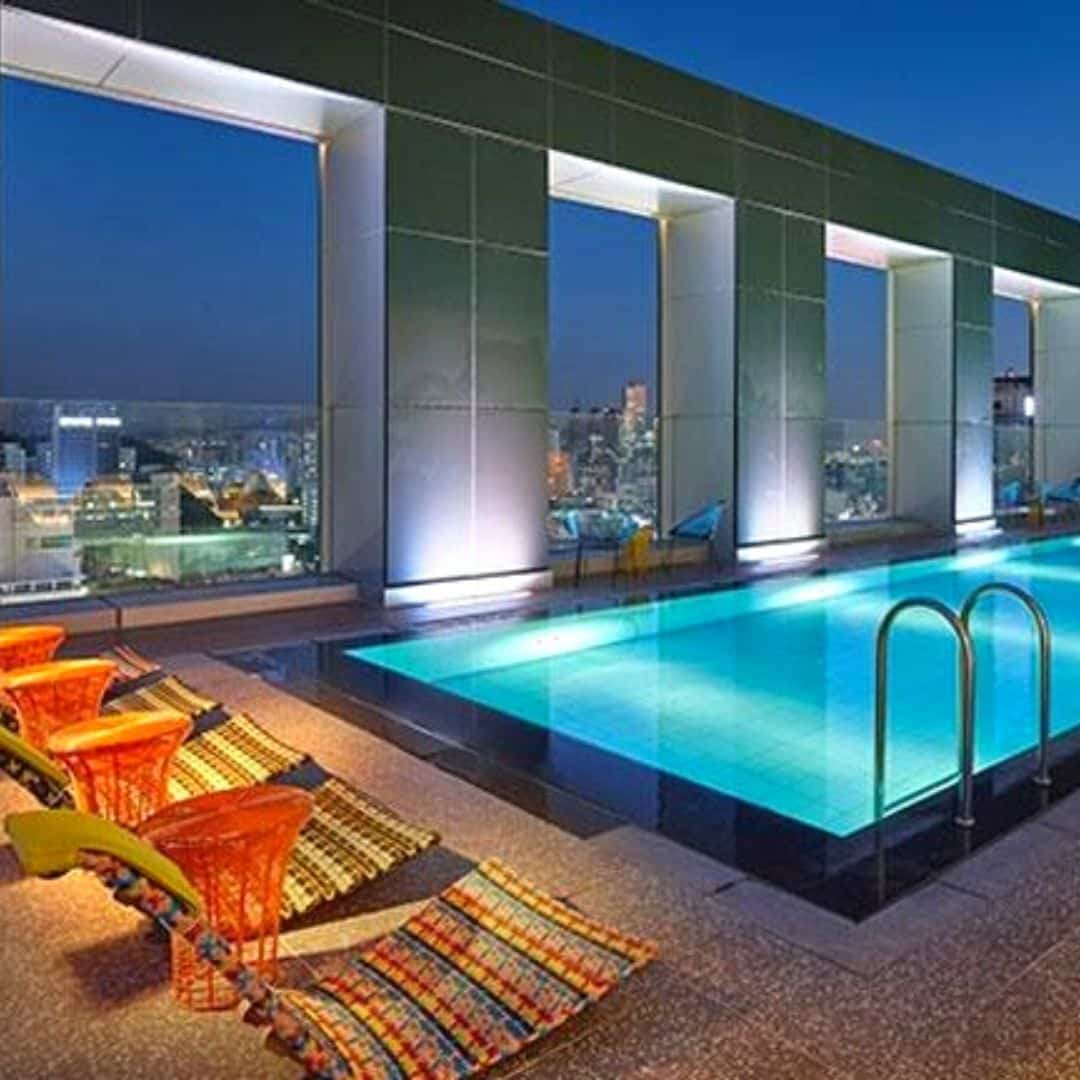
Seoul has a wealth of budget accommodation options that will help make your money go further. These hotels are all around $100 or less but offer the comfort and convenience that you’d expect to find in a mid-range hotel. One even has a beautiful rooftop pool.
Although these hotels are cheaper, don’t lower your expectations. You’ll always find great service in Korea. Save on sleeping to spend more on shopping, souvenirs, sights, and all the other fun things there are to do in Seoul.
These budget hotels in Seoul are also in great locations for shopping, enjoying local culture, and seeing the real side of Seoul and Korea. Hongdae offers bargain hunters the chance to get boutique fashion at market prices, Gangnam has plenty of cafes and cheap eats tucked away off the main avenues, and Myeongdong is a budget traveler’s paradise full of $1 street food and bargain souvenirs.
You won’t be disappointed with a night at any of these hotels. If you want to make your budget go further so you can spend more on some of the incredible day trips Seoul has to offer, definitely book a night at one of these hotels.
Recommended Budget Hotels In Seoul
Here are 3 of the best budget hotels in Seoul that we recommend for an affordable stay in Korea’s capital:

Korean Travel Tips
Korea is a unique country with a written language that looks nothing like English, fascinating etiquette rules , and an always busy lifestyle. Travelers may be lost trying to do even the simplest things.
These travel tips include the best options for staying connected, how to use public transportation easily and cheaply, great discount cards that will save you money as you travel, where to exchange money, and how to learn some basic Korean phrases for when you travel.
These essential Korean travel tips have been crafted by experienced travelers who love to save time and money. Only the best quality services and products are recommended here.
Here are our Korea travel essentials that’ll help you get around more easily, save you money, and let you get the most out of your trip.
Plan ahead now and you’ll have fewer troubles on your travels, giving you more time to enjoy your time in Korea.
If you’re traveling to Korea, you’re almost certainly going to want to get access to the internet to help you navigate, translate Korean, or even book tickets to attractions. Korea has one of the world’s best mobile internet and the prices are very reasonable. 5G mobile internet services are available across the country and Korea was one of the first to get the super-fast service. You won’t have problems connecting with a sim card or WiFi router when you travel.
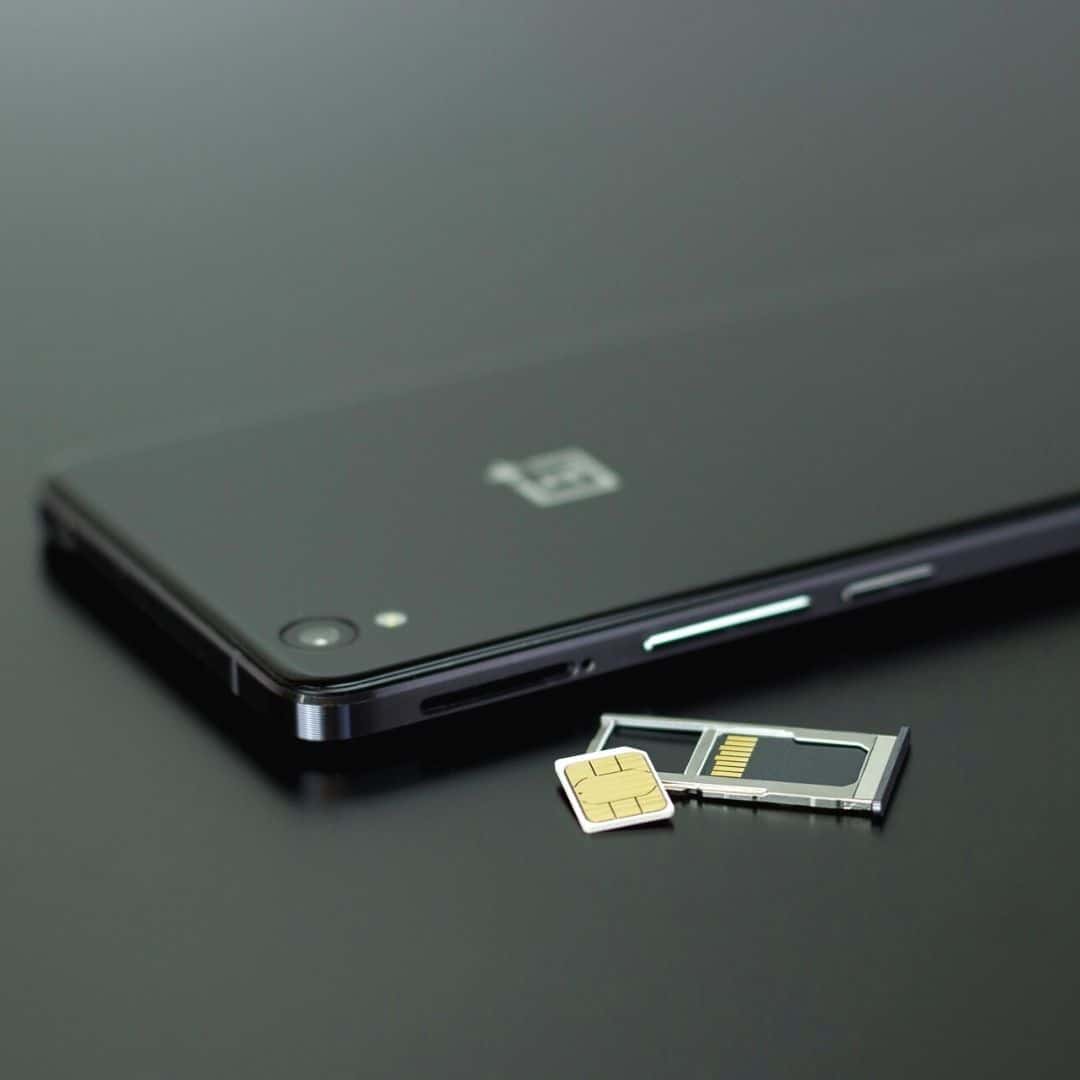
Sim Cards & Data Plans
A Korean sim card is a great way to get access to all your usual cellphone services when you travel to Korea. Sim cards come with data-only packages, or data and phone services combined.
Buying a Korean sim card will give you access to a Korean phone number, which is useful when using Korean apps. If you want to order food online in Korea, you need to have a Korean phone number to complete the order.
Korean Sim Card Costs
Prices start at W5,900 ($5) for a 1-day sim. You can also get 10-day sim cards (W34,700/$28) and 30-day sim cards (64,400/$52). These all come with unlimited data, domestic calls, and texts.
You can purchase a Korean Sim Card From Klook and collect it at the airport. This is a very convenient option as you can use it immediately to help navigate and check in back home.

Portable WiFi Routers
A Korean portable WiFi router will give you access to mobile internet throughout Korea by connecting to WiFi hotspots run by the major phone companies in Korea and comes with great coverage.
The major benefits of a portable WiFi router include a lower cost than a Korean sim card and also the ability to connect up to 3 devices to 1 router. That means that families and groups will be able to share the service.
Korean Portable WiFi Router Costs
The cost of a Korean portable pocket WiFi router is W3,200 ($2.60) per day. You can rent the WiFi router for as many days as you require and pay in advance and pay any excess days when you return it.
You can also purchase a Korean Portable WiFi Router From Klook and collect it at the airport. You can book online before you travel so that it’s guaranteed to be waiting for you.
Should I Get A Sim Card Or WiFi Router In Korea?
Both a sim card and WiFi router are great options for travelers to Korea and will almost guarantee a great reception for mobile internet. The choice between whether you should get a sim card or WiFi router in Korea really comes down to the costs involved and if you need a Korean phone number.
WiFi routers are cheaper and allow you to connect 3 devices, so they’re perfect for families. However, a sim card gives you a Korean phone number, which means you can call people and also register for Korean apps which require a phone number.
Check out our detailed article about the Best Sim Card & Portable WiFi options for traveling to Korea.
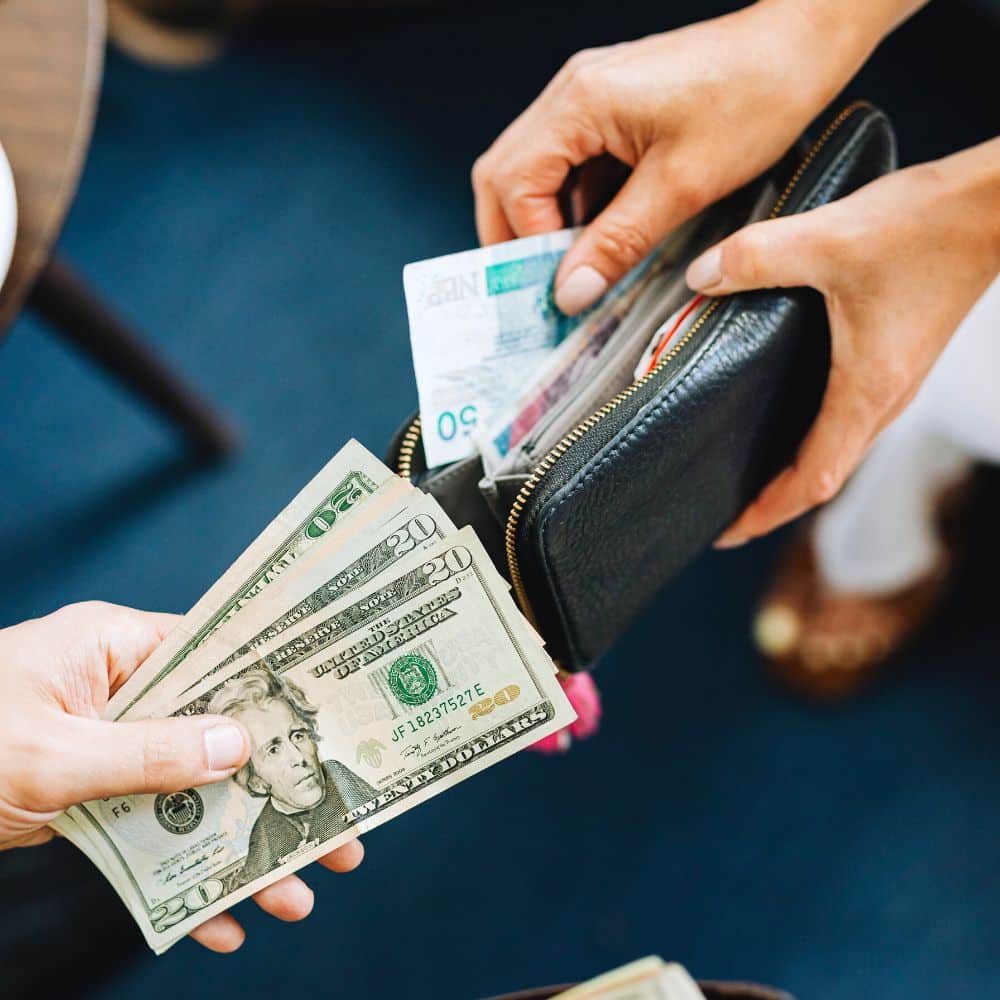
Korea is a safe, modern country and one that has pushed hard for the mass adoption of cards. Almost every location that deals with money is required to accept card payments. This is great news for travelers to Korea as you can use a card to pay for meals out, entrance tickets, trains, and lots more.
Cash is still needed for some things, such as topping up transportation cards like the T-Money Card (more on that soon) and for paying for small things like street food. Please note, as Korea doesn’t have a tipping culture, you don’t need cash for leaving a tip. In fact, if you try to leave a cash tip, it’ll be returned to you in most places.
Read on to find the best tips to avoid getting ripped off when exchanging money and how to pay the lowest fees when you use a card to pay in Korea. Be a smart traveler and save more money for shopping and souvenirs.
Korean Money Exchange Options
Once you arrive in Korea, there are several options for exchanging money. First, you can exchange money at a money changer in tourist areas such as Myeongdong. These money changers used to have the best rates in Seoul.
However, a better option these days is to use the currency exchange machines from WOW Exchange. These machines are located all over Seoul’s most popular tourist spots, stations, and hotels. They allow you to exchange foreign cash directly to Korean won, with better rates than at the airport. You can also use these machines to claim a tax refund for your shopping before heading to the airport. Both options require a passport.
Should I Change Money At The Airport?
Exchanging money at the airport is easy and convenient as you can instantly get cash to use for shopping, transportation, and general use. However, the exchange rate at the airport is usually much worse than you’ll find in other places in Korea, as mentioned previously. If you need cash as soon as you land, withdraw a small amount ($50) and then exchange the rest in Seoul.

Travel Money Cards For Korea
While cash is useful and familiar when traveling, a much better option is to use a travel money card (also known as a currency card). Travel money cards, such as the Wise Travel Money Card, allow you to pay for travel expenses without the need to carry cash or convert money.
A travel money card offers the convenience of using a credit card without high fees that a regular bank could charge. It also allows you to withdraw cash from an ATM without a fee (up to a limit), so you can avoid carrying any cash on the flight or using a money exchange. The exchange rate is the mid-market rate, meaning it’s better than you’ll find even at the money exchanges listed before.
Can I Use My Bank Card In Korea?
Credit cards are widely accepted in Korea. Visa and Mastercard users shouldn’t face a problem, but other cards aren’t as widely accepted. Debit cards and cash withdrawals might not work depending on the bank. Your bank may charge a fee when using it overseas, or give a bad exchange rate. Check with your bank before traveling.
The best option for travel money in Korea is to have a mixture of cash and cards, with a backup credit card just in case. Taking some USD with you is always a good option as you can find plenty of places to exchange it to Korean won and probably at a better rate than you’ll get in the US. If you want to withdraw money in Korea, look for the global ATMs in tourist areas.
Taking a travel money card will be safer, cheaper, and more convenient than relying on your own bank or credit card, too. These cards offer competitive rates and are widely accepted around the world so you can use them to visit other countries, too. If you use a travel money card and it gets lost or stolen, you can freeze the card instantly with the app and not have to worry about losing the balance on the card.
When you visit Korea, you’ll notice that most people pay for goods with a card or payment app, even for small purchases like a bottle of water. Unfortunately, the payment apps that are common in the US, such as Apple Pay or Google Pay, aren’t available in Korea. Korean apps, such as Kakao Pay, require a Korean bank account, and therefore aren’t an option for travelers.
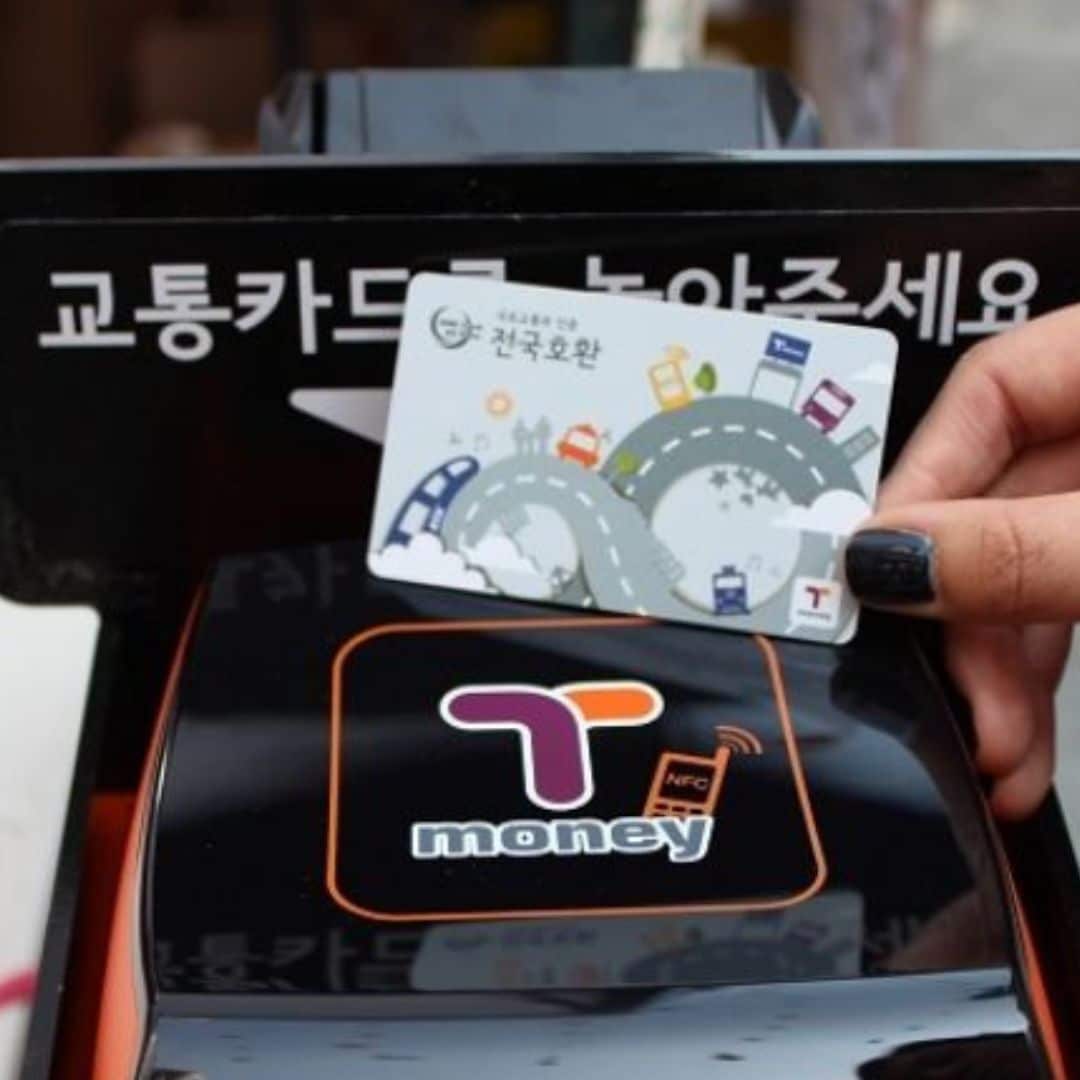
T-Money For Public Transport
The T-Money Card is an essential purchase for every traveler to Korea. The T-Money Card is a transportation card that allows contactless travel on Korea’s buses and subways. Simply buy a T-Money Card, top-up the card, then use it to travel.
Not only is this transportation card really convenient, it also saves you money. You’ll receive a discount on every bus or subway journey when you pay with the T-Money Card. These discounted fares are available in all cities across Korea, not just Seoul.
This isn’t the only use of the T-Money Card. You can also use to buy a coffee from Starbucks, get lunch in McDonald’s, shop for Korean cosmetics, and even to watch a baseball game. It’s a very useful card that can be used anywhere you see the T-Money Card.
You can get the T-Money Card in Korea from subway stations and at certain transport centers, including Seoul Station and Incheon Airport. The card costs 2,500 KRW. You can buy the card with a credit card, but to top-up the card, you need to use cash. If you buy a Discover Seoul Pass, this card includes the T-Money functions.
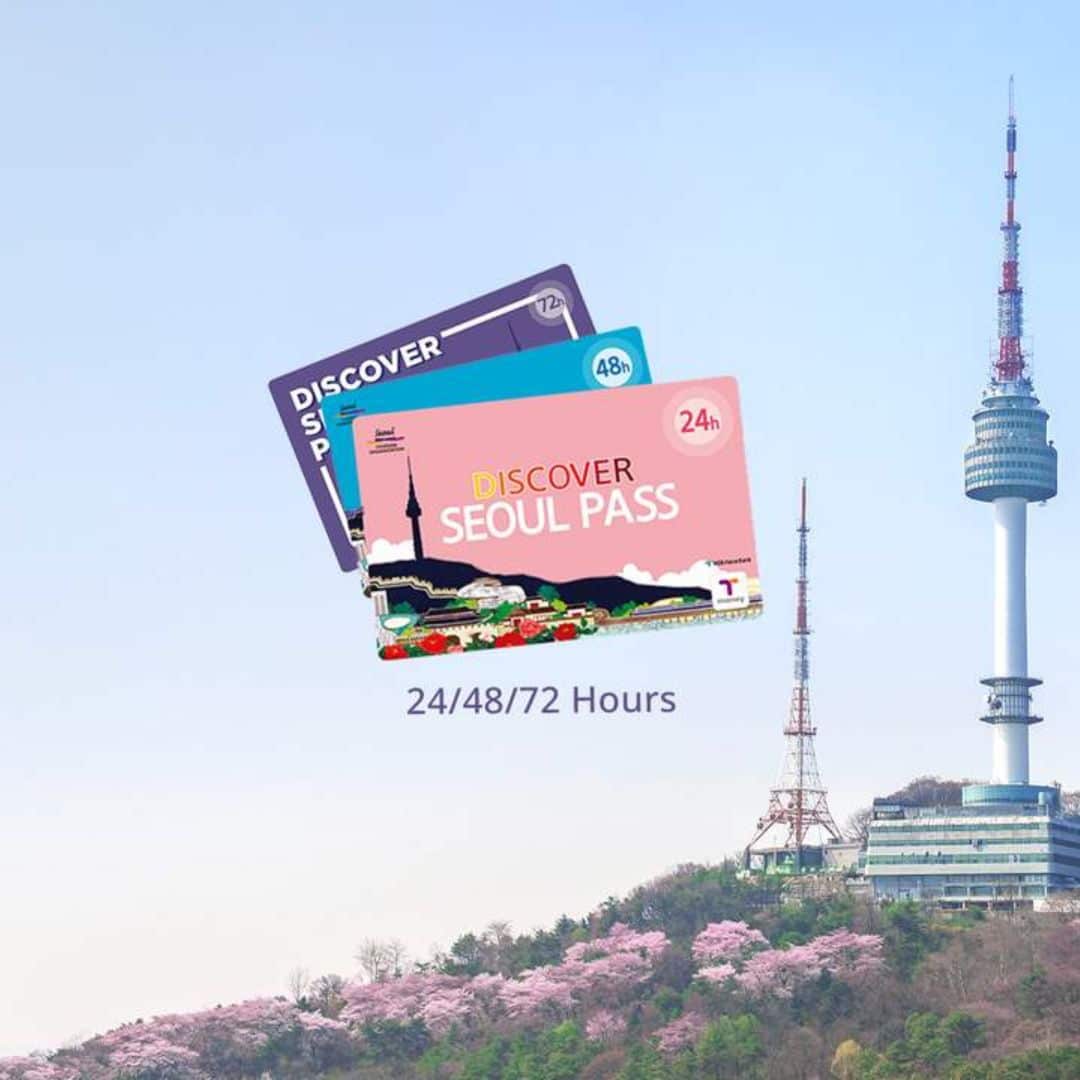
Save With The Discover Seoul Pass
Travelers to Seoul have a lot of options for incredible attractions to enjoy and experience. However, tourists, especially families, can find that the cost of these attractions quickly add up, especially when you are visiting many locations in a short time.
A great way to save money when you travel in Seoul is to buy a Discover Seoul Pass – a special card that offers you big savings on some of Seoul’s top attractions, as well as other benefits.
If you plan to visit Seoul’s Royal Palaces, N Seoul Tower, Lotte World Adventure Theme Park, the COEX Aquarium, Alive Museum, Seoul Zoo, or other premium attractions, you can gain free entry when you purchase a Discover Seoul Pass.
Not only that, you can also get a free river cruise, free hanbok rental, free ride on the Airport Express from Incheon Airport to Seoul, free City Tour Bus Ride, free T-Money Card and lots more.
The Discover Seoul Pass is valid for 24 | 48 | 72 hours and is valid from the moment you first use it until that many hours later.

Things To See & Do In Korea
If you want to build your own itinerary for South Korea, then this section of the South Korea Travel Guide will provide the building blocks you need to craft the perfect trip.
South Korea is a country packed with famous landmarks and sights, unique culture – modern & historical, family-fun activities, outdoor adventures, cozy cafe districts, and natural wonders. There’s more to do in Korea than you could imagine and it’s impossible to explore it all in one trip. Try to plan your itinerary by cities and locations. For example, plan your day in Seoul stay by district.
Here are some of the best things to see and do in South Korea, broken down into different themes so you can find things that interest you the most. The location of each of these attractions is included, too, so you can create a city by city itinerary, seeing the best South Korea has to offer.
These attractions are available all year round so whenever you go to Korea, you can enjoy them. There are plenty of things to see and do in Korea that only happen during certain seasons. Check out the Season Guide in this South Korea Travel Guide for more information about Korean festivals and seasonal events.
Here are 10 of the best Korean landmarks:
- Lotte World Tower (Seoul)
- Bukchon Hanok Village (Seoul)
- Nami Island (Gapyeong)
- Banwol ‘Purple Island’ (West Coast)
- N Seoul Tower (Seoul)
- Dongdaemun Design Plaza (Seoul)
- Seoraksan National Park (Gangwon Province)
- Hwaseong Fortress (Suwon)
- Cheonggyecheon Stream (Seoul)
- Gamcheon Cultural Village (Busan)
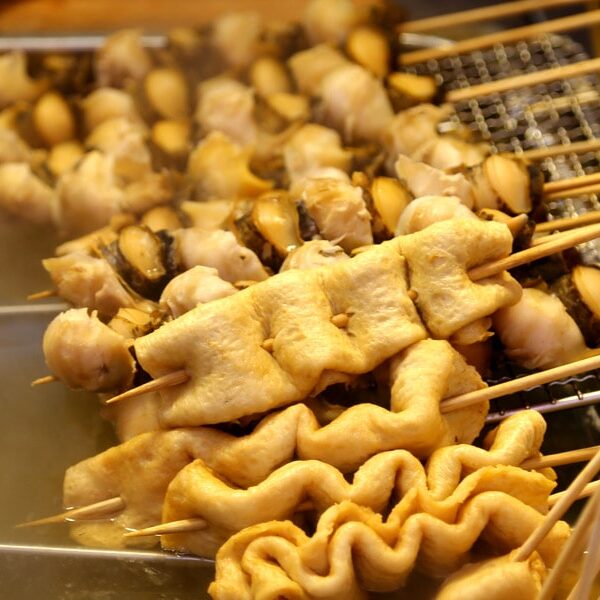
Why travel to a diverse country such as Korea and not embrace the local culture? Here are 10 of the best unique Korean experiences you can only enjoy fully in Korea. Be brave, try something new and create lasting memories of your Korean adventure.
Here are 10 of the best uniquely Korean experiences:
- Wear Traditional Korean Hanbok (Royal Palaces)
- Sing In A Korean Noraebang (Everywhere)
- Sleep In A Korean Hanok House (Hanok Villages)
- Visit The Kimchi Museum (Seoul)
- Eat Street Food (Traditional Markets)
- Experience A Korean Temple Stay (National Parks)
- Drink Makgeolli – Korean Rice Wine (Everywhere)
- Visit The World’s Most Dangerous Border – The DMZ
- Relax In A Korean Sauna (Everywhere)
- Visit A Korean Green Tea Field (Boseong, Jeju)

Here are 10 of the best Korean historic sights:
- Gyeongbokgung Palace (Seoul)
- The Secret Garden (Seoul)
- Bulguksa Temple (Gyeongju)
- Jeonju Hanok Village (Jeonju)
- Seoul Fortress Walls (Seoul)
- Haedong Yonggungsa Temple (Busan)
- Andong Hahoe Folk Village (Andong)
- Gyeongju Historic Area (Gyeongju)
- Baekje Historic Area (Gongju, Buyeo)
- Jangsaengpo Whale Museum (Ulsan)

Here are 10 of the best modern K-Culture spots:
- K-Pop Headquarters (Seoul)
- HYBE Insight (Seoul)
- COEX Artium (Seoul)
- K-Style Hub (Seoul)
- Hongdae Shopping Street (Seoul)
- Hallyu K-Star Road (Seoul)
- Asia Culture Center (Gwangju)
- Busan International Film Festival Square (Busan)
- MBC World Theme Park (Seoul)
As you’ll see, there’s just so much to see and do in Korea. You could spend a whole week in Seoul and not run out of exciting activities to do and sights to explore. Our advice is to try to avoid planning to do too many things in one day and adding in plenty of free time.
There’ll be many random things that catch your eye, such as a curious side street, or your nose, like the delicious smells from a food stall. Make sure you’ve got flexibility in your schedule to investigate these surprises and to take a rest if you need to – walking and traveling for days on end can get tiring.
Korea comes alive at night and markets and city streets are often best explored after the sun goes down. Drab concrete buildings come alive with neon signs, lanterns, and electric lights and are quite a sight to be seen. Visit popular tourist attractions such as the royal palaces and hanok villages during the morning as they’ll be less crowded.
If you plan to visit the Secret Garden in Changdeokgung Palace (you really should!), tickets are available on the day and sell out fast. Getting to these places early can guarantee you get tickets, see the sights unobstructed, and have time in the evening to soak up the night life and culture.
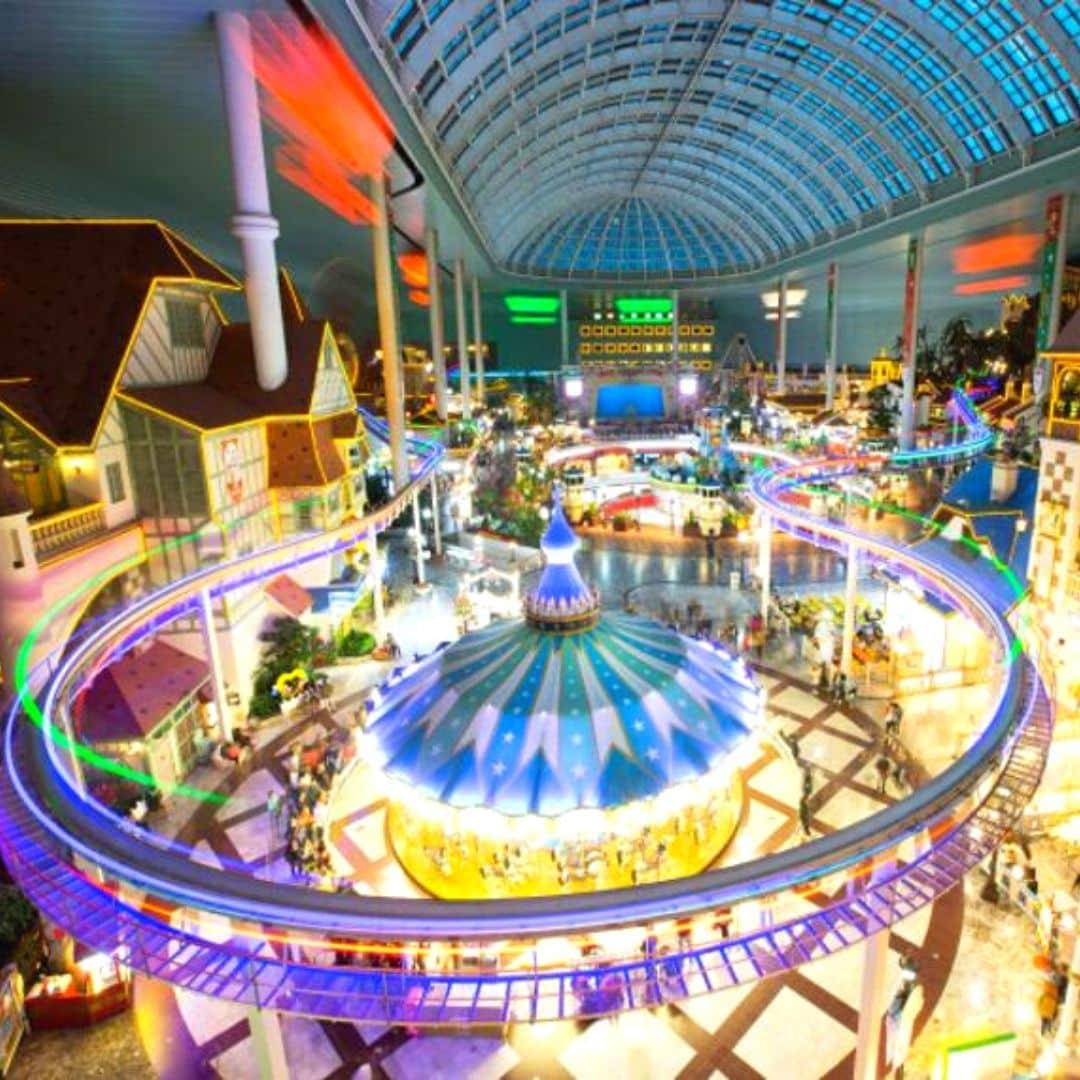
Here are the 10 best family-friendly activities in Korea:
- Nami Island & Garden of Morning Calm (Gapyeong)
- Seoul Grand Park & Zoo (Seoul)
- Lotte World Adventure (Seoul, Busan)
- Alive Museum & Dynamic Maze (Seoul)
- Seoul Children’s Grand Park (Seoul)
- Seoul Children’s Museum (Seoul)
- Everland & Caribbean Bay Theme Parks (Near Seoul)
- Sea Life Busan Aquarium
- Jeju Dinosaur Island (Jeju)
- Alpaca World (Gangwon Province)
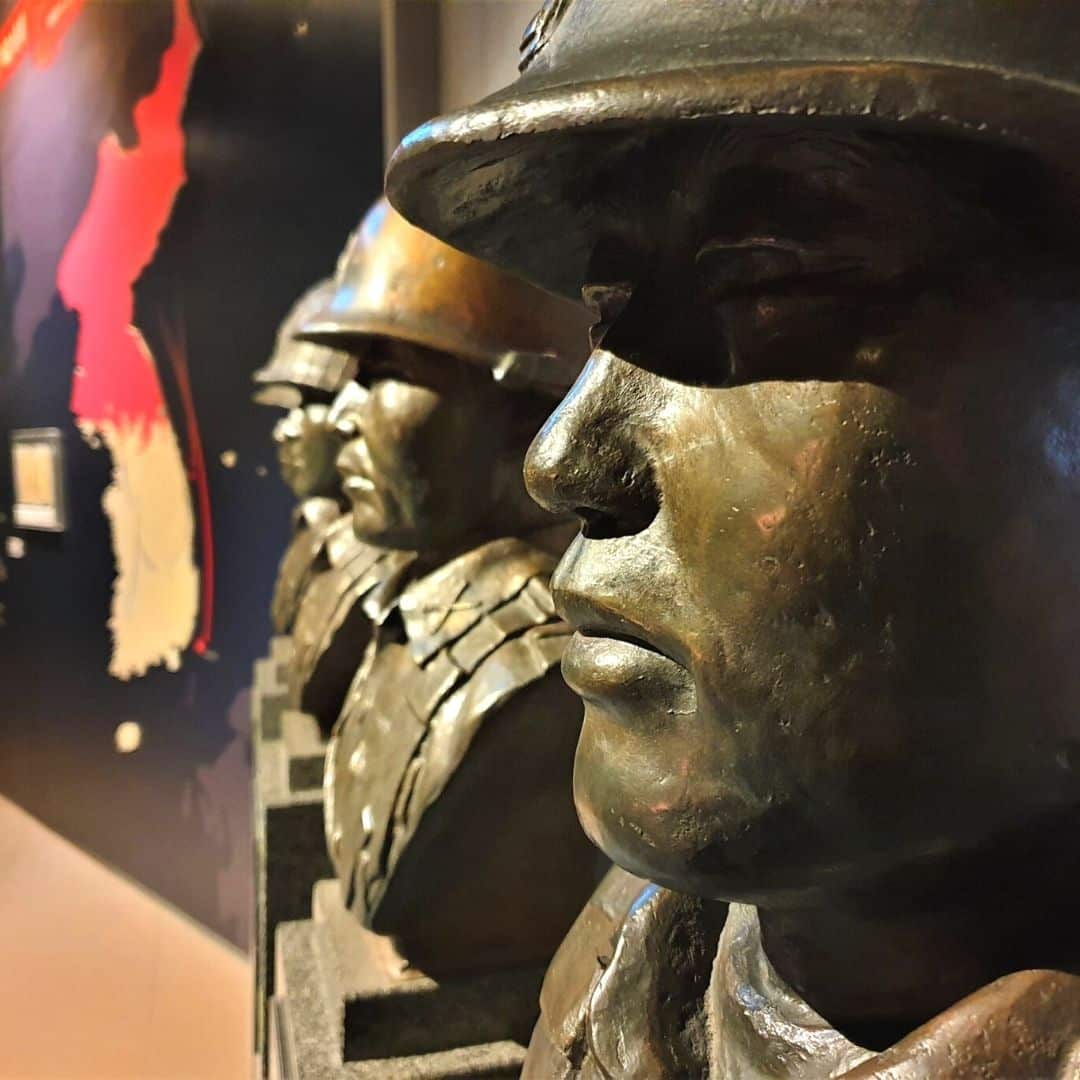
Here are the 10 best museums & galleries in Korea:
- National Museum of Korea (Seoul)
- Seoul Museum of Art (Seoul)
- Gyeongju National Museum (Gyeongju)
- War Memorial of Korea (Seoul)
- National Folk Museum of Korea (Seoul)
- National Maritime Museum (Busan)
- Seodaemun Prison History Museum (Seoul)
- Seoul Museum of History (Seoul)
- Museum Kimchikan (Seoul)
- Daegu Art Museum (Daegu)

Here are the 10 best cafe areas in Korea:
- Ikseondong Hanok Village (Seoul)
- Gyeongui Line Hongdae (Seoul)
- Samcheondong Cafe Street (Seoul)
- Jeonpo Cafe Street (Busan)
- Hwangnidan-Gil (Gyeongju)
- Gangneung Coffee Street (Gangneung)
- Sinsa-Dong / Garosugil Road (Seoul)
- Jukjeon Cafe Street (Seoul)
- Hwaseong Haenggung Area (Suwon)
- Kim Kwang Seok Gil Street (Daegu)

Here are 10 of the best Korean markets and shopping areas:
- Gwangjang Market (Seoul)
- Myeongdong Market Area (Seoul)
- Jagalchi Fish Market (Busan)
- Centum City Mall (Busan)
- IFC Mall (Seoul)
- Starfield COEX Mall (Seoul)
- Nambu Market (Jeonju)
- Seomyeong Underground Shopping Center (Busan)
- Seogwipo Maeil Olle Market (Jeju)

Here are 10 of the best natural sights in Korea:
- Hallasan Mountain (Jeju)
- Jirisan National Park (Jeollanam Provice)
- Seoraksan National Park (Gyeonggi Province)
- Seongsan Ilchulbong Sunrise Peak (Jeju)
- Damyang Juknokwon Bamboo Forest (Damyang)
- Boseong Green Tea Plantation (Boseong)
- Haeundae Beach (Busan)
- Udo Island (Jeju)
- Hwaamdonggul Cave (Gangwon Province)

Travel Itinerary For Korea
When planning a travel itinerary for South Korea, it’s best to think about what kind of experience you want when you travel to South Korea and build your itinerary from that. What kind of traveler are you and what do you want to take away from your Korea trip? Are you planning a trip for yourself, for your family, or as a romantic escape?
Do you want to learn about traditional Korean culture and history? Are you visiting to immerse yourself in modern Korean culture and maybe meet your idols? Are you planning to get out into Korea’s mountains to hike and join a Buddhist Temple Stay? Or are you going to eat, drink, shop, and make the most of Korea’s discounted goods? Or all of the above?
This section of this South Korea Travel Guide will offer some of the best one-week and two-week itineraries for South Korea. These itineraries are rough guides, created to help you begin planning your trip. Feel free to pick and choose the parts from them that you like to create your own travel itinerary for South Korea. We’ll be adding more great itineraries soon, be sure to check back for the latest ideas.
Classic 1 Week Itinerary For Korea: Seoul, Busan, Gyeongju
This is one of the most popular of the 1-week itineraries for South Korea and will take you to the most famous and interesting places that are top of most travelers’ South Korea bucket lists. Starting in Seoul, Korea’s capital, you’ll explore the best sights in this city before taking a day trip out to the lovely Gapyeong County to get a breath of fresh Korean countryside air.
From day 4, zip across the whole of Korea on the high-speed KTX train and explore Korea’s second city, Busan. See coastal temples, fish markets, wide beaches, and more in Busan before taking a day trip to Korea’s historic UNESCO World Heritage City, Gyeongju. On the last day, it’s time to return to Seoul to pack your bags full of the best souvenirs and snacks and say farewell in the highest part of the city.

Afternoon : Dressed in your hanbok, enjoy more traditional Seoul with a walk around the narrow streets of the Bukchon Hanok Village. Visit traditional Korean teahouses, galleries, markets, and more.
Evening : Check out the stalls and shops of artsy Insadong, contemplate Jeogyesa Temple, and take an evening stroll along the Cheonggyecheon Stream before dining in Myeongdong or the Jonggak Avenue of Youth. This Full Day Tour of Seoul will show you some of the hottest spots in the city, while this Customized Private Tour of Seoul will allow you to choose where to go.
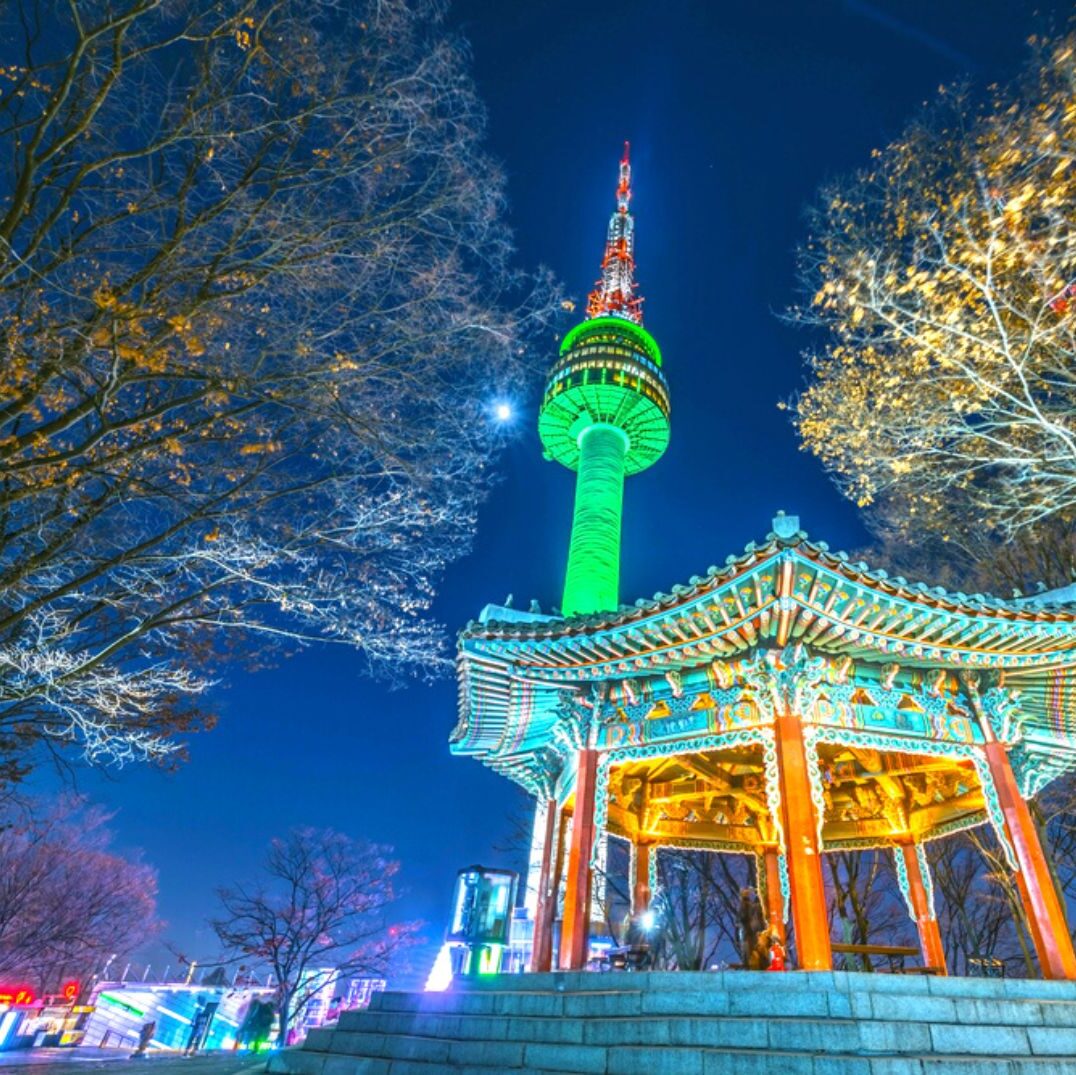
Afternoon : Head back to central Seoul and witness the bustling sights and delicious smells of Seoul’s traditional Gwangjang and Dongdaemun Markets. Try delectable Korean street foods here.
Evening : Take the Namsam Cable Car to the top of Namsan Mountain and watch the sunset from N Seoul Tower. See some of Seoul’s fortress walls before heading back down to go late-night shopping at Myeongdong Market.
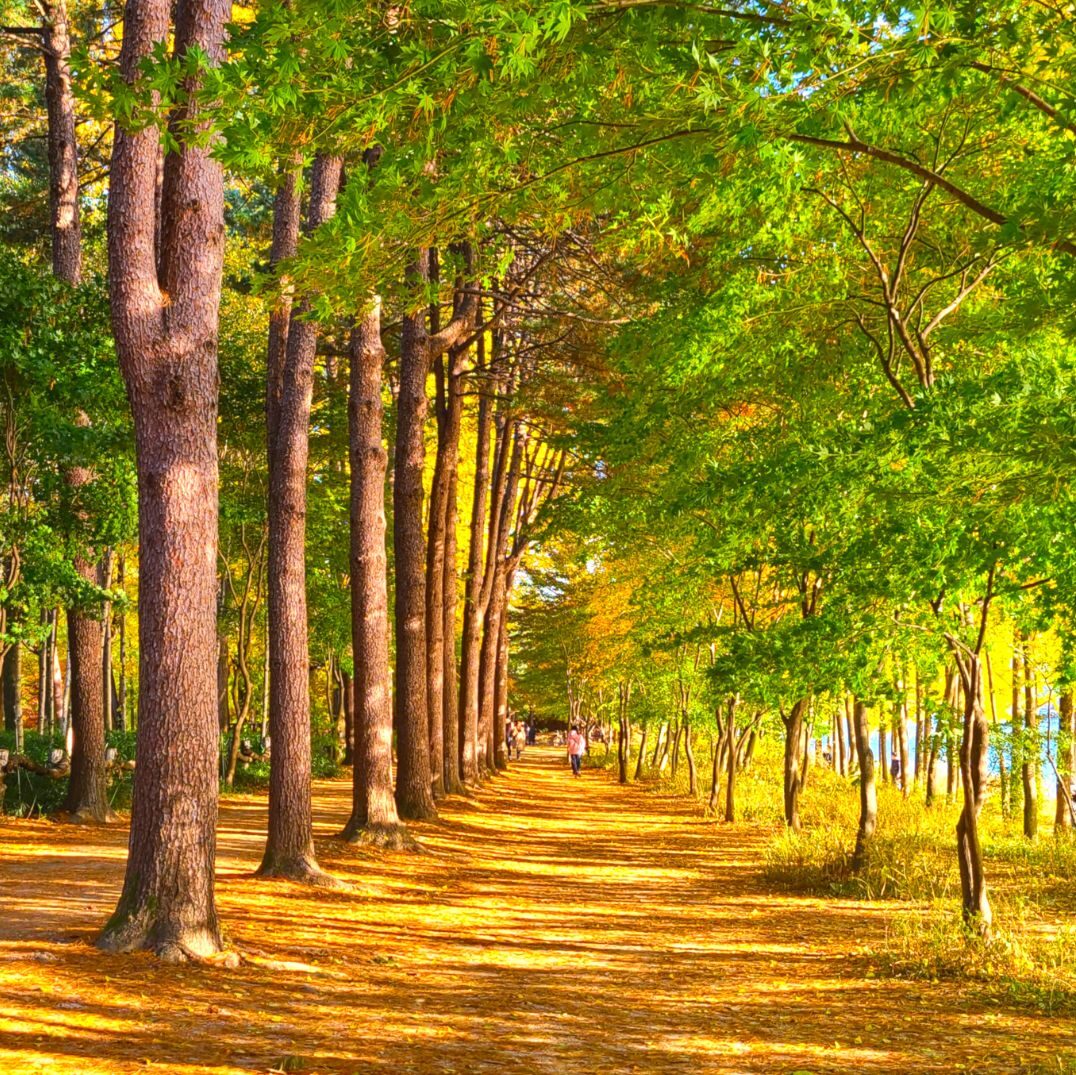
Afternoon : Zip line or sail over to Nami Island for impressive nature, bike rides, leafy walks, and cozy cafes. See popular scenes from K-dramas and even some wild animals, like deer and rabbits.
Evening : Pedal your way along an abandoned railway at the Gangchon Rail Bike Park before heading back to Seoul for fine dining in Gangnam’s Apgujeong Rodeo district.
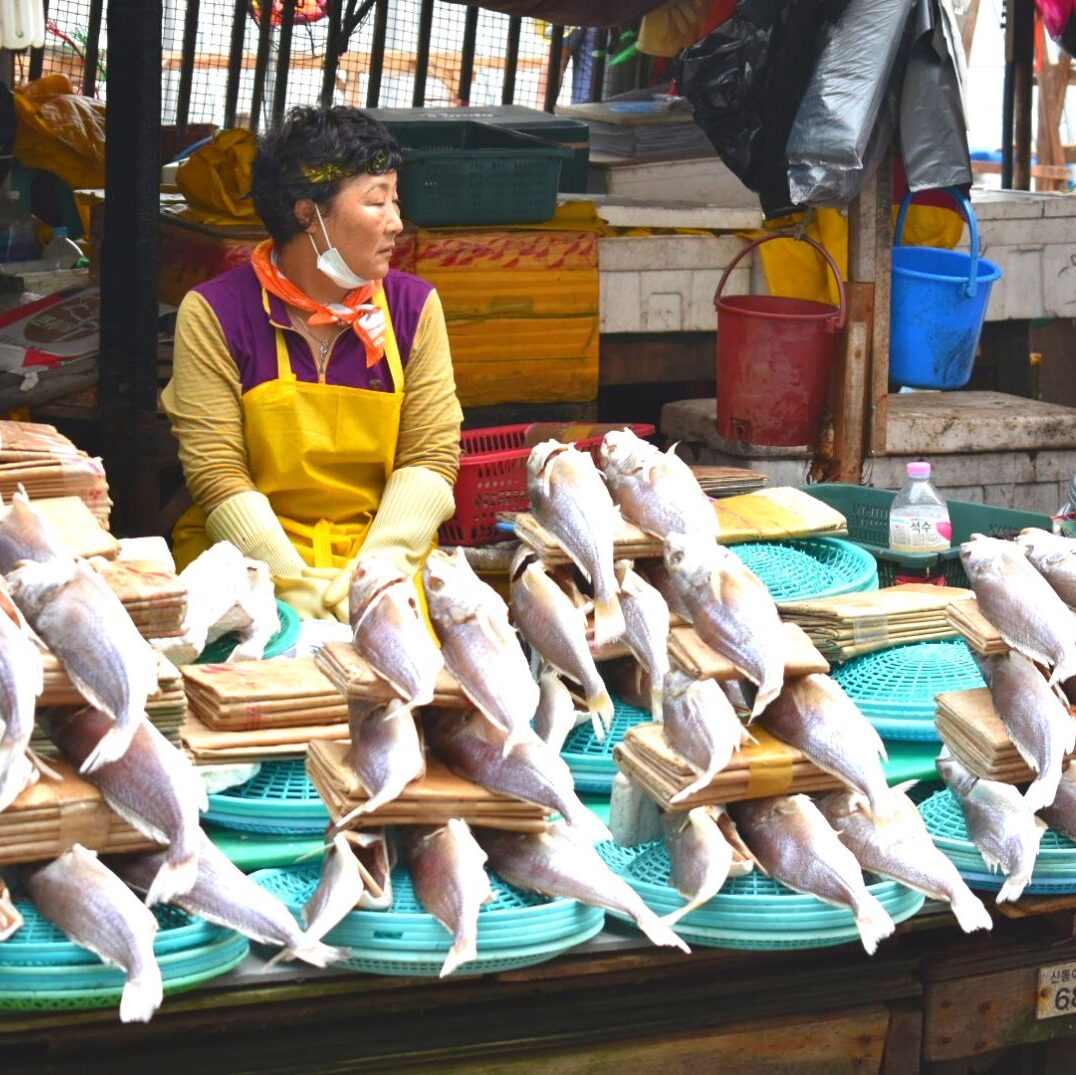
Afternoon : Head to the Nampo-dong near Busan Station and visit Jagalchi Market for a fresh seafood lunch. Then explore cosy Bosu-dong Book Alley or take a taxi to the Huinnyeoul Culture Village.
Evening : Take the subway up to Haeundae Beach for Busan’s best night-scenes. Grab dinner overlooking the beach, or at one of the market stalls. If you’re feeling brave, visit BUSAN X the SKY to see breathtaking views over the coast and city.

Afternoon : Head to the Gyeongju Gyochon Traditional Village for a traditional meal and to see the stunning Woljeonggyo Bridge. Gyeongju National Museum is nearby, too.
Evening : See the tranquil night views of Wolji Pond where palace buildings reflect perfectly in still waters. Stop at Hwangnidan-gil area for dinner and drinks before returning to Busan.
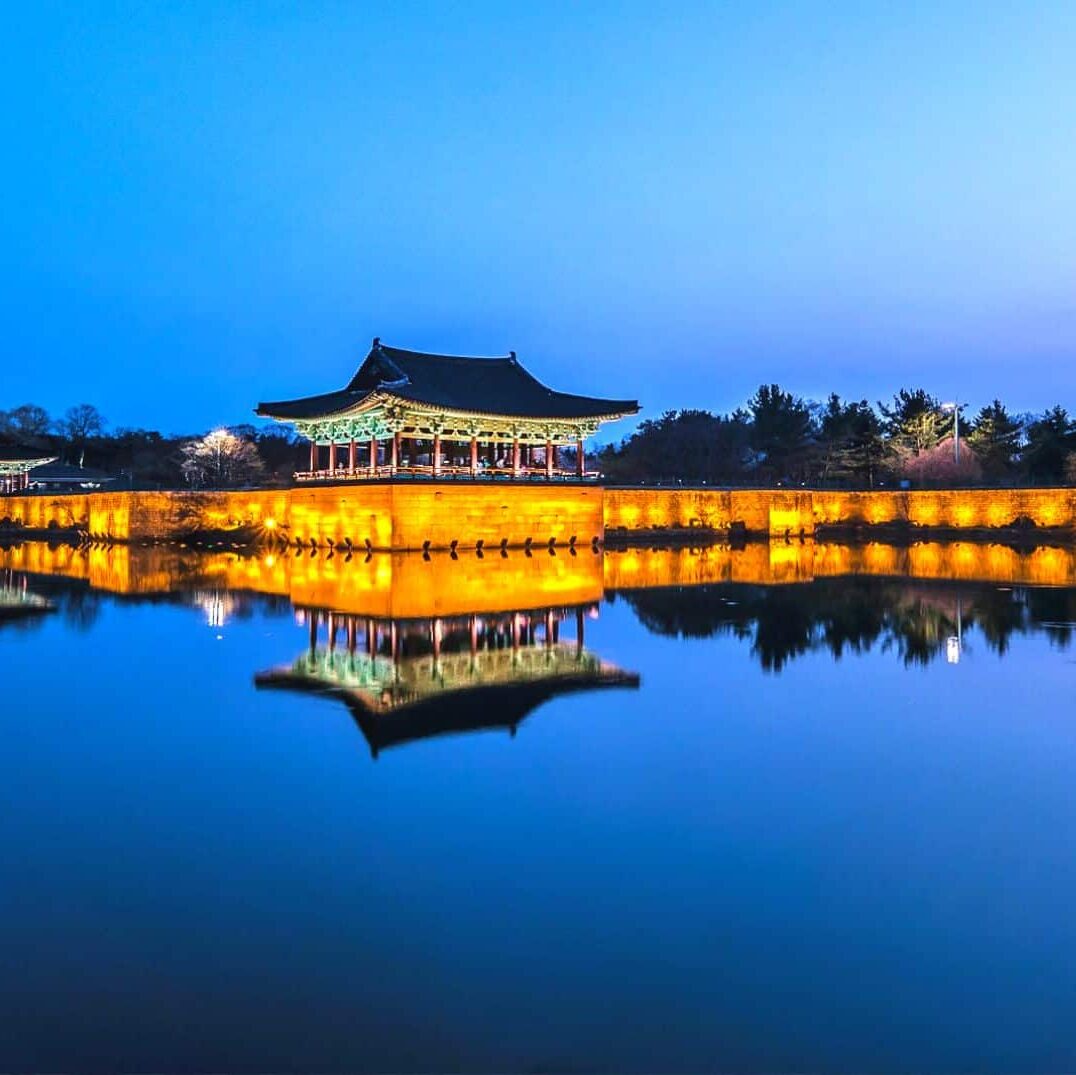
Afternoon : Explore the artistic shopping streets of Hongdae for last minute souvenirs and gifts for yourself. Take a break in one of the unique animal or artsy cafes.
Evening : Either take a night cruise along the Han River from Yeouido Hangang Park or dine in style at the Lotte World Tower in Jamsil, the world’s 6th tallest building. Both offer great night views of Seoul and unforgettable memories to take home.

Korean Seasons Guide
The best time to visit South Korea is during the warm spring or fall seasons. The weather is mild and clear, there’s a range of festivals and seasonal activities to enjoy, and you can travel to Korea comfortably.
The best months to visit are April, May, September, and October. These months are all during the Korean school semester, so there won’t be as many local travelers around during the weekdays. However, expect the weekends to be busy as people leave the cities to travel within Korea.
Large public holidays, including Chuseok (mid-autumn festival) in September / October) and Buddha’s Birthday (May), provides travelers with the opportunity to experience Korean culture and celebrations. These holidays change each year based on the lunar calendar.
Korean Weather & Climate
South Korea is a country that experiences four very distinct seasons, with temperatures ranging from 100 Fahrenheit in the summer to below 0 Fahrenheit in the winter. Each of South Korea’s seasons brings opportunities to see unique natural views and enjoy the different climates in Korea.
Spring has some of the gentlest weather, with light rain and a quick jump in temperature to the 60s and 70s by late March. Summer begins with the rainy season in late June and becomes extremely humid and hot throughout July and August before cooling again in September.
Fall has the best weather in Korea, with many warm, sunny days. Cold winter weather appears very quickly in mid-November and the first snow usually appears by late November. Winter is dry and sunny with the lowest chance of rainfall but is also very cold. Snow isn’t constant, but can fall for several weeks on and off during winter.
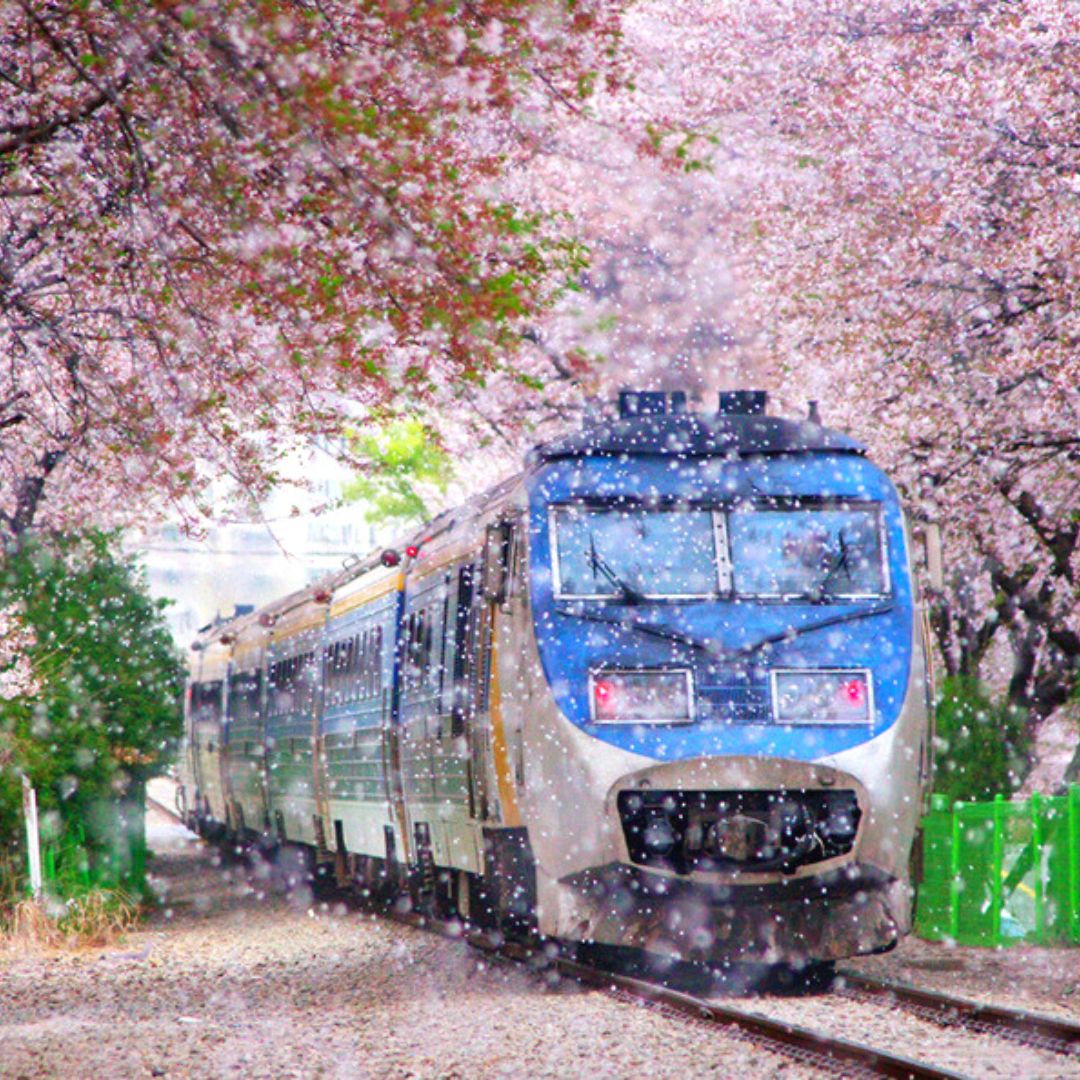
Visiting in spring offers the chance to see beautiful cherry blossoms stretch across the country, as well as many other spring flowers that brighten up Korea after a cold winter.
Spring starts in late March with the awakening of the cherry blossoms and ends in early June with the start of the rainy season. South Korea is a country with a close connection to nature, which can be witnessed in the many spring festivals and celebrations that happen throughout the year.
Some of the best spring festivals include the Jinhae Cherry Blossom Festival, Damyang Bamboo Forest Festival, Yeon Deung Hoe Lotus Lantern Festival, Jindo Sea Parting Festival, and Boseong Green Tea Plantation Festival.

The weather in summer is perfect for getting outside and relaxing on one of Korea’s many beaches. Some of the best activities include spending a weekend camping or glamping by the beach, hiking in shaded valleys in the national parks, and water sports such as surfing, kayaking, and scuba diving.
Unfortunately, the heat may put off some travelers, and high humidity makes it uncomfortable to move around too much. Fortunately, Korea is a modern country with lots of air-conditioning and ways to deal with the hot weather, including delicious summer dishes.
Cool down with a bowl of Korean bingsu (shaved ice dessert) or a cool latte in one of the many cozy Korean cafes in popular beach destinations.

Travelers to Korea in the fall are treated to spectacular fall foliage creeping far and wide. You can see it falling on palace grounds, sprawled on mountains in national parks, and along city streets.
The start of the fall foliage season in Korea coincides with the end of the hot and humid summer, with clear skies and cool weather, making it the perfect time to travel in Korea. Like spring, the fall season in Korea is one of the festivals and celebrations.
The Chuseok holidays in late September / early October are the biggest public holidays of the year, with cultural events held in popular tourist destinations. There’s also a range of cultural festivals, such as the Andong Mask Festival, Baekje Culture Festival, Jinju Namdang Yudeung Lantern Festival, Jeonju Bibimbap Festival, and the Seoul Kimchi Festival.

Winter, like summer, has more extreme weather than spring and fall, with temperatures often in the 20s and 30s and below. This season, however, is also one of the best for travelers who want to see clear, blue skies and experience good weather.
Winter is the driest season and it very rarely rains. If you don’t mind the cold weather, it’s perfect for traveling around South Korea. One of the biggest draws during winter is the chance to see snowy Korean landscapes, from snow-bedecked royal palaces to frosty peaks atop Korea’s many mountains.
Winter sports are popular in Korea, with ski and snowboard resorts aplenty. Winter also offers the chance for family fun with winter attractions including sledding, winter illuminations, and Christmas parades.

Cost To Travel To Korea
The cost to travel in South Korea largely depends on your personal style of travel. You can travel on a low budget in Korea, for under $50 per day, or you could also travel for 10 times that amount if you wished to.
Food costs range from a few dollars for a bowl of jajang (black soybean) noodles to hundreds for premium hanwoo (Korean beef) steak. The same applies to accommodation, with budget hostels costing $10 per night and premium 5 stars hotels costing hundreds.
Most travelers to Korea will already know what they want to prioritize their spending on. Some travel to Korea to eat, others to shop, and many more to experience the unique culture and history that Korea has to offer.
The costs in this section of our South Korea Travel Guide are based on the latest costs in Korea from this year. Examples of different costs have been covered to give you an idea of what to expect when you try to budget.
Please note, these prices are based on traveling in Seoul during non-peak times. Prices may be higher in peak times, which include cherry blossom season (Apr) and fall foliage season (Oct). Popular tourist cities, such as Gyeongju and Jeonju, may also have higher prices on weekends.
How Much Does It Cost To Travel In South Korea?
Travelers may find they want to spend more on hotels and less on eating out, or vice-versa, so don’t feel like you have to only follow the costs for one section. This is only a guideline to help you plan based on your own personal preferences.
To make it easier to figure out your expected costs to travel in Korea, this South Korea Travel Guide has broken down the costs into 3 different categories. These categories loosely fit 3 different types of travelers, as described below:
- Accommodation: $200+ per night, per room (double)
Korea has a wide range of luxurious hotel options, including rooms in the Lotte World Tower, historic hanok houses, and glamping for those who want to escape to the countryside.
- Food & Drink: $100+ per day, per person
It’s easy to spend a lot on food and drink in Korea as there are so many delectable restaurants. Fresh seafood, Korean steak, or the finest foreign foods are all available.
- Transportation: $20+ per day, per person
Taxis and transportation are relatively cheap in Korea. A taxi journey across Seoul can cost less than $20 for 30 minutes and even the 1st class options on Korea’s high-speed trains are under $100 for the longest journey (Seoul to Busan).
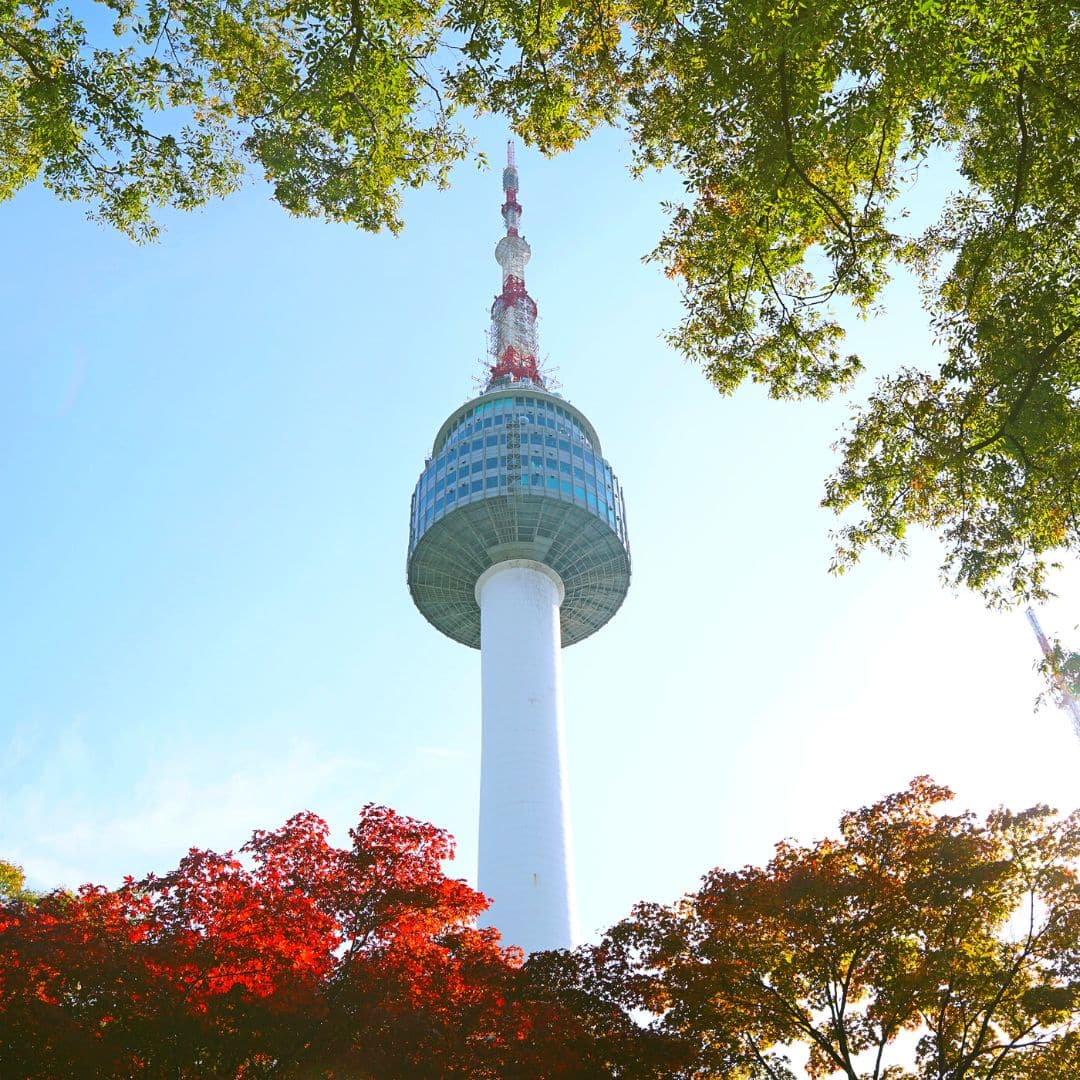
- Accommodation: $100 ~ $200 per night, per room (double)
You can book 4-star hotels in Seoul for very reasonable prices and enjoy both comfort and lower prices than you’d find at home. Korea has a wide range of comfortable mid-priced hotels.
- Food & Drink: $50+ per day, per person
With all-you-can-eat Korean restaurants that serve unlimited Korean BBQ and other dishes for under $20 or $30 per person, it’s easy to enjoy the best food Korea has to offer without breaking the bank.
- Transportation: up to $15 per day, per person
Use the subway and buses to get around the big cities and trains to travel further around Korea without breaking the bank. You can even splash out on a taxi and pay only a few dollars per person when traveling as a group for a few dollars extra.
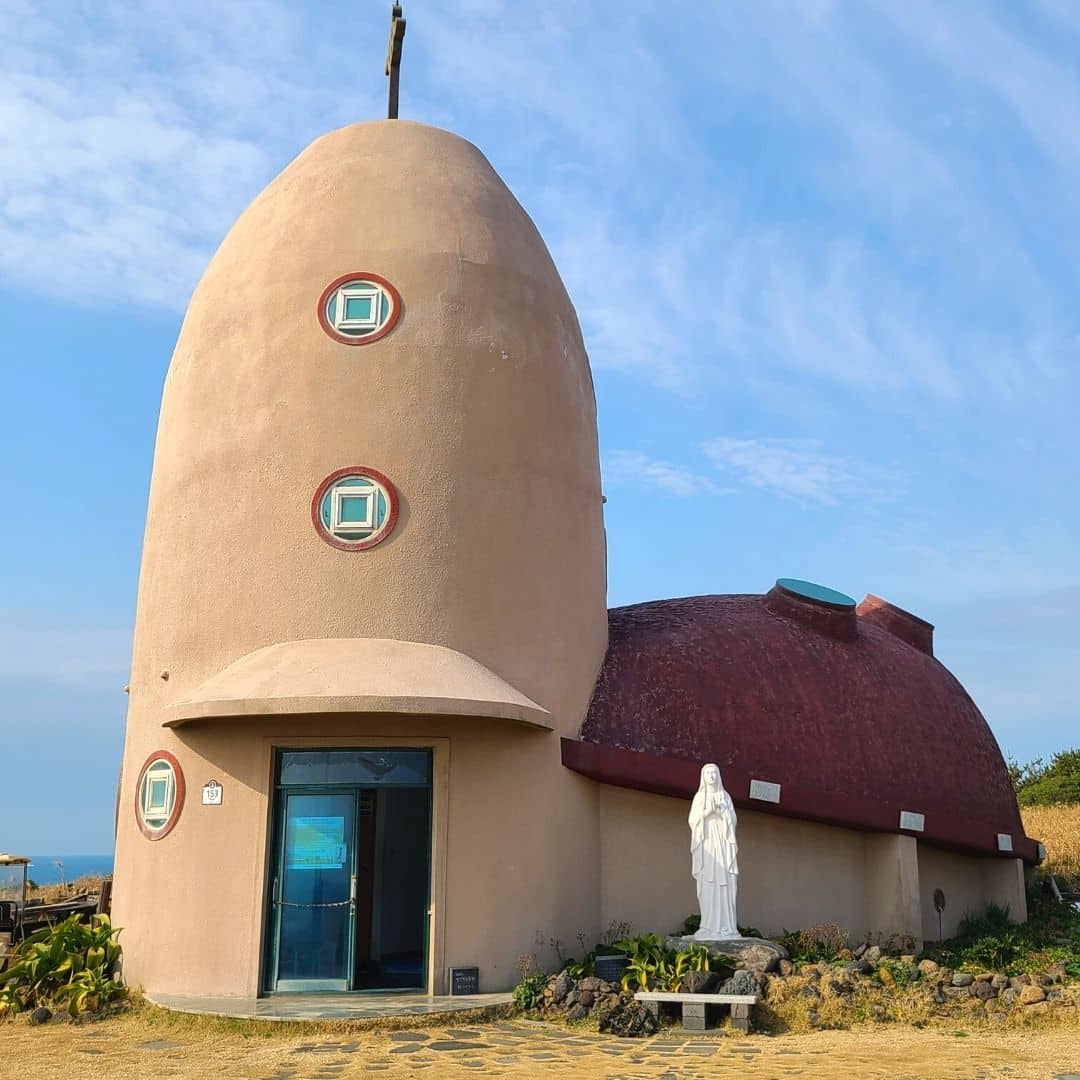
- Accommodation: up to $100 per night, per room (double)
Hostels and guesthouses can be found for under $50 per night and are perfect for somewhere to rest and recharge. If that’s all you need, save money here and spend it elsewhere.
- Food & Drink: $20 – $30 per day, per person
If you budget well and stick to street food, free hotel breakfasts, and convenience store foods, you can eat well and still have enough to splurge on good food for dinner.
- Transportation: up to $10 per day, per person
Walking and buses are cheap and convenient ways to travel around Korea’s biggest cities. Traveling from city to city is also cheap, with intercity buses costing less than $10 for 1-2 hour journeys.

Further Costs To Travel In South Korea
Besides these everyday costs to travel in South Korea, there are other costs that you’ll need to cover from time to time. These costs include internet & phone access, day trips, activities, souvenirs, travel insurance, and flights. These costs will be broken down into low and high-end costs that you can expect to pay in Korea.

Museums and galleries offer unique (and authentic) Korean souvenirs such as pottery, painting, tea & soju sets, and more. If you want something a bit more special, head to the underground markets near Gwangjang Market in Seoul and get your own handmade hanbok, which you can get posted back home to save luggage space.
- Small Souvenirs: $5+
- Korean Cosmetics: $5+
- Korean Artworks: $10+
- Korean Tea (box of): $10 to $20
- Korean Soju Set: $10 to $20
- Korean Handcrafts: $10+
- Tailored Hanbok: $200+
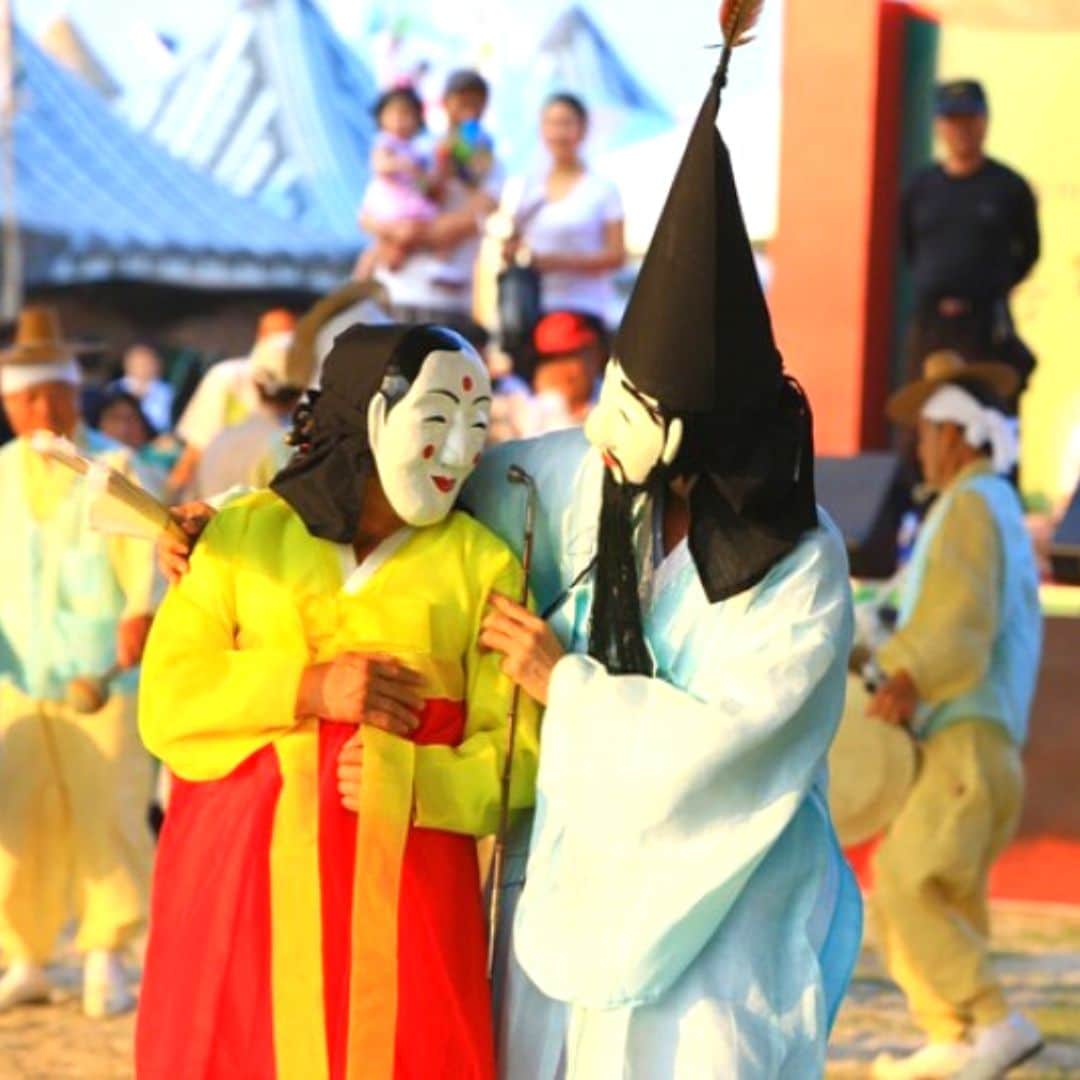
The day trip prices quoted below are the prices you can expect to pay with a reputable tour company like Klook or Trazy . Hiring a private guide will be a lot more expensive and might come to $200+ per day.
Please note: The prices quoted below are estimates and may change depending on the season or tour services.
- DMZ Tour – $50 to $120
- Nami Island Area – $40 to $70
- Everland Theme Park – $30 to $50
- Jeonju Hanok Village – $50 to $70
- Korean Folk Village – $50 to $60
- Seoraksan Mountain – $70 to $150
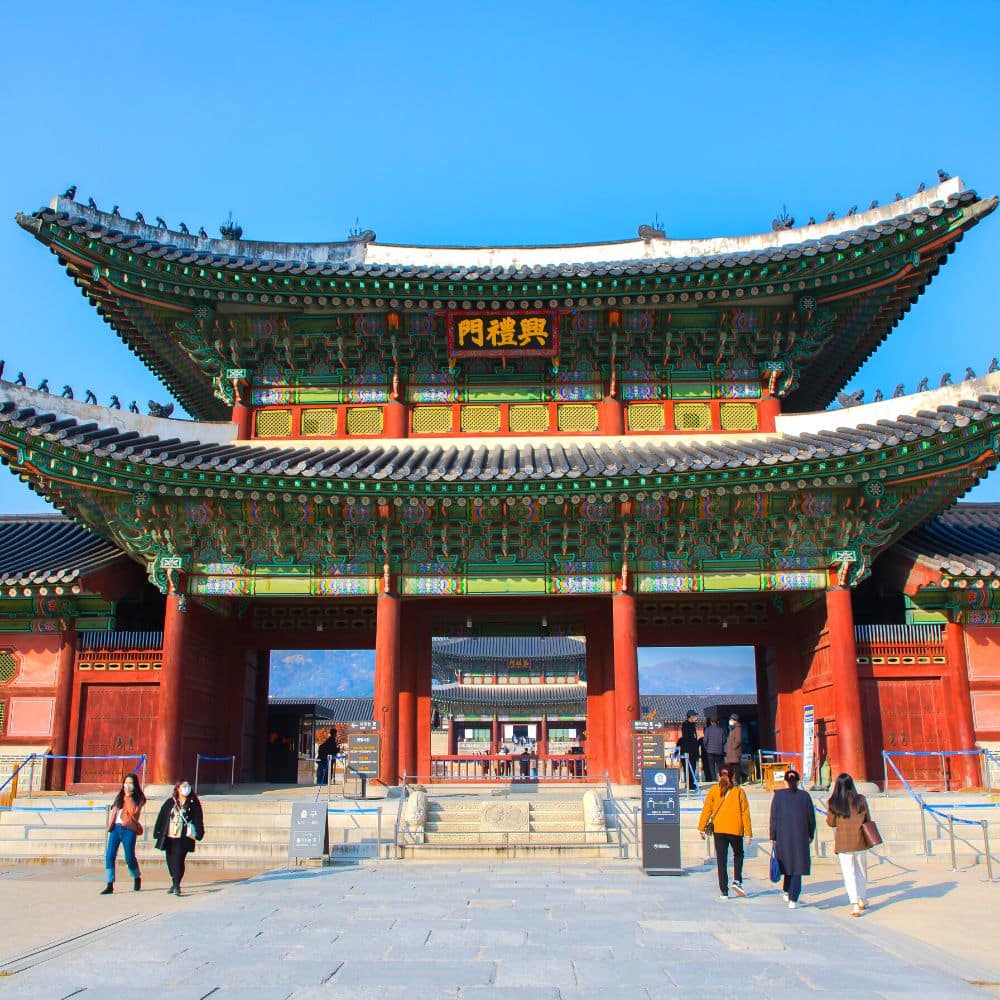
As mentioned earlier in this South Korea Travel Guide, buying a Discover Seoul Pass is a great way to save money on Seoul’s premium attractions.
- Royal Palaces – $3
- N Seoul Tower – $10
- Hanbok Rental – $10+
- Seoul City Tour Bus – $10
- Han River Cruise – $15 to $30
- Seoul Sky Observatory – $30 to $50
- Aquariums – $20 to $30
- Seoul Zoo & Seoul Grand Park $10
- Amusement Parks – $30 to $40
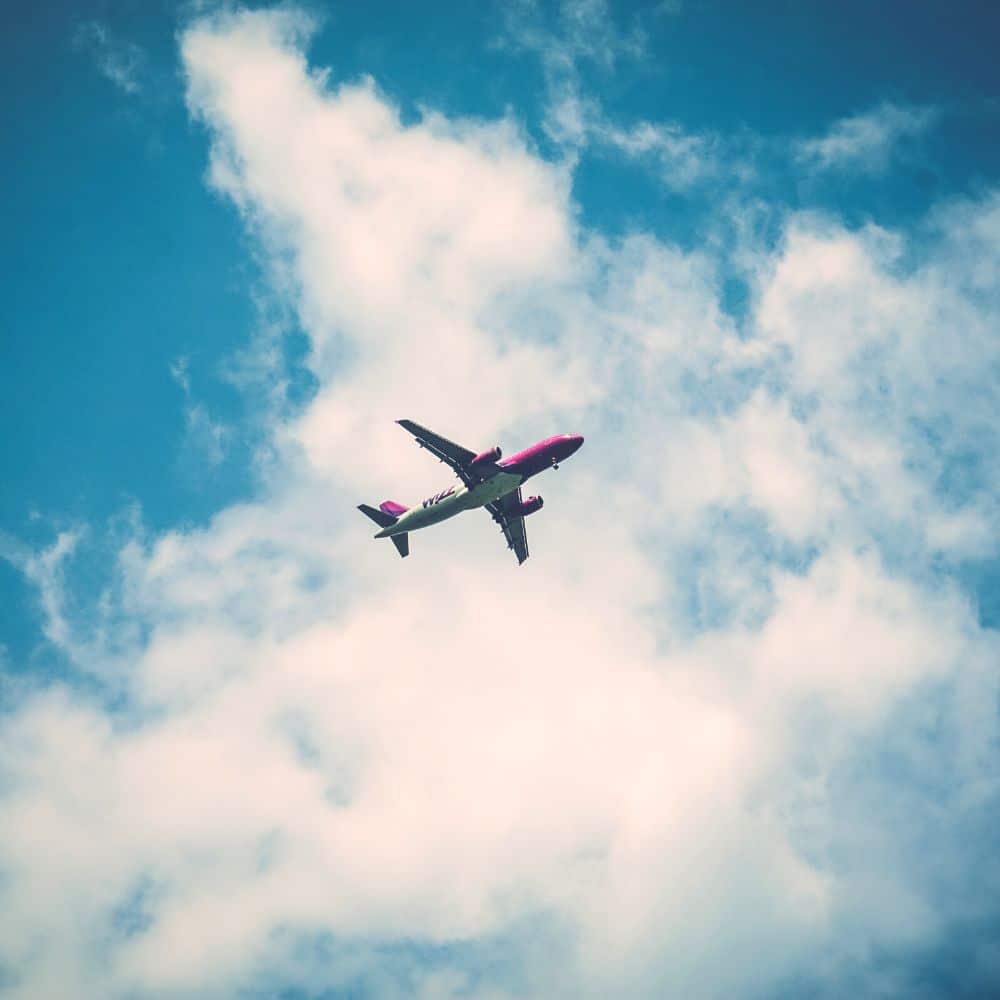
The cost to fly to Korea is more than twice the normal price right now. Fortunately, Korea ended the restrictions on the number of flights into the country from June 2022 and flight costs and availability should be improved in the near future.
Best of Korea recommends Skyscanner and Expedia for the best flight deals to Korea.

Why Travel To South Korea?
In recent years, travelers from around the world have been increasingly drawn to South Korea. The country is a must-see destination in Asia, with more than 17 million travelers in 2019. After reading this South Korea Travel Guide, you’ll understand what draws so many people to the Land of The Morning Calm, as Korea is also known.
There are myriad reasons why people visit Korea. Many come to experience life in a unique country, packed with historical and cultural sights that you won’t find elsewhere in the world. In the afternoon you can walk through a royal palace dressed in hanbok (traditional Korean clothes), sip green tea in a hanok (traditional Korean house), and pass Buddhist monks walking peacefully through an ancient temple.
Modern South Korean culture is conquering the world, with chart-topping acts that include BTS and Black Pink, Oscar-winning movies like Parasite, and phenomenally successful TV shows like Squid Game. This brings in legions of fans flocking to shooting locations and film sets to relive their favorite K-Culture moments. Some lucky travelers even get to catch sight of their favorite K-Stars walking around Gangnam, a hotspot for Korea’s most famous citizens.
Not only is Korea a beautiful country, it’s a country that will make you beautiful, with some of the world’s best fashion and beauty shops. Korea is famous for its K-Beauty products and is a beauty and fashion shoppers paradise. From the street fashions of Hongdae, to the luxurious fashion malls of Gangnam, and the wall-to-wall malls with discount clothes in Dongdaemun, you’re guaranteed to find something you can’t resist at a great price. If you prefer a cultural shopping experience, there are traditional markets all over Korea, where you can experience street food, buy novel gifts, and see how locals live and socialize.
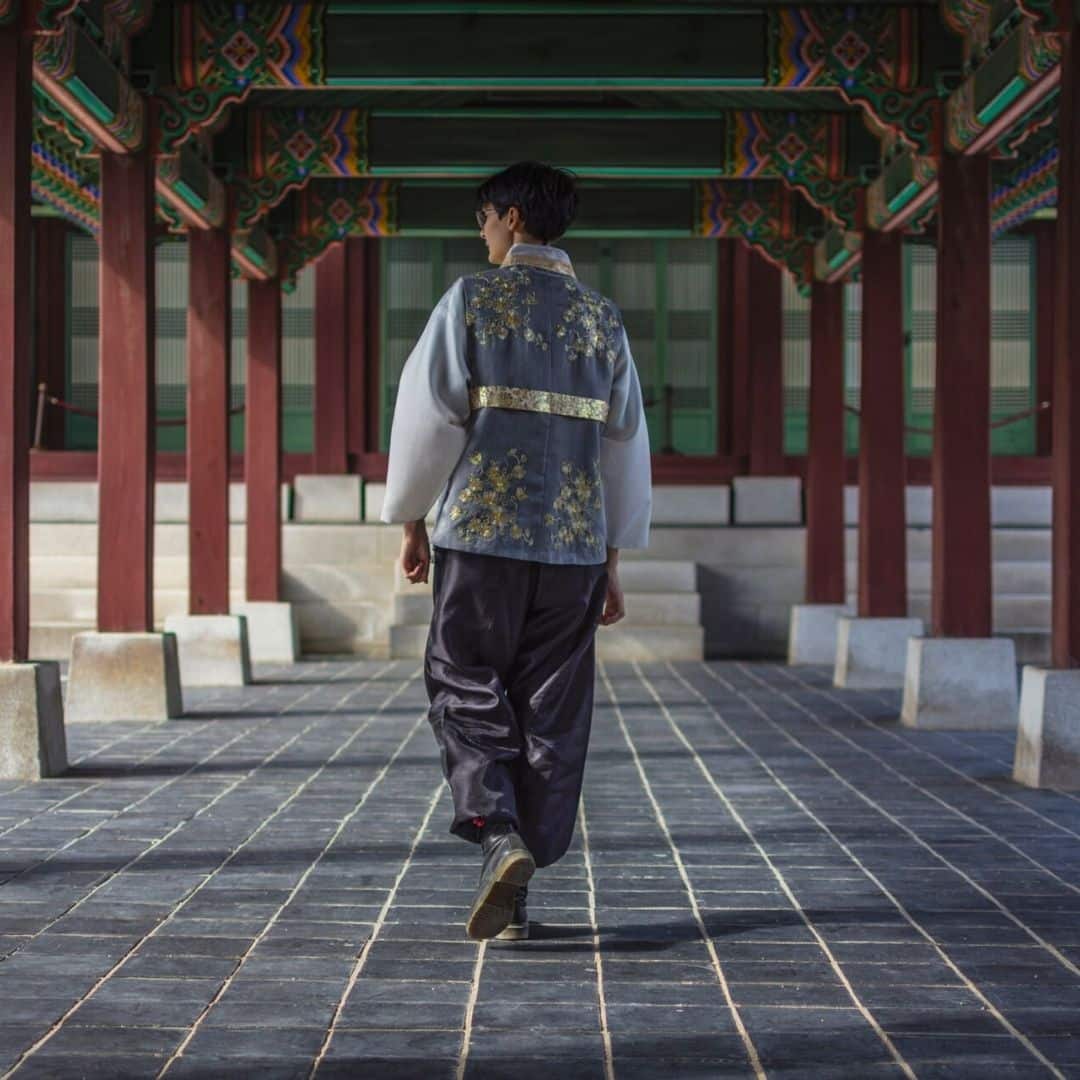
There’s so much more to South Korea than what you’ll find in the cities, however. South Korea, a country that’s 70% mountainous with coasts on three sides, offers so much to nature and adventure lovers. Hiking, South Korea’s national pastime, is a popular way to see more of the Korean countryside, looking down over rice fields, forested valleys, and pockets of urbanization. Skydiving, parasailing, scuba diving, water sports, cycling, rock climbing, white water rafting, and lots more are on offer and very reasonably priced. South Korea is a great place to enjoy the great outdoors.
The real jewel in South Korea’s natural crown, however, has to be Jeju Island – one of the New 7 Wonders of the Natural World. Explore lava caves, hike to the peak of the central dormant volcano (Hallasan Mountain), trek around the rugged coast, relax on a sandy beach in a modern cafe, and even try your hand at horse riding.
Whatever your reason to travel to South Korea, you’re sure to find more and more reasons to return again and again. Let this South Korea Travel Guide whet your appetite for your first trip, inspire you to plan a follow-up trip, and guide you to the best things to see and do in South Korea.

South Korea Travel Guide FAQs
Not sure about the South Korea travel restrictions and want to know more about visas, vaccinations, and what the rules are? This next section covers some of the most frequently asked questions about traveling to Korea now. If you have more questions that aren’t covered below, feel free to write to us on the Best of Korea Facebook page.
Do I need a visa to travel to South Korea?
US citizens and tourists from 111 other countries, including Canada and Mexico, don’t need a visa to travel to South Korea. The US government and South Korea have a visa-free travel arrangement and tourists can stay for up to 90 days.
What happens when I arrive in South Korea?
From September 2022 onwards it is no longer necessary to provide any vaccination status or take any PCR or RAT tests. A mandatory health check will be required, but this is only a simple form you can fill in on arrival.
What happens if I get a positive PCR result?
If you test positive for COVID-19 while in Korea, you will need to quarantine for 7 days at government facilities. Travelers who break the quarantine rules are subject to deportation or fines.
Can I travel to Korea if I'm unvaccinated?
Yes, you can still travel to South Korea if you’re unvaccinated. South Korea no longer restricts travel based on vaccination status (as of October 2022).
However, if a traveler (vaccinated or unvaccinated) tests positive for COVID-19 in Korea, they will have to self-quarantine until negative.
South Korea is a dynamic and culturally rich country that deserves a place on everyone’s travel bucket list. Known for its stunning blend of tradition and modernity, Korea features futuristic technology, bustling markets, and a thriving pop culture scene. Perhaps most importantly, visitors can expect a high level of safety and cleanliness while exploring the country and savoring its delicious cuisine.
This South Korea Travel Guide shows you where to go, what to see, and when to travel. Start your journey with itinerary ideas and pre-travel tips, the best day trips, and lots more essential Korean travel advice. Let’s go!
LATEST KOREA TRAVEL UPDATES
How to travel to korea, best destinations in korea, where to stay in seoul, korean travel tips, things to see & do, travel itineraries for korea, korean season guide, cost to travel to korea, further costs to korea, why travel to korea now, south korea travel faqs.
6/1/23 From June 1st, 2023, there is no longer any mandatory quarantine for COVID-infected people in Korea – both locals and travellers. The Korean government now recommends that infected people showing symptoms should self-isolate (voluntarily) for 5 days.
4/1/23 From April 1st, 2023, travelers from the USA and 21 other countries no longer need to apply for the K-ETA to travel to Korea. This will run until 31st December, 2024 and is designed to make it easier to travel to Korea.
3/20/23 From March 20th, 2023, the indoor mask mandate has been removed for public transport, including buses, trains, subway, taxis, and flights. The only remaining mask mandate is for medical facilities, including hospitals, care homes, and pharmacies.
How To Travel To Korea
Current Travel Restrictions For South Korea 2023
If you’re suspected of infection when you arrive (high temperature, feverish signs), you may be asked to take a PCR test. PCR tests are now free for travelers suspected of being COVID-19 positive within the first 3 days of arrival. This South Korea Travel Guide is regularly updated with the latest Korean travel restrictions.
Requirements To Travel To Korea
Here’s a simple 2-step guide about how to travel to Korea right now. Most restrictions have been lifted so travel to Korea is easier than ever. This applies to travelers from the US, Canada, and many other countries . As mentioned, it doesn’t matter whether you’re vaccinated or not.
Check the Korean Embassy if you’re not sure in either situation.
- When you travel to Korea, you will be asked to complete a self-check health questionnaire to show you’re not sick. You can do this when you arrive or complete it before you depart on the Q-Code website .
- You don’t need to do any testing before you fly, but it is a good idea to take a self-test to make sure you’re safe. If you’re infected in Korea, it’s necessary to do 7 days self-quarantine. You don’t need to bring copies of your vaccination records but printing a copy of the K-ETA is recommended.
No, travelers from the USA don’t need a tourist visa to enter South Korea. You can visit for up to 90 days visa-free. However, you must apply for the K-ETA before traveling and upload your travel plans and hotel details.
Here are 6 of the best destinations in Korea that you absolutely must visit, as well as some of the sights you’ll want to check out while you’re there. We’ll be bringing you lots more detailed destination guides in the future, so be sure to visit again soon

This Full Day Tour of Seoul will show you some of the hottest spots in the city, while this Customized Private Tour of Seoul will allow you to choose where to go.

Korea is a unique country with a written language that looks nothing like English, interesting Korean Cultural And Etiquette Rules , and an always busy lifestyle. Travelers may be lost trying to do even the simplest things.
If you’re traveling to Korea, you’re almost certainly going to want to get access to the internet to help you navigate, translate Korean, or even book tickets to attractions. Korea has one of the world’s best mobile internet and the prices are very reasonable. 5G mobile internet services are available across the country and Korea was one of the first to get the super-fast service. You won’t have problems connecting with a sim card or WiFi router when you travel
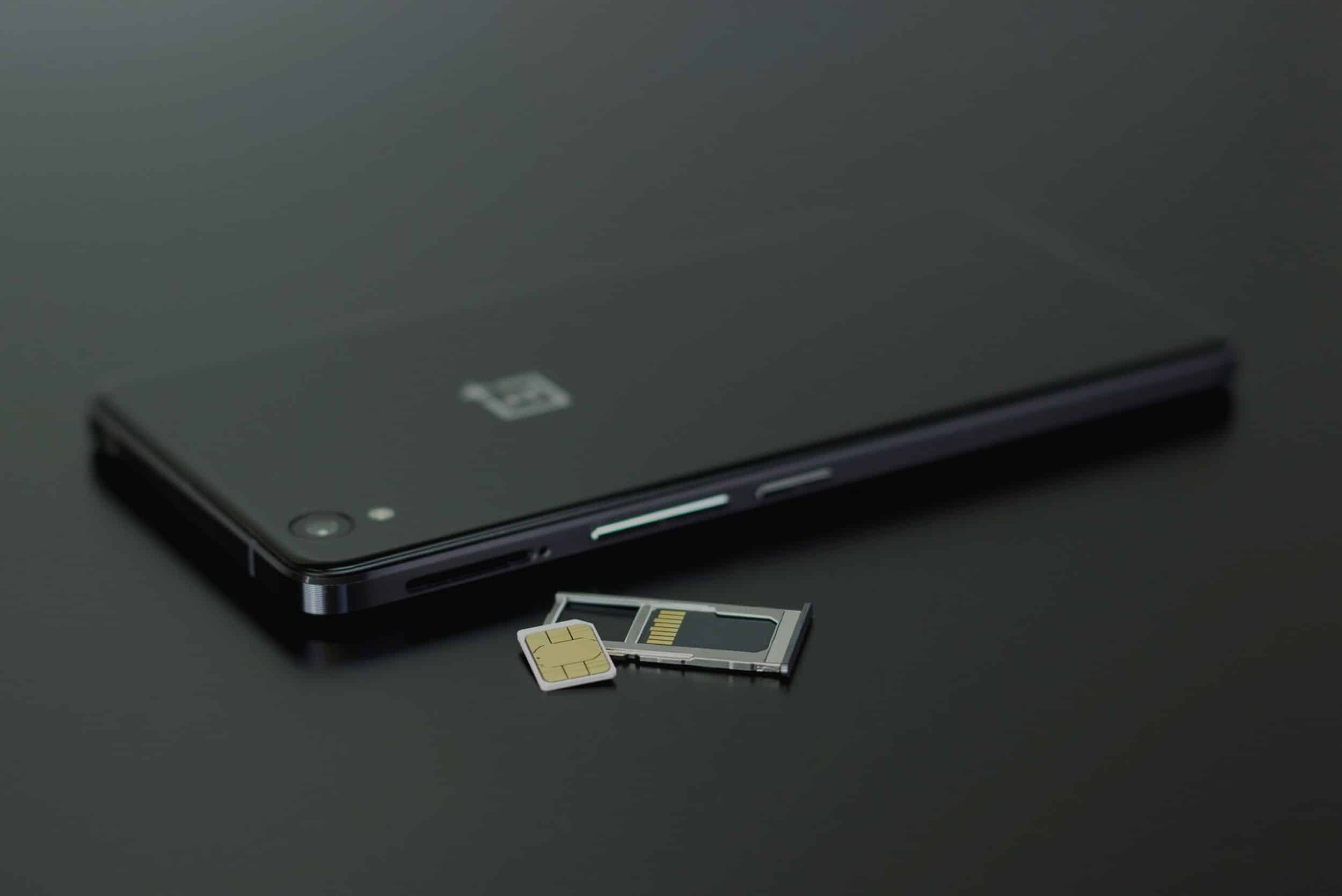
Traveling to any country involves potential scams, bad exchange rates, mistakes, and confusion when it comes to dealing with foreign currency. Fortunately, travelers to Korea have a wide range of options for travel money both before and while they travel.

South Korea is a country packed with famous landmarks and sights, unique culture – modern & historical, family-fun activities, outdoor adventures, cozy cafe districts, and natural wonders. There’s more to do in Korea than you could imagine and it’s impossible to explore it all in one trip. Try to plan your itinerary by cities and locations. For example, plan your day in Seoul and stay by the district.
Here are some of the best things to see and do in South Korea, broken down into different themes so you can find things that interest you the most. The location of each of these attractions is included, too, so you can create a city-by-city itinerary, seeing the best South Korea has to offer.
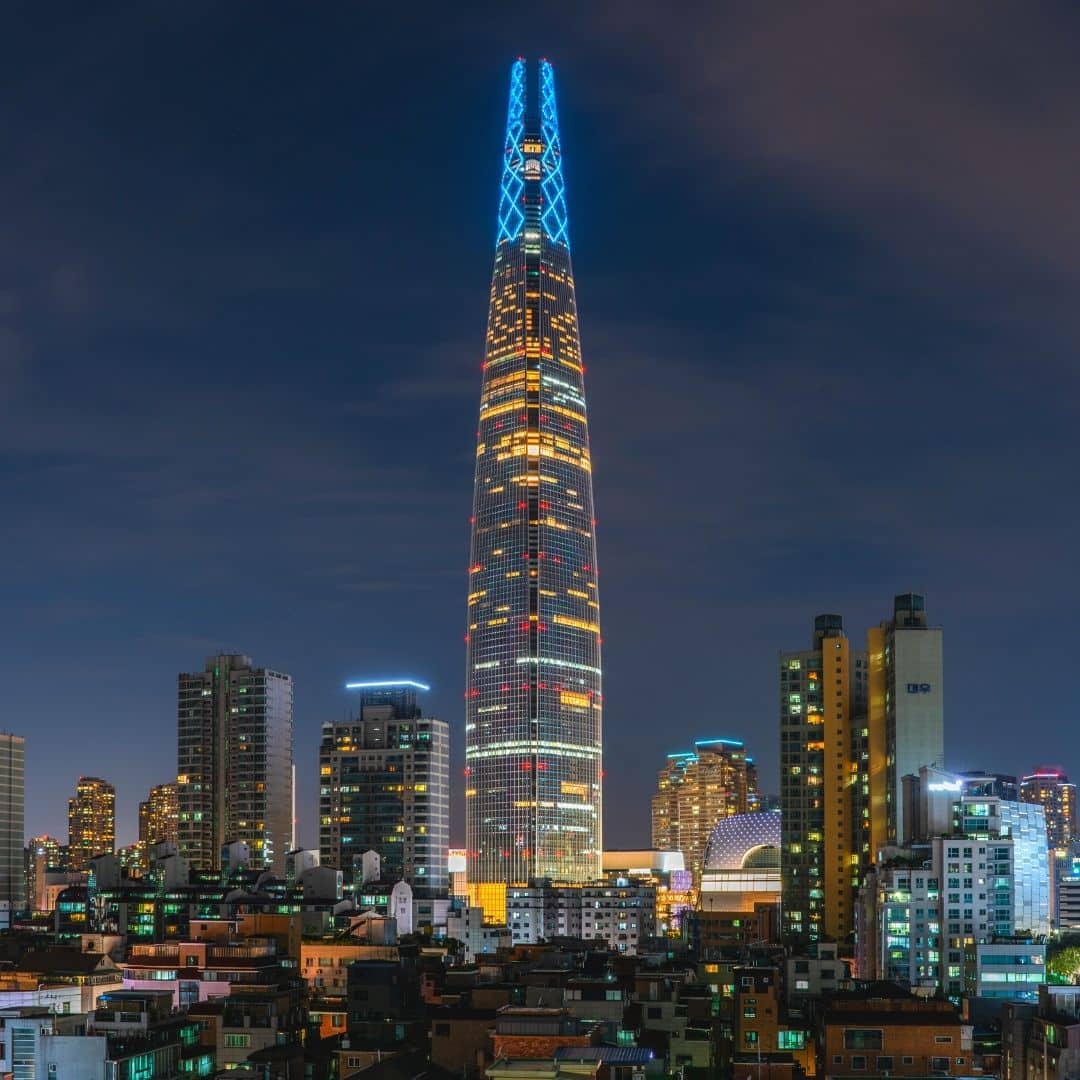
Any South Korea Travel Guide would be incomplete without thee top landmarks & famous areas in Korea. These unmissable Korean attractions offer some of the best sights in Korea, showing you Korean history, culture, design, and sense of humor.
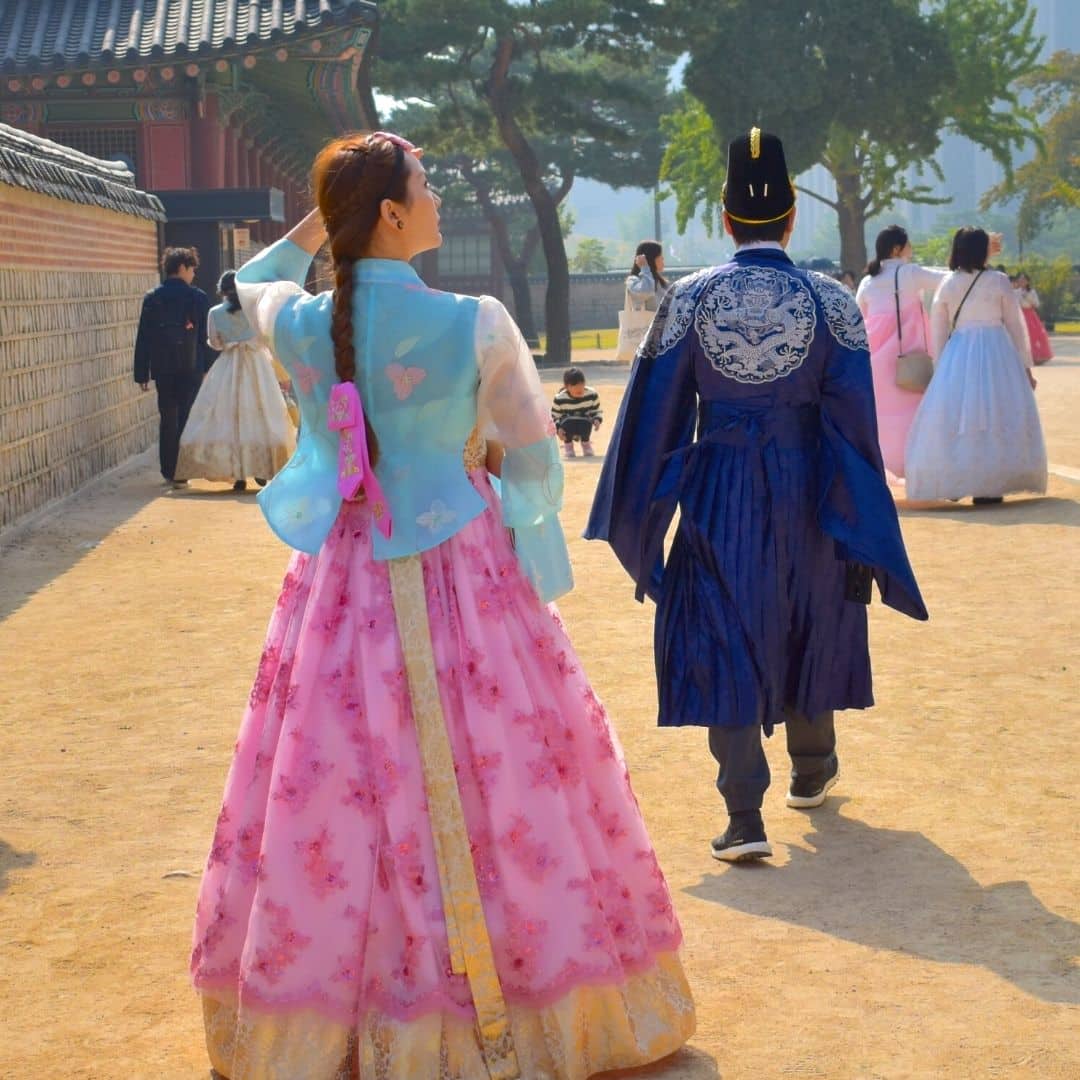
Learning about Korea’s past is not only enjoyable, it’ll also open your eyes to how modern Korean culture has evolved. Witness the majesty of grand palaces and the humble Buddhist temples and gain an insight into life in Korea with these fascination historical sights.

Are you a fan of Korean culture? Then check out these 10 modern K-Culture locations in Korea. Whether you’re ARMY or an arthouse cinema fan, you’ll love these sights. K-Drama fans, check out these K-Drama Filming Spots in Seoul .

If you’re traveling to Korea with your family, you don’t need to worry about the kids getting bored. There are plenty of family-fun attractions in Korea to keep them amused and to show them what Korea’s really like.

Culture lovers will find no shortage of places to learn about Korean, Asian, and world history & culture. Korea has a rich history and displays this through a range of museums. Learn about traditional life, Korean wars, the democracy struggles, and even kimchi .

Once a land of teahouses, Korea has now fully embraced coffee culture. Korea’s late-night culture makes cafes a great place to gather and chat. The rise of social media has also led to hundreds of insta-worthy cafes with photogenic decor, unusual coffee designs, and delicious desserts.

Many people travel to Korea just to shop, thanks to the low prices, haggling in the markets, and good quality items. From traditional markets to high-end designer goods, there’s somewhere to shop for everyone. Be sure to try authentic Korean street foods in the markets, too.

Korea is a country surrounded by sea on 3 sides and 70% mountainous, giving it a wealth of natural beauty. Besides Korean cherry blossoms , flowers, and fall foliage, there are sculpted gardens, shimmering ponds, riverside parks, and a volcano to see.

Morning : Explore Seoul’s historic royal palaces starting with Gyeongbokgung or Changdeokgung Palace in central Seoul. You get free entry if you’re wearing a Korean hanbok, so be sure to pick one up from the rental shops outside.
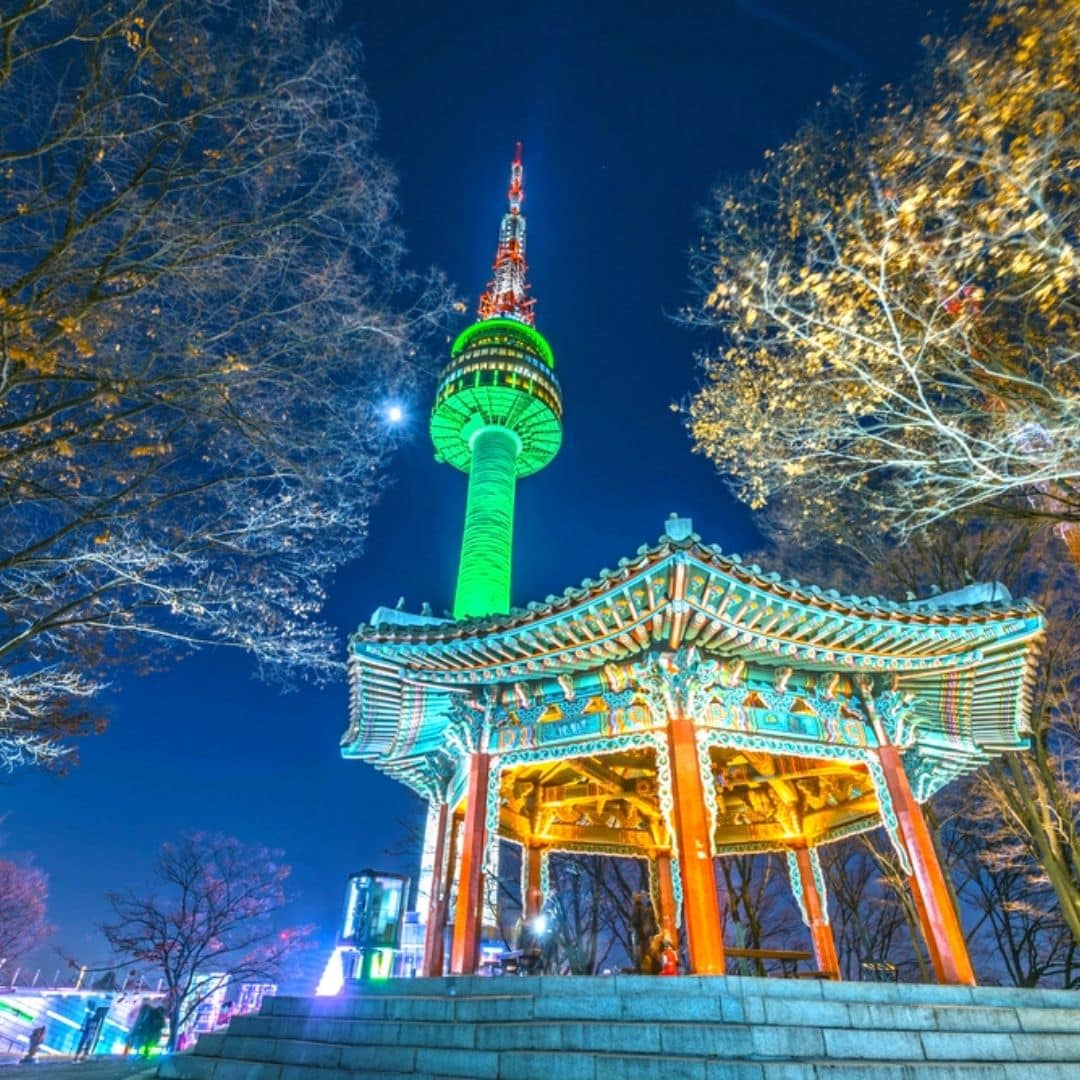
Morning : Learn about Korea’s history at the National Museum or War Memorial in Yeongsan. These fascinating museums have interactive exhibits and feature 1000’s of years of Korean history.

Morning : Take a day trip from Seoul to explore Gapyeong County. See the wonders of the Garden of Morning Calm and its idyllic nature. This is one of the most beautiful gardens in Korea.

Morning : Grab an early breakfast at Seoul Station and ride the high-speed KTX train directly to Seoul. It takes less than 4 hours and rides past rice fields, mountains, and the Korean countryside.

Morning : Take a day trip to the UNESCO World Heritage City of Gyeongju and roam the Gyeongju Historic Area. See Daereungwon Tomb Complex and Cheomseongdae Observatory.

Morning : Pack your bags and ride the KTX back to Seoul. Head to Hongdae for street food snacks or Michelin-starred delights in famous restaurants.

March to May

June To August

September to November

December to February
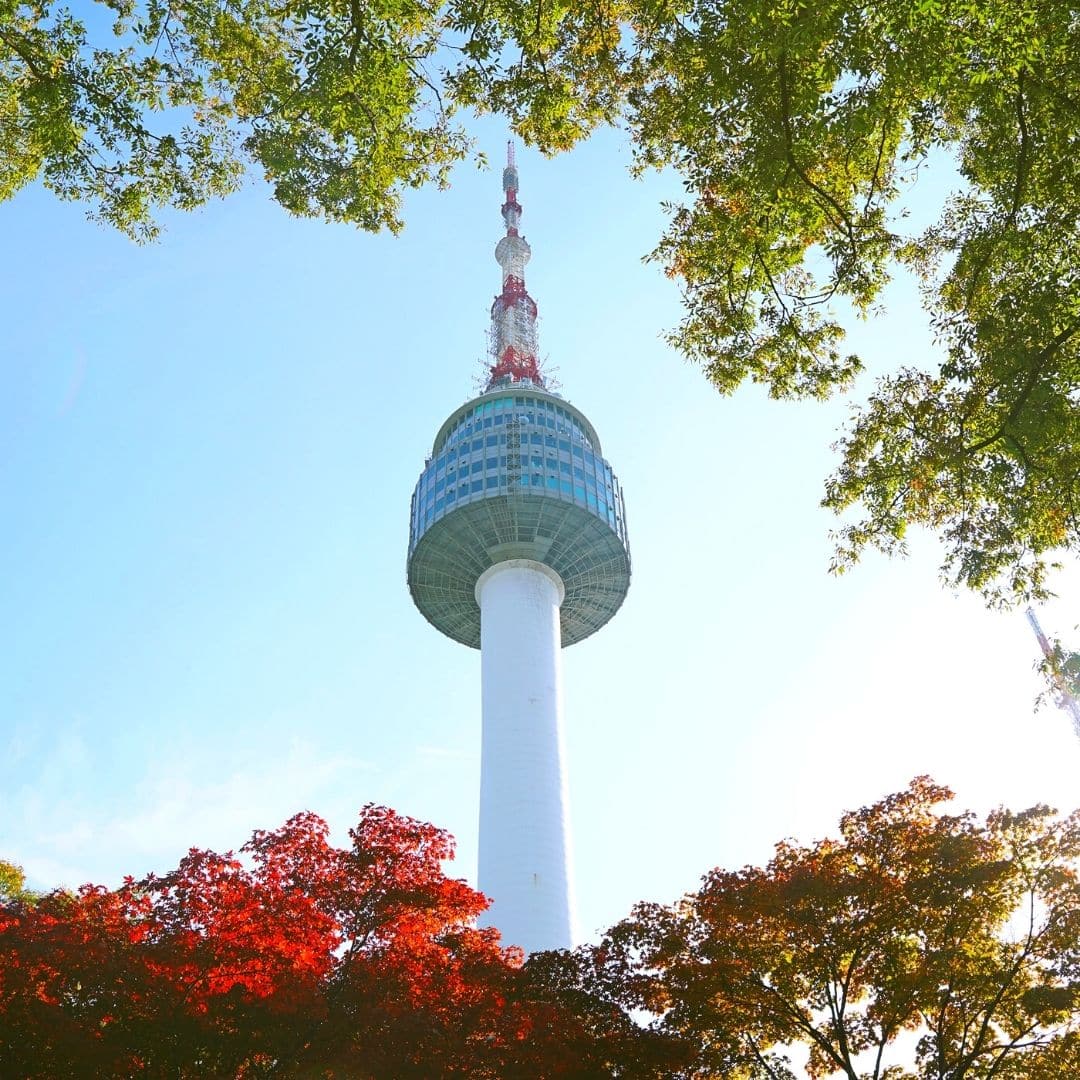
Korean Souvenir Costs
The best places to buy souvenirs in Korea are in the traditional markets and tourist areas. Insadong in Seoul has a lot of art and souvenir shops, as do the market streets around Bukchon Hanok Village. Hongdae offers lots of bargain snacks and souvenirs to take home.

Day Trip Costs From Seoul
A day trip from Seoul is a must to see a different side of Korea from what you’ll experience in the capital. Taking a day trip is a great chance to experience Korea’s countryside, nature, and hard-to-reach cultural attractions.

Korean Activity Costs
Seoul and other Korean cities have so much to offer to tourists. From historical palaces to exciting theme parks and attractions, it’s easy to have fun, explore, and discover more about Korea’s history.

Flight Costs To Korea
Flight costs depend on which airports you’re traveling from. A flight from Los Angeles to Incheon Airport (Korea’s main airport) costs around $1370 right now. Flight costs vary depending on the season and time of day.
Welcome to Best of Korea!
Please Sign Up for Updates
We hate spam. You can unsubscribe anytime.
16 things to know before heading to South Korea

Feb 18, 2024 • 10 min read
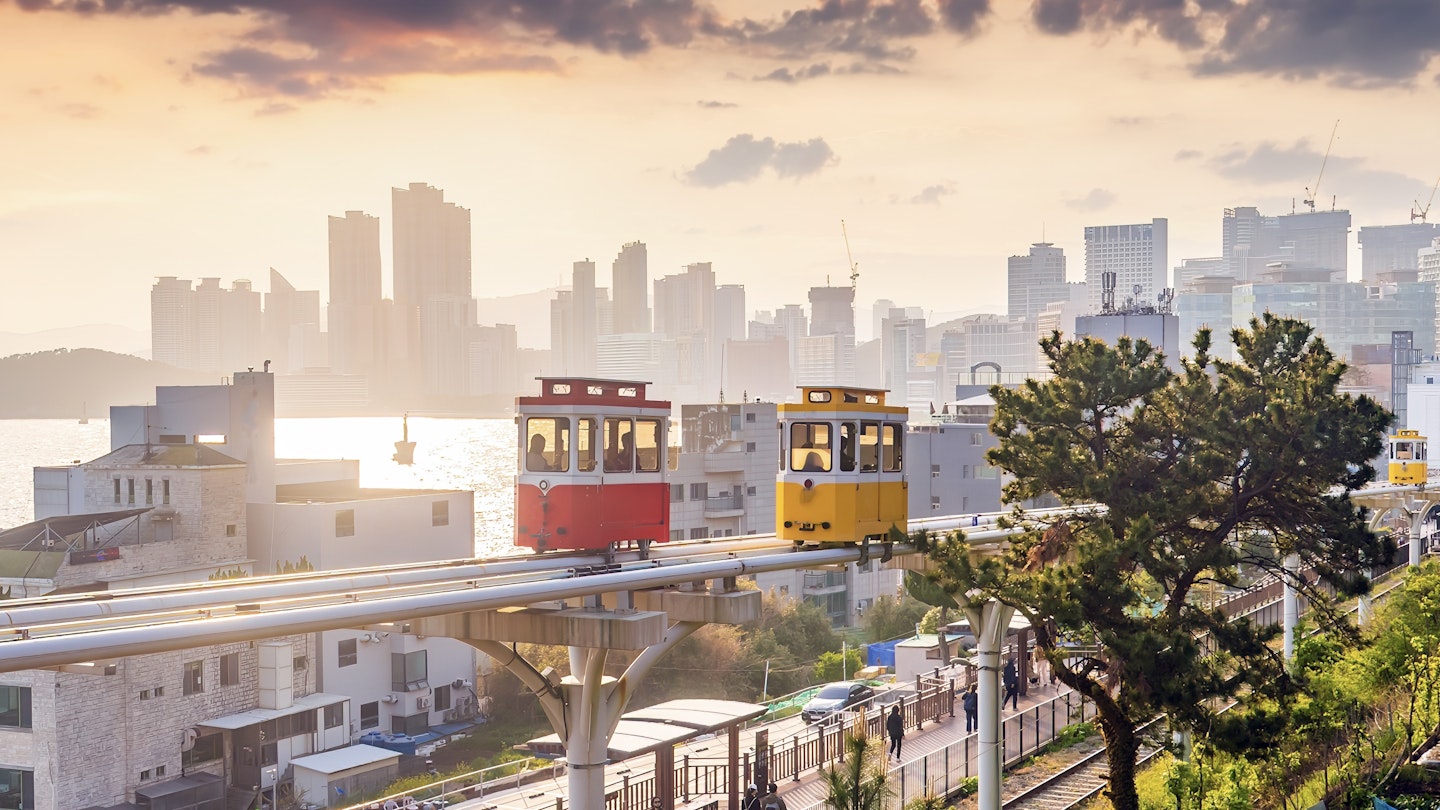
South Korea’s public-transport choices – including Busan’s Sky Capsule – are the envy of the world. As you plan your trip, count on using the nationwide network © By f11photo / Shutterstock
Has any place been on a run of late like South Korea ?
The country is on the lips of travelers around the world, thanks to its cutting-edge technology, world-class cuisine, chart-topping pop bands and some of the most exciting movies and TV series being made anywhere.
Add to all this centuries of tradition and copious natural blessings, all in a country scarcely larger than Ireland, and you’ve got one of the planet’s great travel destinations.
Safe, friendly and possessing superb infrastructure, South Korea is a truly easy – not to mention rewarding – place to explore. Read on for tips to make your visit even easier.
1. Complete your pre-trip registration three days before your flight
Most travelers – including citizens of the US, Australia and the UK – can visit South Korea visa-free for up to 90 days (up to six months for Canadians). You’ll still need to apply for a Korea Electronic Travel Authorization on the K-ETA website , however, at least 72 hours before departure. It’s a simple process, and your K-ETA is valid for two years from the date of approval.
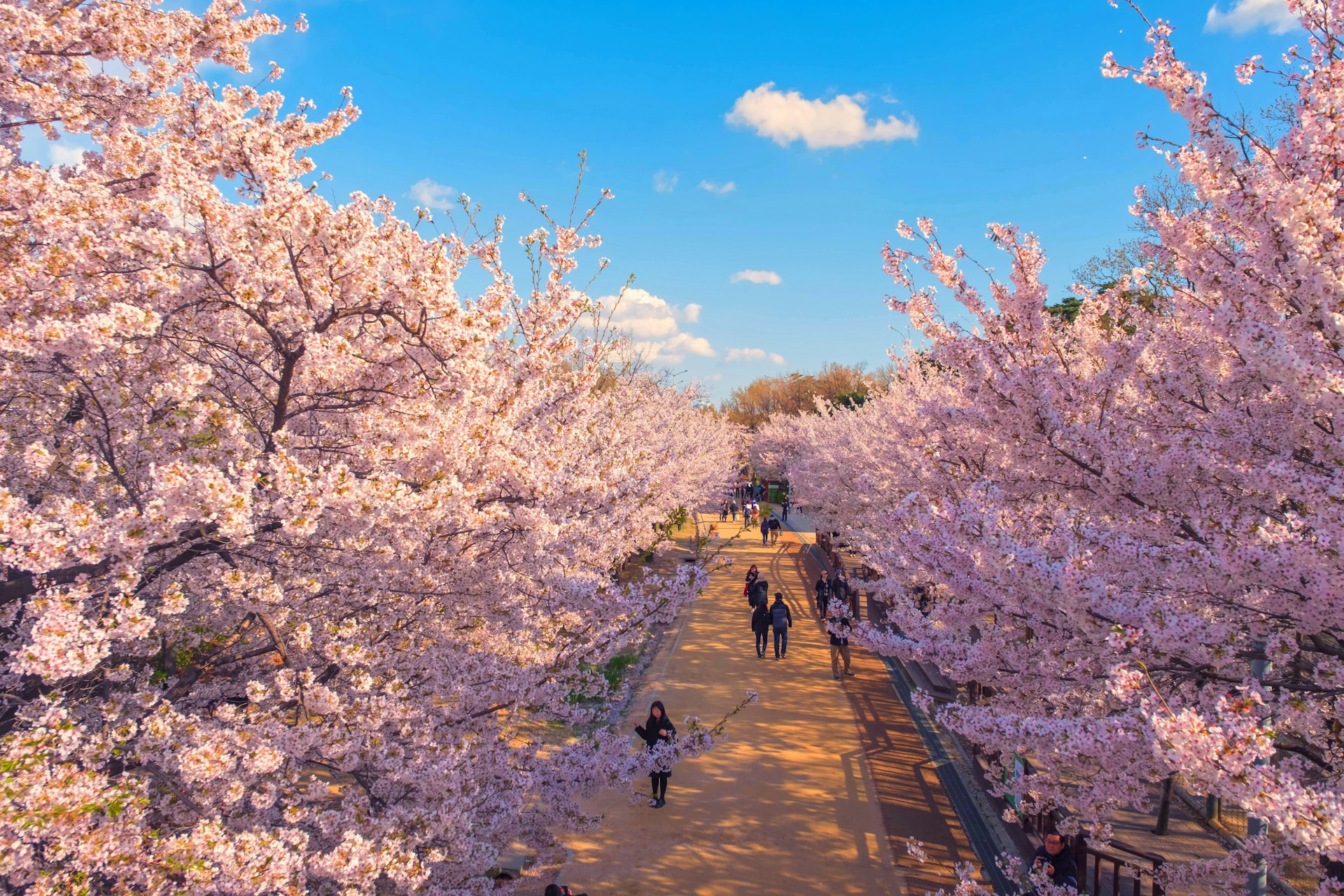
2. Time your visit with the trees
We recommend planning your visit to South Korea for spring or fall , when the peninsula gets its most temperate weather. Bonus points if you can time it to coincide with one of the country’s two periods of arboreal magic. Korea’s cherry blossoms start blooming in mid-March on Jeju-do Island , off the south coast, and typically appear in Seoul in early April. In late October and early November, the leaves of Korea’s many ancient ginkgo trees turn into brilliant golden torches, giving Seoul and other cities a particularly regal look for several weeks.
3. Mind these two major holidays
The two periods that can cause travelers real problems are the multi-day Lunar New Year and Chuseok (fall harvest) holidays. On these two occasions every year, Koreans hit the road en masse, making booking a bus or train ticket nearly impossible. The dates change each year, so be sure to check when these are before making travel plans.
If you can’t avoid a holiday, base yourself in Seoul or Busan for its duration. Plenty of businesses stay open, and the cities can be surprisingly peaceful with everyone out of town.

4. Take advantage of Korea’s world-class public transportation
Korea’s subways, trains and buses are clean, convenient and efficient . It can sometimes seem like a new station is added to the Seoul metro every month, and the rail and intercity bus networks will take you to every corner of the country. Public transportation is cheap: bus and subway fares in Seoul start at just ₩1250. In all of South Korea, Jeju-do is the only place where renting a car might make sense, and even there it’s probably not necessary.
With plentiful English information and sensible design, public transportation in Korea makes getting from here to there a breeze. To get moving, start by picking up a T-money transit card at a convenience store or from a vending machine in any subway station. Separate kiosks can be used to load money onto your card. Tap your card both when you board and get off the subway or bus. Fares are calculated by distance, so if you forget to tap when disembarking, you’ll be charged more and won’t be able to transfer for free. You can also use T-money cards in most taxis.
When traveling longer distances, it’s simple enough to just buy intercity bus or train tickets at stations. For the high-speed KTX train and some of the more popular routes and times – departing Seoul on Saturday morning, for example – it’s a good idea to purchase in advance. Bus tickets are typically readily available for purchase from machines and counters in bus stations. Buy train tickets on the website of KORAIL , the national operator.
5. Stay connected with these essential apps
Wi-fi is so prevalent in Korean cities that you can do without a local SIM card, but if you decide that you want one just in case, or if you plan to head to rural areas, the easiest place to pick one up is at one of the many telecom roaming centers at Incheon Airport upon arrival. You can also rent a phone if you didn’t bring your own.
Helpful apps to download include Naver Map ( iOS and Android ), which works better than Google Maps in South Korea; MangoPlate ( iOS and Android ) for finding restaurants and cafes; Subway Korea for navigating cities’ metro systems; and Kakao T ( iOS and Android ), which is like Uber but for taxis.
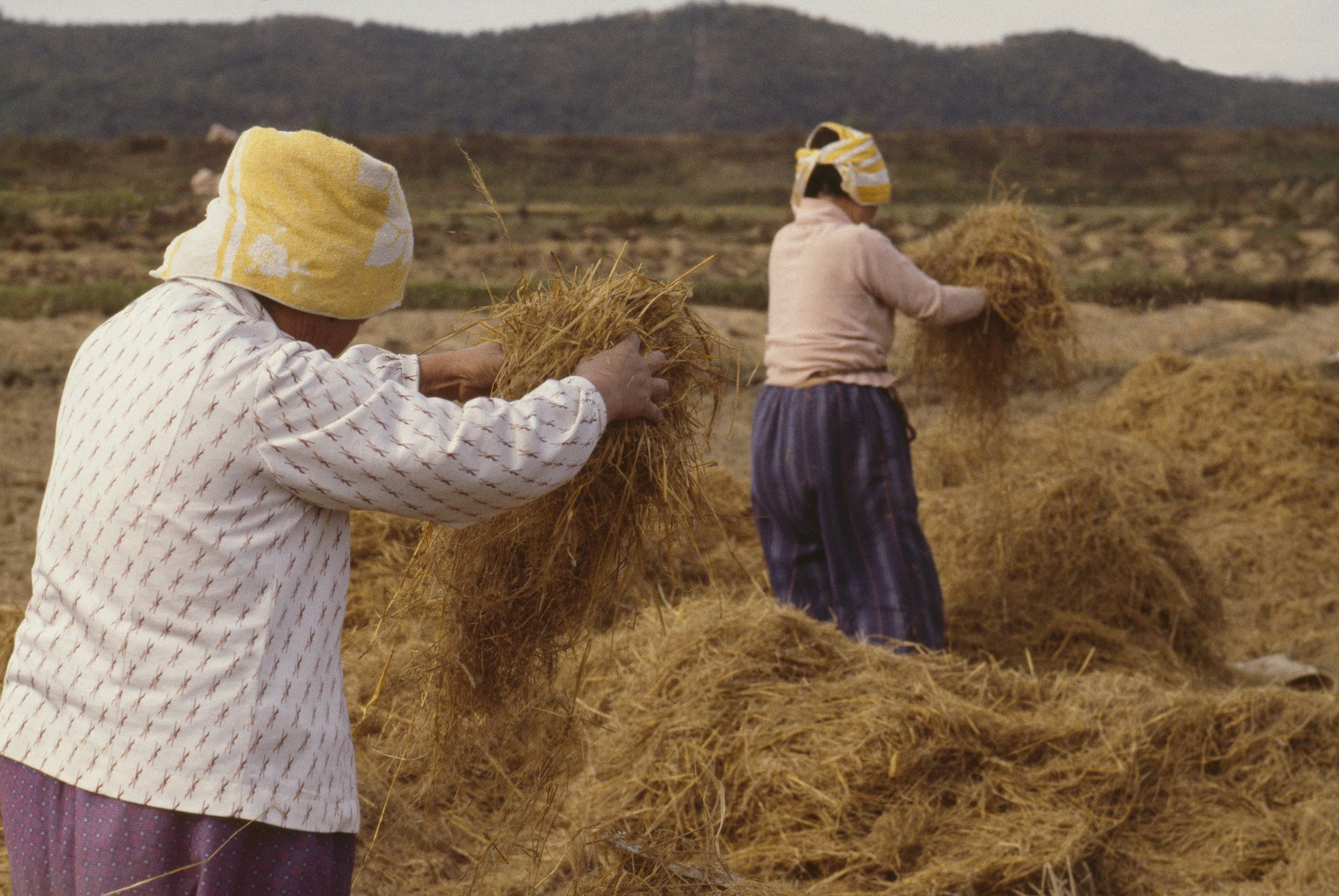
6. Get out of town
There are two Koreas. We don’t mean North and South, but rather Seoul and everything else – or, a bit more broadly, urban Korea and rural Korea. The country has a reputation for being a hyper-paced, highly wired pop-culture dynamo, but its hinterlands present a much different picture, and you’d be missing out big time if you skip them.
The Korean countryside is beautiful, mountains and rivers make for beautiful vistas, and life is lived differently here than in the cities. The population is older – most people under 40 have decamped to the cities – and the pace is slower. At least once on your trip, get out of the cities and immerse yourself in this more traditional side of Korea.
7. Learn your ga , na , da , ra , ma , bas
Basic English is widely understood in Korea by folks under 50, and signage is almost always in both Korean and English. Yet it’s still a good (and respectful) idea to learn a bit of the language.
Beyond memorizing a few essential Korean words and phrases, learning hangul, the Korean alphabet, is like gaining access to a secret bonus level of Korean travel. If you can sound out the letters, you’ll find that you already know what things like 카페 모카 ( ka-pe mo-ka ), 비빔밥 (bibimbap) and 사우나 ( sa-oo-na ) are.
Hangul is easy to learn. King Sejong the Great, who oversaw its creation in the 15th century, declared that a wise man could pick it up before noon and even an idiot could learn it in 10 days. Let’s Learn Hangul teaches the Korean alphabet in an interactive, easy-to-follow way.
8. Roll with the nudges
Koreans live life in a hurry, and they do so in a densely populated country, so you shouldn’t expect the same sense of personal space or public courtesies you find in your home country. Koreans won’t hold doors open for you or apologize if they bump into you when walking. When getting on or off the subway, they likely won’t say, “Excuse me” – they’ll just nudge you aside. They’re not being rude, though.
When you live in a city as crowded as Seoul, it’s just not practical to say sorry every time you knock shoulders with someone – you’d be apologizing constantly. This can be maddening to outsiders, but just accept it and roll with the nudges.

9. Be ready to get personal
The typical greeting here is a quick bow – nothing dramatic, just a head nod deep enough for your gaze to meet the floor – but you’ll sometimes be offered a handshake instead. If you are, expect more of a gentle clasp than the old squeeze-and-pump.
You’ll likely be asked questions more personal than you’re accustomed to by someone you just met. At the top of this list is your age. This data point is essential to Koreans, as it informs how they talk to one another: how formal their verb endings should be and whether to use honorifics. Inquiries about marital status, occupation and your opinion of Korea are also common. Answer politely, and feel free to return the question.
10. Wear what you like, but don’t pack anything too risqué
As a traveler, you can feel free to dress for the weather and comfort. Koreans are pretty relaxed about attire, even if they’re more modest than you might expect. If visiting a temple , while shorts are fine, tank tops and miniskirts are not. Both men and women frequently wear t-shirts at the beach (though it’s best to leave the Speedo or thong at home). Korean women almost never wear low-cut tops, and female travelers could find that doing so brings unwelcome looks. Tattoos are now common among young people, yet even still some bathhouses will deny entry if you show any ink.

11. Eat with others and don’t be afraid to shout for service
Eating is a communal activity in Korea, and many restaurants, especially barbecue joints, don’t offer single servings. So if you’re traveling solo, you might either have to drag someone from your hostel along with you (not a tough sell) or loosen your belt and order pork belly for two (poor thing).
At restaurants, servers won’t come check up on you, and most places have call buttons on each table. Give it a push, and someone will be right over. Otherwise, to grab the waitstaff’s attention, raise your hand and shout, “ Yogiyo !” (“Over here!”) Water is usually self-service, and occasionally side dishes are, too. If your server doesn’t set a bottle of water on your table, look around for a water dispenser and stacks of metal cups. At the end of your meal, take the check to the front counter to pay. There’s no tipping.
12. Is North Korea a concern?
Despite international headlines, South Koreans don’t worry about an attack from North Korea – and neither should you. Military clashes are very rare, and danger to civilians is rarer still. A guided tour to the DMZ can be a fascinating and truly find-it-nowhere-else experience. From afar, North Korea can seem almost comical in its eccentricities, but when you’re looking at South Korean soldiers looking at North Korean soldiers looking at you, the geopolitical stakes hit different. Plus, many tours offer what may be your only chance to actually step foot in the world’s most secretive country.
13. Monitor the air quality
Even in post-pandemic times, it’s a good idea to always carry a mask, as air quality can occasionally drop to pretty nasty levels. This is especially true in spring, when dust blown off the deserts of Mongolia and northern China combines with local pollution to create unhealthy air. Download an app like IQAir Air Visual (for iOS or Android ) to keep track of current conditions and the upcoming forecast across the country.
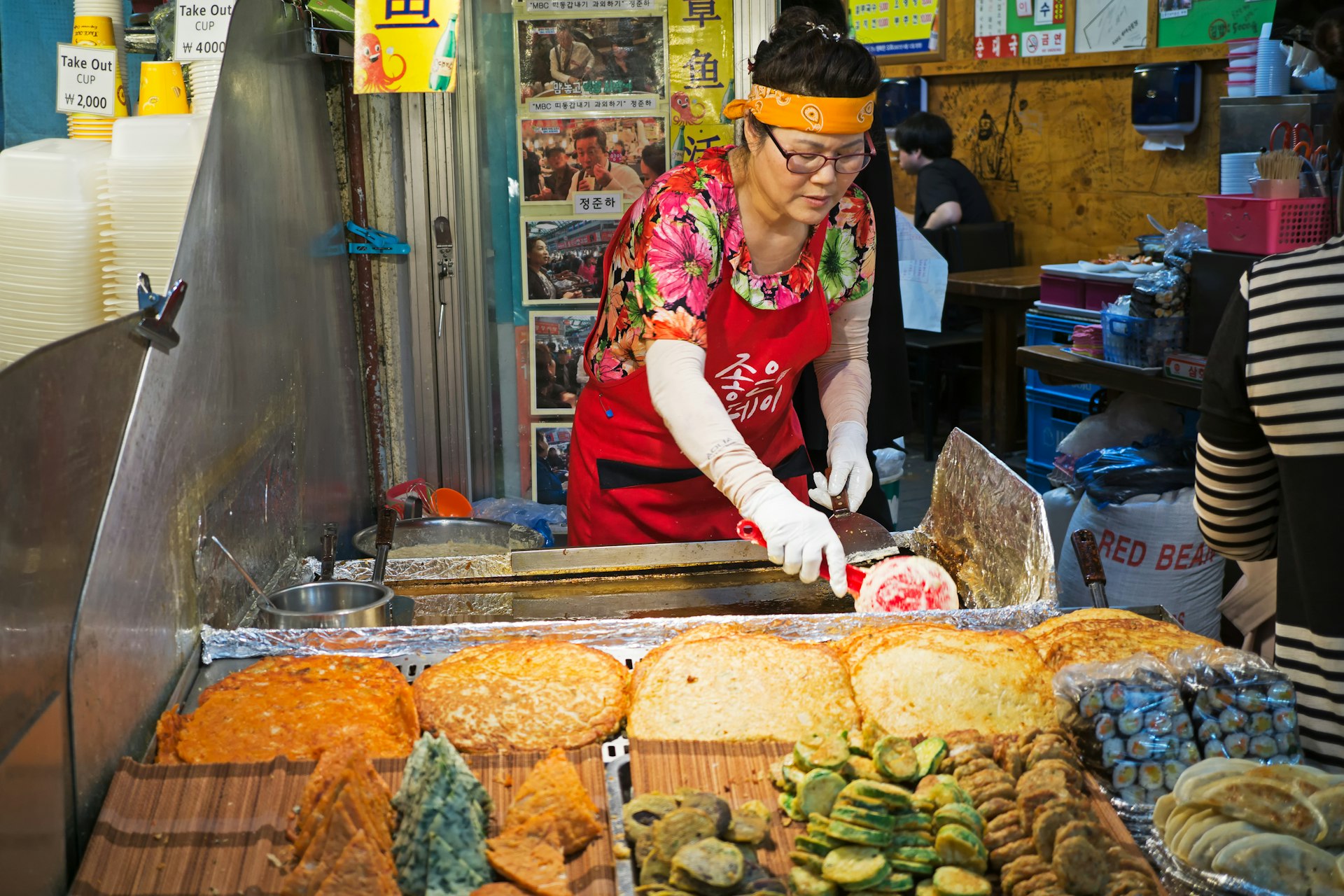
14. You might have to be flexible about your diet
If you have food allergies or a specific diet, you may have a hard time finding places to eat or getting clear information about ingredients. Vegetarianism and veganism are slowly gaining popularity in Korea, but not many restaurants cater to these diets. Even dishes that you might think are vegetarian are often made with anchovy broth or fermented shrimp.
15. Recognize that LGBTQI+ acceptance still has a long way to go
While attitudes are slowly changing, Korea remains a conservative society in many respects, and anti-LGBTQI+ prejudice is common. Even so, LGBTQI+ travelers are more likely to be on the receiving end of curious – if misinformed – questions than any sort of open hostility. Public displays of affection are generally frowned upon (though this goes for straight couples, too).
Seoul has small gay districts in Itaweon and Jongno-3-ga, while the Hongdae-Sinchon-Ewha university corridor is another place where LGBTQI+ Koreans feel comfortable being themselves.
16. Use common sense and keep these numbers handy, just in case
Theft and violent crime are rare in South Korea. Scams and pickpockets targeting travelers are virtually nonexistent, and Koreans typically go out of their way to be hospitable to visitors. Nonetheless – as anyone should anywhere – do exercise basic caution and common sense. South Korea has strict drug laws, and don’t even think about trying to sneak past them. Nightlife often revolves around heavy drinking, so know your limit to avoid putting yourself in a sketchy situation.
If you do have an emergency, call 112 to reach the police, 119 for emergency services or 1330 to reach the Korea Travel Hotline, where an operator will connect you to the appropriate service and serve as an interpreter. That number can also be used to reach the Korea Tourist Police .
This article was first published July 2022 and updated February 2024
Explore related stories
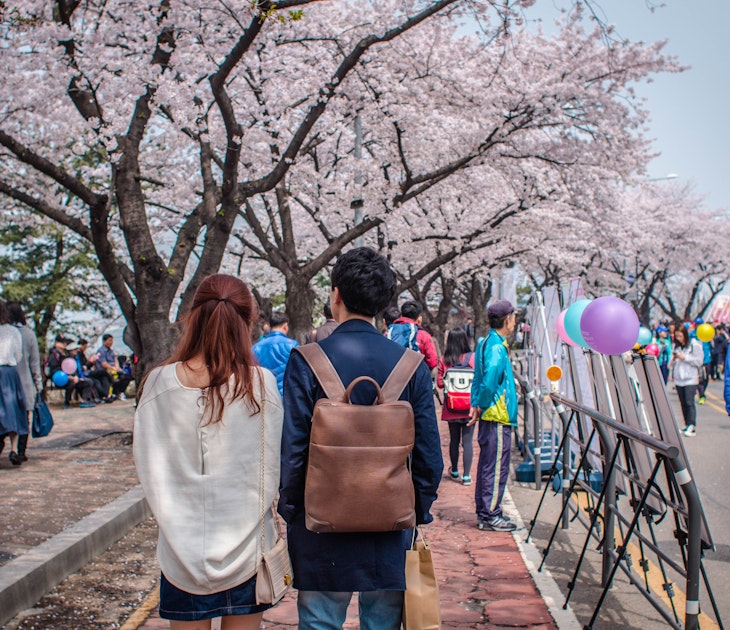
Public Transport
Feb 10, 2024 • 8 min read
Make the most of Seoul's incredible public transport but don't miss out exploring on foot.

Mar 28, 2024 • 7 min read

Feb 27, 2024 • 6 min read
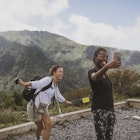
Feb 20, 2024 • 6 min read
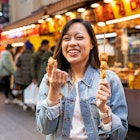
Feb 19, 2024 • 8 min read
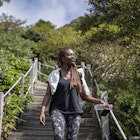
Feb 18, 2024 • 4 min read
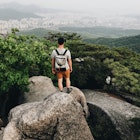
Feb 18, 2024 • 7 min read

Feb 17, 2024 • 10 min read
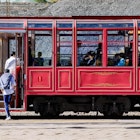
Feb 17, 2024 • 8 min read
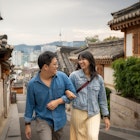
Feb 17, 2024 • 6 min read
- Environment
- Road to Net Zero
- Art & Design
- Film & TV
- Music & On-stage
- Pop Culture
- Fashion & Beauty
- Home & Garden
- Things to do
- Combat Sports
- Horse Racing
- Beyond the Headlines
- Trending Middle East
- Business Extra
- Culture Bites
- Year of Elections
- Pocketful of Dirhams
- Books of My Life
- Iraq: 20 Years On
South Korea travel guide: quarantine-free visits for vaccinated tourists from April 1
Coronavirus restrictions for fully inoculated travellers are easing next month with no more isolation on arrival.
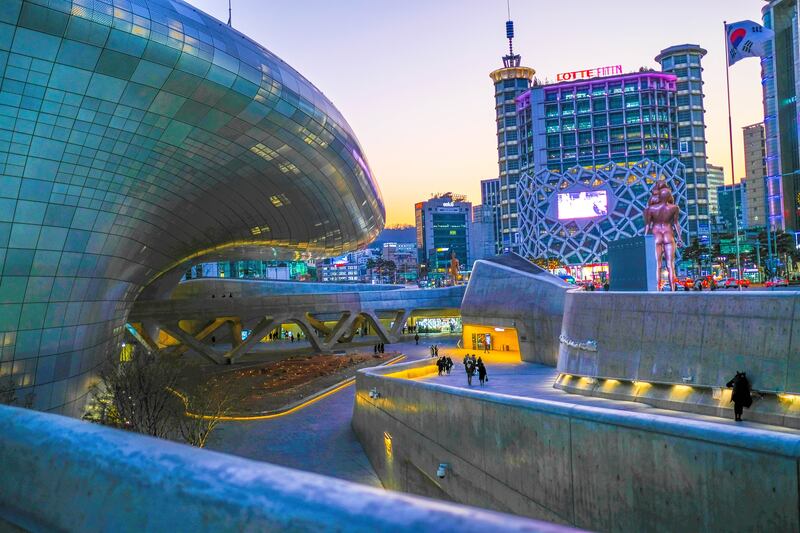
Last year, South Korea recorded a huge drop in visitor numbers with less than a million tourists, according to the Korea Tourism Organisation. Unsplash

Despite experiencing its worst coronavirus surge, South Korea is getting set to ease border restrictions for travellers.
From April 1, fully vaccinated tourists will be able to fly to the country quarantine-free.
South Korea will also recognise more vaccinations, including those administered outside of the country, said the Ministry of the Interior and Safety. This will allow more people to apply for quarantine-free travel.
The easing of restrictions is set to increase the number of incoming tourists. Last year, the country recorded a huge drop in arriving visitor numbers with less than a million tourists, according to the Korea Tourism Organisation.
Exemptions to quarantine rules still apply to visitors from Pakistan, Uzbekistan, Ukraine and Myanmar, who are required to isolate for seven days on arrival, regardless of vaccination status.
If you’re planning a trip to South Korea as it eases restrictions, here’s what you need to know.
Who can travel to South Korea?
Travel to South Korea will be quarantine free for most fully vaccinated tourists
To be considered fully vaccinated, travellers must have had their second dose of a Covid-19 jab more than 14 days ago but fewer than 180 days ago — or have taken a booster shot within the same time frame.
The view from this point is stunning!🤩 We can't wait for warmer weather! 📍Wando-gun, Cheongsando Island: https://t.co/ixFbpgFhQB pic.twitter.com/bqDFWJIIRl — VisitKorea (@KoreanTravel) March 17, 2022
Travellers who fit this criteria can travel to the country without quarantine from April 1, but must complete all their travel details on the Q-Code website before departure.
Passengers from Pakistan, Uzbekistan, Ukraine and Myanmar cannot apply for entry under this exemption category, even if they are fully vaccinated and must continue to isolate on arrival.
Unvaccinated tourists can still travel to the country, but will have to quarantine in a government appointed isolation facility for seven days.
Do I need a PCR test to travel to South Korea?

All travellers need a PCR test result taken no more than 48 hours before departure.
Children aged 5 and under do not need to have a negative test result to enter, but all passengers regardless of nationality, vaccination status and length of stay will be tested on arrival, or within the first 24 hours of entering South Korea.
Tourists will be tested at the airport upon arrival and must remain there until they receive their negative test results.
Do I need to quarantine?
If you’re fully vaccinated and not coming from one of the countries banned from quarantine exemption then you won’t need to isolate when you arrive in South Korea.
Once an on-arrival negative test result has been issued at the airport testing facility, travellers are free to travel around the country.
What restrictions are in place in South Korea
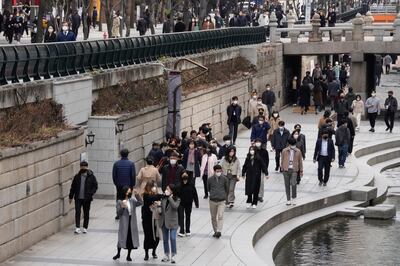
Face masks remain compulsory in South Korea in all public places and on public transport, with fines for people who do not comply.
There are also local variations in Covid-19 restrictions in different parts of the country, so you should check the website of the relevant local authorities to find out more about social distancing and restrictions on groups and gatherings.
What’s the best time to visit South Korea?
Spring is almost here!🌸 Cherry blossoms are expected to bloom in April this year. 📍Geochang-gun, Gyeongsangnam-do pic.twitter.com/WD1HYXqYY9 — VisitKorea (@KoreanTravel) March 15, 2022
Spring is the best time to visit South Korea if you want to get a glimpse of the country’s blooming cherry blossoms . Autumn is another popular time — with September to November typically having dry days and giving tourists a chance to see changing shades of orange and red throughout the country's National Parks such as Songnisan, Jirisan and Seoraksan.
August is the hottest and most humid month while winter is cold and snowy — and when winter sports enthusiasts flock to the Gyeonggi-do Province and Gangwon-do.
Which airlines are flying to South Korea?
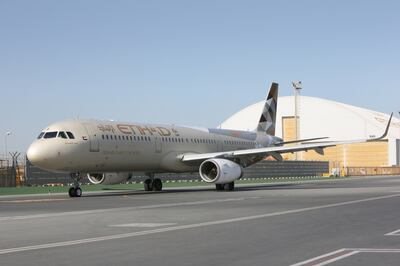
Emirates flies direct to Seoul from Dubai and Etihad Airways operates the same route from Abu Dhabi. Flight times are a little more than eight hours to South Korea, and around 10 hours on the return trip. Korean Air also flies between South Korea and the UAE, with flights to both Abu Dhabi and Dubai.
What can you see and do in South Korea?

South Korea fascinates with something for everyone including an intriguing history, fantastic food, a wonderful culture and first-rate tourism attractions. Visit grand palaces such as Seoul’s Changdeokgung Palace built by the Joseon Dynasty, explore ancient history in Jeonju or soak up the culture in the country’s Hanok villages,
Tourists can also hit the beach at Busan, South Korea’s second largest city or climb to the top of N Seoul Tower, the capital’s iconic observation tower. For those interested in history, a visit to no-mans land allows you to see part of a military border between two opposed countries.

- South Korea ›
Tourism In South Korea Statistics 2023: All You Need to Know
By gowithguide travel specialist: chloe m..
# visitsouthkorea
# southkorea
/filters:quality(80)/fit-in/1024x1024/gowithguide/posts/5254/e78e9c1c-268c-461b-b273-c9ef24bb8c0b.png@avif)
The remarkable rise to international stardom of KPOP and K-Dramas have undeniably elevated the prestige and fascination the world already previously had for South Korea . Whether you are flying over the Pacific or across the whole of Europe, planning a trip to South Korea can be Herculean, with or without the barrage of questions about the country’s language barriers, safety, and transportation.
If you are stuck in a black hole of K-culture tabs and unverifiable information, fear not, as GoWithGuide has done the research for you. If you plan on doing some Seoul -searching, hoping to catch a train to Busan , or hungry to see some history right at the DMZ , our South Korea tour guides can help you devise the perfect South Korea itinerary for you. Before you start packing your bags, read up on all you need to know about South Korea.
South Korea’s Top 10 Tourism Statistics
Surrounded by the Yellow Sea to the west and the Sea of Japan to the east, South Korea, officially the Republic of Korea, finds itself nestled in the southern part of the Korean Peninsula. Together with its adjacent islands, the country is home to over 51.7 million residents with over 81% living in urban areas (think Seoul, Incheon, Busan, and Daegu). With 3,358 islands and 99,720 sq. km ready to be discovered, the country overflows with unforgettable experiences.
1. 17,503,000 people - Over 17.5 million visitors arrived in South Korea in 2019, which is 14% higher than the previous year’s numbers. 2. 4.16% - Travel and tourism contributed 4.16% to the overall GDP of the country in 2019. 3. $21,500,000,000 - A record amount of 21.5 billion USD was documented in 2019 for tourist travel expenses in South Korea, averaging an expenditure of $1,230 per visitor. 4. 7.5 days - The average length of stay of visitors in 2017 was 7.5 days . 5. 47% - In 2021, 47% of tourists chose to visit South Korea to indulge in food tours. 6. 1.86 million tons - It’s not surprising that in 2019, 1,860,000 tons of kimchi was consumed in the country. 7. 13.38 million people - South Korea’s four major royal palaces were visited by a record high 13,380,000 people in 2019. Gyeongbokgung Palace in Seoul attracted the biggest crowds at 5.34 million visitors. 8. 501.5% - In December 2022, South Korea saw a jump at 501.5% increase in visitor arrivals, a great change compared to its previous month at 391%. 9. -25.5° - The coldest day of the 2023 winter season arrived on January 24, reaching lows of -25.5 ° in Cheorwon, a northern county in South Korea. 10. Number 1 - BTS holds the number 1 spot in Spotify’s Top Followed K-Pop Groups of 2023 with the hit song “Permission to Dance.” amongst others on constant replay.
Who Else Loves South Korea?
Throughout the years, East Asian and Southeast Asian countries have topped the list of visitors to South Korea. The United States also sits highly on the list, with other European and South American countries being inaugurated into the list in the past couple of years.
1. China - China tops the list of highest inbound tourists by country in 2019 with 6 million visitors. 2. Japan - South Korea’s neighbor comes in second with 3.3 million visitors in 2019. 3. Taiwan - The land of industry and heritage brought over 1.3 million visitors in 2019. 4. United States - The Korean waves washed in 1 million US visitors in 2019. 5. Hong Kong - Last but never least, Hong Kong brought in 700,000 visitors in 2019.
South Korea's Fascinating Faves
Okay, so we know who loves South Korea, but what do visitors do once they land? Here are the Top 5 most visited attractions in South Korea.
- Everland - South Korea’s largest theme park & resort saw a whopping 5.7 million visitors from all over the world in 2022.
- KINTEX - The massive Korean International Exhibition Center drew 5.31 million visitors in 2022 thanks to it being a popular venue for meetings, conferences and of course, exhibitions.
- Lotte World - From indoor delights to outdoor thrills, Lotte World adventure has brought joy to the 4.52 million that spend their day in the massive theme park in 2022.
- National Museum Of Korea - The home of Korean history, culture and art welcomed 3.4 million visitors in 2022.
- Gyeongbokgung Palace - Rounding out the top 5 is the grandest of South Korea’s 5 palaces dating back to the Joseon Dynasty. In 2022 this intricate palace welcomed 3.39 million visitors.
Life in South Korea
Depending on where exactly you find yourself, South Korea can be a lot of different things. This is why for first timers, we suggest passing by one of these amazing regions.
Top Must See South Korean Regions
1. Seoul - The country’s capital is a metropolis fusing modern skyscrapers and pop culture with centuries-old temples and savory-smelling street markets. For first timers in South Korea, Seoul should definitely be on your itinerary. The capital has a little bit of everything , so you are in for a taste of what it is like to live like a resident. For the foodies, Seoul will appease your appetite with the best kimchi, bibimbap, and tteokbokki in the world. Ask our local guides for more information on the best foods to try in South Korea.
2. Jeju Island - With a volcano towering Jeju Island , it is no wonder the region attracts adventurous travelers ready for hikes, days on the beach, and being in tune with nature. The island is a wonderful place to visit all year round, but if you want to get the peak experience, the spring and summer months will find you wanting to stay for longer.
3. Busan - The port city of Busan is a city with surprisingly a vast expanse of greenery with a sea backdrop. Take a pick from its healing forests, South Korea’s biggest Buddha, or Lotte World.
4. The DMZ - Korea is divided into two governments, and being on the same block of island, needed a 250 km (160 mi) long and 4 km (2.5 mi) wide Demilitarized Zone . Visit the area to learn more about the Korean Peninsula’s history with a professional tour guide to assure your safety in the area.
Best Time to Visit South Korea
Private guided tours around the country are available year round, but if you want to get the most from your trip, there are certain seasons that prove unrivaled.
- Spring Months - April to June By far the best time to visit the country is during the spring months, when the temperature is pleasing, the air is neither too dry nor too humid, and the atmosphere is awash with cherry blossoms.
- Fall Months - September to November Our local guides also suggest visiting in the fall months if you are unable to book for the spring. The fall months are also better for those with hay fever, according to the Korean Calendar for Allergenic Pollens .
- Summer Months - July and August Summer is the hottest and wettest time in the country, albeit only two months long. For those in search of some beach and ocean action, then this is the best time to dive in.
- Winter Months - December to March The freezing cold of South Korea can be pretty extreme, but this dry and beautiful season is the perfect time to go skiing, sightseeing, and shopping.
How to Get Around South Korea
By train - the whole country is connected by rail, making trains an easy and affordable option for sightseeing. Our South Korea tour guides can also take you on the high speed KOrail and let you know the best passes to use on your customized tour experience.
By Bus - Intercity transport is also convenient if you choose buses as your main mode of transportation.
By Ferry - To get to the islands, our local guides recommend hopping on a ferry. It is fun, does not hurt the budget, and is a once in a lifetime experience.
Insider Tip : Make sure to buy a transportation card, TMoney or Cashbee, before embarking on a train or bus ride. This will save you time, money, and from avoidable stress!
Safety in South Korea
South Korea is an extremely safe country. The country finds itself sitting way up the 2022 safety index at 21, just behind Monaco and Austria and in front of Singapore and Finland. CNN has also ranked Seoul as one of the safest cities for 2019. Of course watching out for tourist traps and pickpockets is a must, just like in any country, but in general, the country is safe for travelers from anywhere in the world.
Strolling with a South Korea tour guide who speaks the language will give you the upper hand when finding the most coveted restaurants, the best deals, and the grandest views. Whilst on a private tour with a professional guide, issues related to miscommunication and language barriers are zero to none. That is one huge weight lifted off of your shoulders.
Searching for accurate, factual, and up-to-date information on South Korea does not have to be as difficult as learning a full out BTS or Blackpink dance routine. In fact, it should be as trouble-free and uncomplicated as enjoying the beautiful landscape of the Land of the Morning Calm.
Ready to take your trip planning to the next level? Get in touch with a South Korea tour guide and get your itinerary party started!
South Korea will only continue to enchant the world, so be the first to share this all-in-one guide to friends and family.
Popular South Korea Tour Guides
/filters:quality(80)/fit-in/480x480/gowithguide/profiles/40739/3081a8e3-89bd-44a0-85b5-17fefcc86f15.png@avif)
Hello everyone, I am Paul, a tour guide in Seoul. Seoul is a fascinated destination that seamlessly blends the old with the new. I'm excited to show you some of the best things to make your trip fun and unforgettable memory, through my deep knowledge about culture and history of Korea and exuberant experiences in tour. My primary tourist destination is Seoul and metropolitan area, consisting of 5 palaces, Royal Ancestral Shrine, Bukchon Hanok Village, National museum of Korea, War Memorial of Korea and other museums & galleries and contemporary architectures, and Namsan Mt. with N-Seoul Tower, traditional & trendy market places such as Gwangjang market & Hondae street, and also Korean Folk Village & DMZ tour. Center of culture and tour is architecture. Architectural style represents spirit of times. We can see as much as we know about spirit of times. For example, without knowledge about Christianity, the spirit of medieval Europe, we cannot fully appreciate beauty and value of Romanesque and Gothic architecture. Confucianism was the spirit of Joseon Dynasty. Architectural style of Gyeongbokgung represents Confucianism. Confucianism culture of Joseon Dynasty is unique characteristic of Korean culture, compared to Chinese, Japanese and European culture. Hence, my tourist information is based on Confucianism. Thank you for your interest! As your guide, I hope to see you soon in Seoul.
/filters:quality(80)/fit-in/480x480/gowithguide/profiles/32992/84f196d0-65c7-456d-98a2-98c0a4c9b597.png@avif)
I am Thomas, a licensed tour guide in Seoul, Korea since 2016. I am optimistic, easy-going and open-minded. Before being a tour guide, I had worked at a major company as a personnel manager for almost 30 years. I learned how to get along with people through my job experience. Now, as a tour guide, If you let me know what you are interested in, for example, places to visit, activities to do, and food to eat. I will do my best to make everything you imagine come true. I offer the best services; High Quality and Customized tours, Free transportation service and Free photo service. I also guarantee a comfortable, pleasant, safe and memorable tour. Enjoy the moment at your own pace and time in Korea, I will capture it as a photo. Thank you
/filters:quality(80)/fit-in/480x480/gowithguide/profiles/47376/31996695-3a12-4f6e-92b4-3ca327c02490.png@avif)
Hello Everyone, My name is Hans, I've been living in Seoul Korea over 40 years and working as an officially certified English speaking tour & trekking guide since 2015. I have various experiences in city tours including history, culture, religion, foods and so on, and I met lots of tourists with Private and Group from the world, and understand of what they want to see and do. As a result, I can bring tourist to those major tourist spots and believe you will be satisfied with my tour, and back to home with forgettable memories after the time with me. My tour coverages are Seoul City tour with DMZ, Unesco world heritages, National park trekking, country side cycling tour, and nationwide multiple days tour with my van.
/filters:quality(80)/fit-in/480x480/gowithguide/profiles/53323/24a66646-d2e9-4e6d-9241-c1d64dc8f2a3.png@avif)
Hello! I am Alice. I live in Incheon, South Korea. It's very close to Seoul. I want to guide my clients through the charming city of Seoul. Especially when introducing the five grand palaces of Seoul, I would like to invite a professional photographer to capture beautiful moments. I can help them dress in hanbok and create stunning life shots. I also want to guide them through Kyeongju, a city that breathes with a long history. I lived in Kyeongju until my teenage years. I want to introduce UNESCO-listed Kyeongju, a city of culture and history. I have traveled to Jeju Island more than several ten times. I also want to introduce Jeju Island. My clients can go anywhere they want in South Korea. There are many well-preserved cultural heritage sites with a long history in Korea, and they can also experience the convenience of fast-developing Seoul. Come and visit Korea. Let's explore Seoul and travel together anywhere. Traveling in Korea will be a memorable and cherished experience. Best regards. Alice.
Plan your trip to south korea.
Chat with a local tour guide who can help organize your trip.
Related Blogs

Hiring a Guide in South Korea - Pros and Cons
South Korea
Let this sink in: the United States is over 97 times larger than South Korea. Yet in this tiny East Asian peninsula, a deluge of fascinating hist...

Seoul Tourism Statistics 2023: The Ultimate Guide
Seoul, South Korea
Exciting yet exhausting. These two words sum up most travel planning, especially when you're trying to unearth the everlasting beauty of a traditional...
/filters:quality(80)/fit-in/480x480/gowithguide/profiles/34796/3ae4143f-55d6-4de2-a3bf-416544e000f9.png@avif)
Tourism In Busan Statistics 2023: The Ultimate Guide
Busan, South Korea
Did you know that Busan has the world’s largest department store? Seriously, Shinsegae Department Store in Centum City has a monstrous floor space...

Hiring A Guide In Seoul: The Pros & Cons
Whenever i’m traveling, there are two things on my mind. how will i get there, and what will i do once i land if you’re like me, then your mind’s rac..., follow us on social media.
- Destinations
- Mexico Travel News

South Korea Is Open For Tourism And Lifts All Remaining Entry Restrictions
South Korea is open for tourism from April 1.
Also, all Covid-related were lifted on October 1.
Join our Travel Advice & Support FB Group
Disclaimer: Travel restrictions and governmental regulations can change rapidly and the information below might be outdated within a few hours. Therefore, double-check all information with your embassy or on official websites. Traveling Lifestyle does not take any responsibility for your decision to travel.
South Korea Reopening – Latest Updates
October: South Korea lifts all remaining entry restrictions for international travelers
South Korea has been open to both vaccinated and unvaccinated visitors. Until July, however, unvaccinated visitors were subjected to quarantine upon arrival. Even after eliminating that rule, South Korea continued to require testing on arrival for both vaccinated and unvaccinated tourists.
Authorities have finally decided to drop mandatory testing upon arrival for all travelers, vaccinated or not, starting October 1.
Also read: 86 Countries That Don’t Require Covid Vaccination Or Test For Travel
September 27 – South Korea lifts mask-wearing restrictions from Sept. 26
South Korea decided Friday to lift all restrictions on outdoor masks starting September 26, according to local news outlets.
The decision was made at a meeting chaired by Prime Minister Han Duck-soo, who decided that participants in outdoor gatherings of 50 or more people, as well as sporting events and concerts, will no longer be required to wear masks starting Monday, Yonhap news agency reported.
“We are clearly overcoming a critical moment of a resurgence in COVID-19,” Han said.
“Going forward, the government will ease low-risk anti-virus measures one by one after receiving feedback from experts,” he added.
Is South Korea open for tourism?
Yes, South Korea is open for tourism and dropped quarantine for fully vaccinated international travelers on April 1.
Who can travel to South Korea?
People from most countries can visit South Korea but different restrictions apply.
Is South Korea Open to Americans?
Yes. However, all Americans need to observe pre-departure testing. Find the complete list of requirements at the ROK COVID-19 Portal and the Korean Immigration Service .
Do visitors need to quarantine upon arrival in South Korea?
EU and Schengen Area visitors will be subject to 14-day mandatory quarantine until April 1. All of them.
The cost of quarantine is around KRW 2,100,000 in total and should be paid in advance.
Once the quarantine period is up, individuals are allowed to move freely around the country.
For the most up-to-date information, please visit the South Korean Ministry of Health website.
South Korea During the Pandemic
With a population of more than 51 million, South Korea is about a sixth the size of the United States but has an incredibly high population density.
Its capital and largest city, Seoul, has a population of more than 9 million, making it larger than New York City. Additionally, with high-speed trains and domestic flights, it’s a tightly linked country. Combined with its proximity to China and the sheer amount of trade between the two countries, many expected South Korea to suffer greatly.
But it hasn’t. Instead, South Korean authorities quickly began a comprehensive testing protocol whenever individuals were found to have symptoms of Covid-19.
Is it safe to visit South Korea now?
Regarding COVID-19, South Korea is a safe place to visit and the spread of the virus is under control. ( CDC.gov ).
What is the current COVID situation in South Korea?
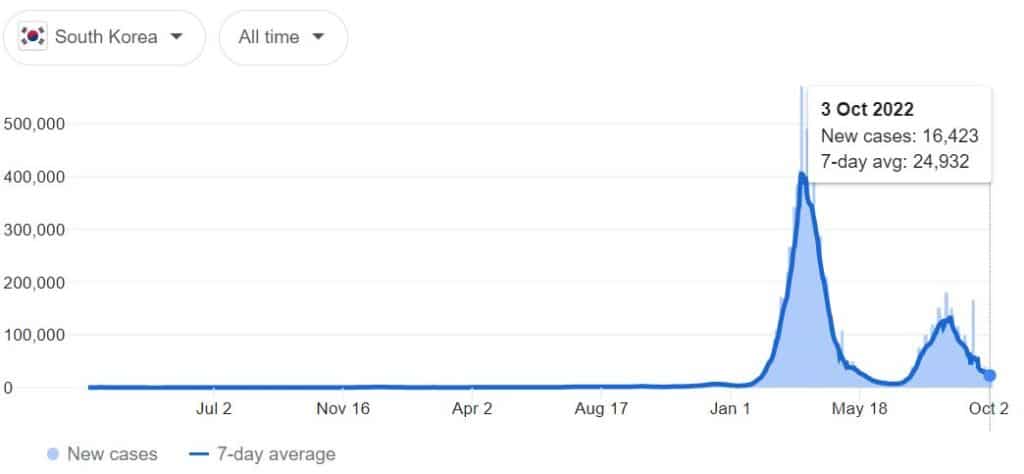
As of today, the country has reported 24,848,184 COVID-19 cases and 28,528 deaths.
Why visit South Korea?
Once a traveler is in South Korea and out of quarantine, life largely looks like it did before the pandemic.
Trains, buses, and domestic flights are all operating at full capacity, and museums, shopping centers, and just about every other amenity one could think of are open to tourists. For those willing or able to wait for two weeks, South Korea is looking like pre-COVID South Korea.
Of course, there are some changes worth noting. Individuals are expected to wear a mask and social distance, and unlike the US, compliance is mandatory.
Not wearing a mask in public will get one in trouble with the authorities, and even before the police arrive will result in considerable consternation from the locals. After all, this is a country that is acutely aware that it is lucky through this whole ordeal precisely because it came together.
For those with the ability and need to go to South Korea, visiting the country can be an incredible experience. In addition to everything else that South Korea has to offer, the reduced stress of being in a country that has largely handled the pandemic will be a relief to many.
You might be interested:

Thank you for keeping this up to date! My friends and I are using the article to measure whether or not we will be able to go to South Korea in April
Comments are closed.

19 Top-Rated Tourist Attractions in South Korea
Written by Freddy Sherman Updated Mar 20, 2023 We may earn a commission from affiliate links ( )
Author Freddy Sherman has traveled to South Korea multiple times, including a recent trip to Seoul in late 2022.
South Korea offers everything a traveler could want in a destination. It has a long and fascinating history, a wonderful culture, amazing food, friendly people, and an excellent tourism infrastructure (including a new high-speed rail system).
It's also a country of contrasts, with tourist attractions ranging from ancient mountaintop Buddhist temples like Bulguksa to the ultra-modern skyscrapers of Seoul, like the Lotte World Tower.
It also has one of the most unique attractions in the world that can be visited: a no man's land, part of a military border between two countries technically still at war (the DMZ). Discover the best places to visit with our list of the top tourist attractions in South Korea.
1. Experience Korean History at Changdeokgung Palace
2. explore beaches and history in busan, 3. visit jeonju, the former spiritual capital of korea, 4. view seoul from above at the n seoul tower, 5. see how people lived 600 years ago at the bukchon hanok village, 6. hike in the mountains at seoraksan national park, 7. look into north korea at the dmz, 8. check out korean art, history, and archeology at the national museum of korea, 9. have fun at korea's largest amusement park, lotte world, 10. gyeongbokgung palace, 11. ride the cable car at hallyeo maritime national park, 12. bulguksa temple, 13. visit the blue house, south korea's white house, 14. enjoy a beach getaway on jeju island, 15. walk through seoul's restored gwanghwamun gate, 16. stay overnight at jingwansa temple, 17. spend a night out in itaewon, 18. enjoy a meal in one of seoul's street food markets, 19. admire cherry blossoms at the jinhae cherry blossom festival, map of tourist attractions in south korea.
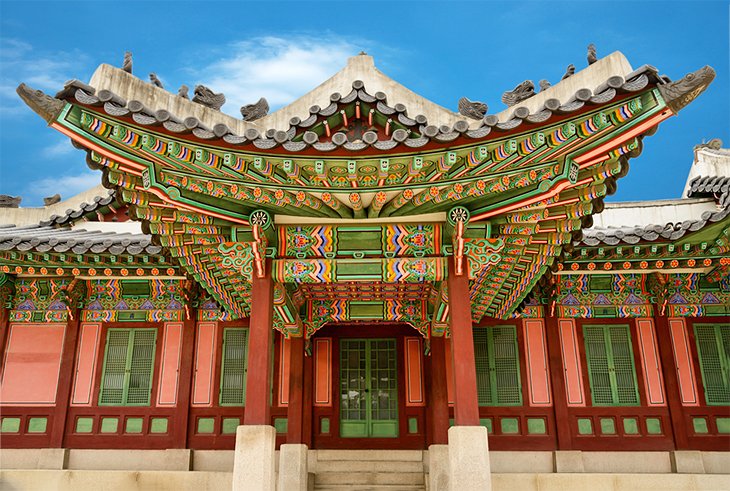
Of the five grand palaces built by the Joseon Dynasty in the 15 th century around Seoul, Changdeokgung Palace was always the preferred royal residence. It's where the king and royal family lived their daily lives.
The palace isn't just a single building, it's a complex of buildings, and each served a different purpose. Some are accommodations; some are libraries, dining rooms, and meeting rooms, among other uses. Be sure to spend some time in the 78-acre Huwon, or palace garden, located behind the palace. It's filled with pathways, green spaces, pagodas, streams, and lakes.
Address: 99 Yulgok-ro, Waryong-dong, Jongno-gu, Seoul, South Korea
Read More: Top-Rated Tourist Attractions in Seoul
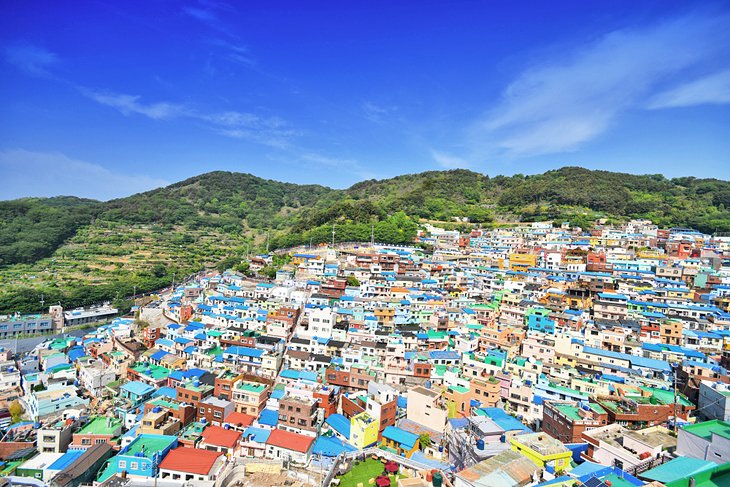
Did you know you can hit the beach in Korea? Busan is the second largest city in the country, and its coast is lined with some beautiful beaches and resorts. There's a lot of culture and history here, too. Be sure to visit the Beomeosa Temple and the hillside village of Gamecheon . Gamecheon is a European-style village on the cliffs above the sea, like Korea's version of Santorini.
Seafood lovers should be sure to visit Jagalchi Market , the country's largest commercial seafood market. Part of the market is open to consumers, and there are many small restaurants that will cook up your purchase, so you can eat it right here.
Getting to Busan is easy, it takes a little more than two hours from Seoul on Korea's KTX high-speed bullet train.
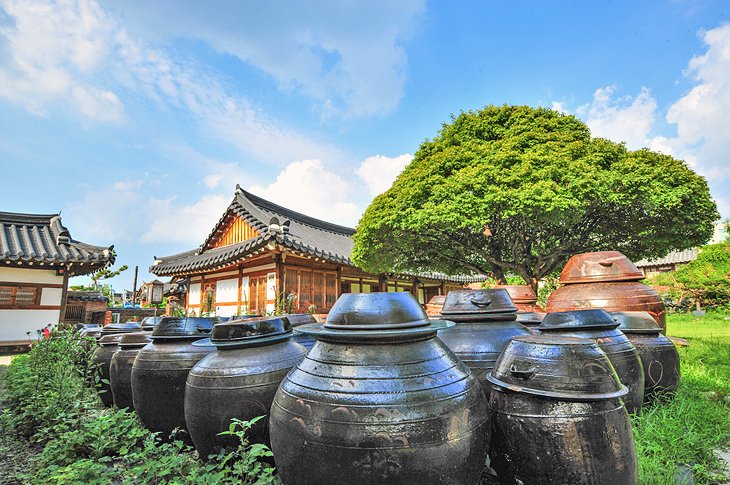
Jeonju is a very historic city, once the spiritual capital of the Joseon Dynasty, it's about 90 minutes by train from Seoul. It's home to many ancient temples and shrines along with a hanok village. These are found throughout Korea. They are preserved neighborhoods of ancient and old homes (hanoks), allowing visitors to get a feel for what life was like in ancient Korea.
Some of the homes in the hanok villages are open for tours, and others have been made into museums (and restaurants and lodging, too), but most remain private homes.
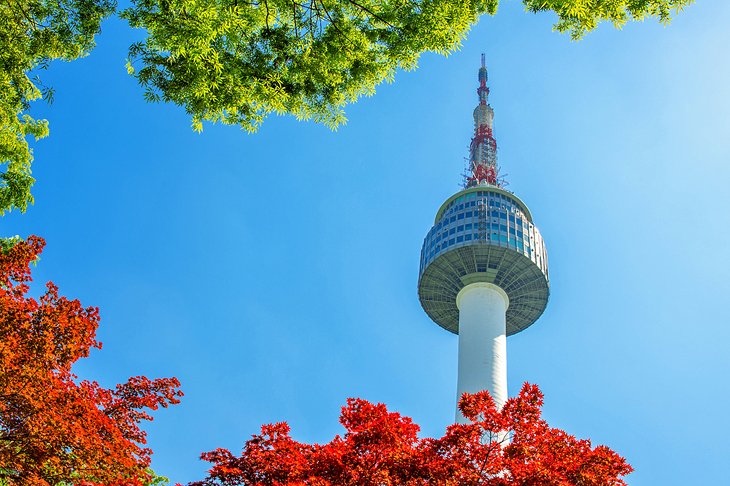
Yes, everyone visiting Seoul should go up in the city's iconic observation tower. Its position almost on top of a mountain, plus the height of the tower itself, gets you almost 500 meters above sea level and the city below.
But, leave some time to explore the surrounding mountain area. The tower is near the top of Mount Namsan, and the entire area is Namsan Park, which is run by the city. There are miles of hiking trails to explore, all within a few minutes of downtown Seoul.
The top levels of the N Seoul Tower include indoor and outdoor observation areas and restaurants. The exterior of the tower is covered in LED lighting, which is illuminated each night in seasonal light shows.
There's a cable car that takes you from the city (near Myeongdong) to the tower's base area. You can then hike from here. After climbing the mountain and riding on the cable car, leave time to explore the Namsan Hanok Village . These preserved historic villages, which are located all over Seoul and Korea, are re-creations of ancient Korean neighborhoods. This village includes five restored hanoks or traditional Korean homes.
Address: 105 Namsangongwon-gil, Yongsan 2(i)ga-dong, Yongsan-gu, Seoul
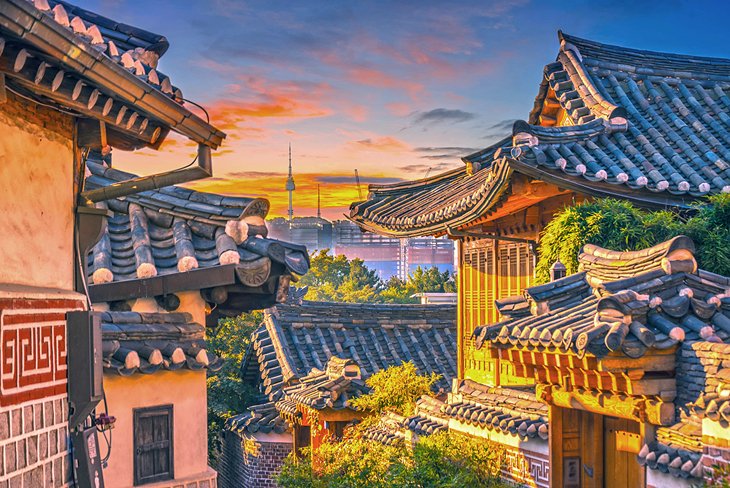
Hanok villages, which can be found in a few places in Seoul and around Korea, are living museums. They're restored and preserved ancient neighborhoods, some in their original location (like Bukchon) and some re-created with hanoks (traditional Korean homes) moved from elsewhere. They give visitors an opportunity to not only experience what it was like to live in a hanok, but also what it was like to live in Korea 600 years ago.
You can experience the tiny, narrow streets and also explore Korean culture, as many of the hanoks are museums or offer cultural demonstrations. Many are private homes, and some offer accommodations. That's what makes these village areas so special; they are true living history because many of the homes are privately owned and occupied by real local residents.
Bukchon Hanok Village is a popular place to explore, as it's right in central Seoul, in the area between the Gyeongbokgung Palace and the Changdeokgung Palace .
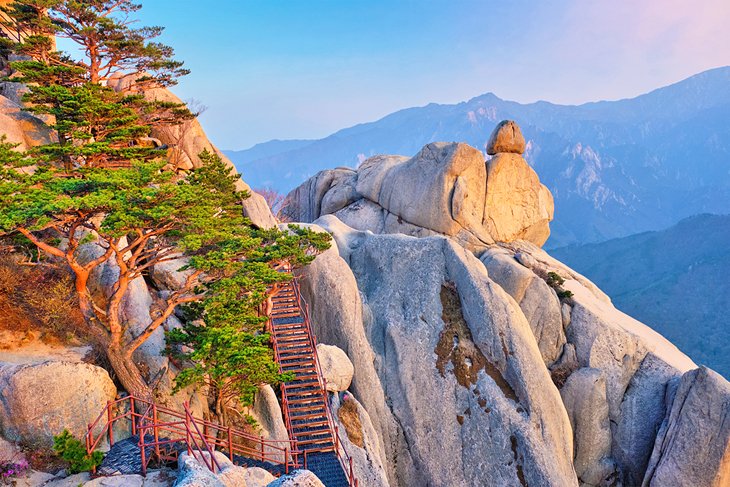
Like the Yosemite of Korea, this majestic natural wonderland (Korea's first national park) has mountains, lakes, waterfalls, streams, and miles of hiking trails that allow you to explore them.
This park is known for its natural diversity, as it has over 1,500 different animal species and over 1,000 different kinds of plants. There are also two Buddhist temples inside the park, one known as the " Temple of a Hundred Pools " due to all the ponds around it fed by mountain streams.
When you get tired of walking, there's a cable car that will take you up Seoraksan Mountain for some incredible views of the mountains and valleys. It takes about four hours by bus or three hours by car to reach the park from Seoul.
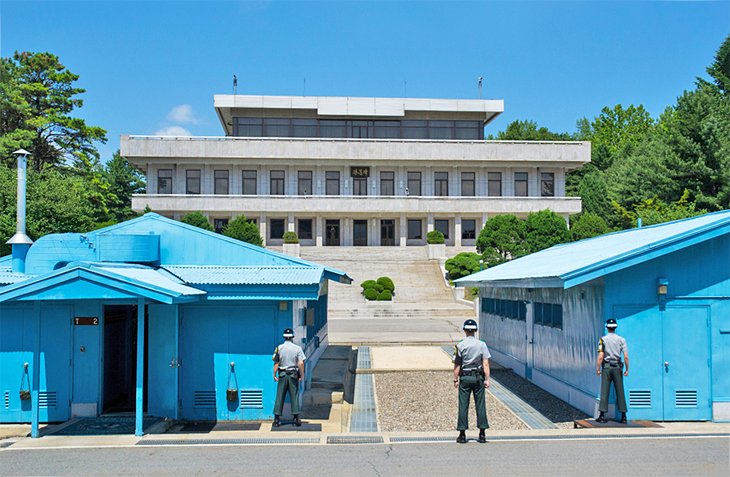
DMZ stands for demilitarized zone, and it's the no-man's land border between North and South Korea. Heavily guarded and mined, this strange area can be visited, but only on an official, guided tour. The official area is about four kilometers wide and is formally known as the JSA or Joint Security Area. It's probably the best place to visit in South Korea to learn about this conflict.
The No Shopping Half-Day Korean DMZ Tour from Seoul includes round-trip transportation from Seoul. Official DMZ tours include a visit to the 3rd Tunnel, dug by the North to facilitate an invasion of the South, and to the Dora Observatory, where you can look across no-man's-land into North Korea.
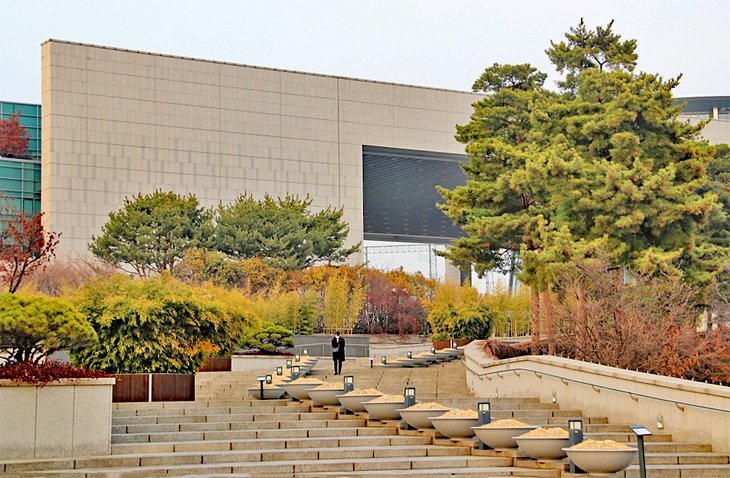
As a world capital, Seoul is filled with a lot of museums. The largest is the National Museum of Korea , and like the Met in New York, it's a place that really can't be explored in a single visit. The vast collection combines art, history, and archeology, presented to show the history of Korean culture and tell the story of the Korean people.
It's also an excellent attraction to see if you only have limited time in Seoul. The collection is beyond vast, as it goes back over a million years. It's fascinating, especially for families and kids as there's such a wide range of objects. Everything from Stone Age tools to modern artwork by Korean artists.
Address: 137 Seobinggo-ro, Seobinggo-dong, Yongsan-gu
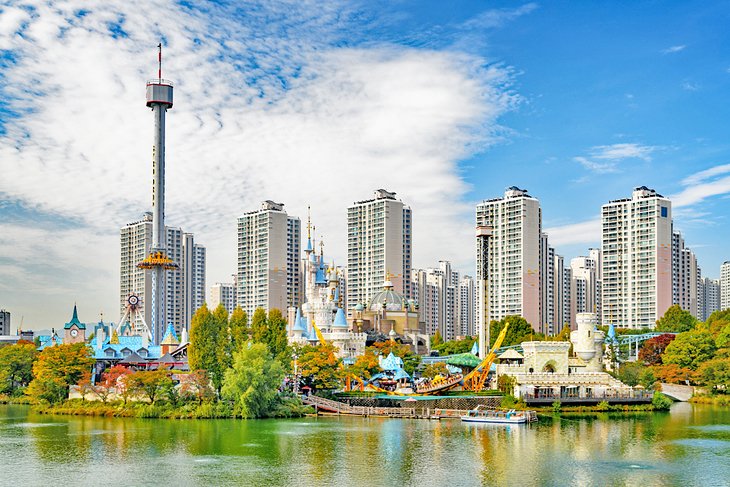
There's an amusement park right in the middle of downtown Seoul. It's a fun place to spend the day and a chance to immerse yourself in real Korean commercial culture. Lotte World includes a hotel, movie theaters (one with the world's largest screen), a folk museum with traditional performances, and other things to do like ice skating.
This theme park is at the base of the Lotte World Tower, the tallest building in South Korea and the fifth tallest building in the world. The tower has multiple observation areas and experiences, its own luxury hotel (the SIGNIEL SEOUL ), and a range of shopping and dining options inside.
A visit is fun for both kids and adults, and aside from the rides and attractions there's a lot of shopping and also artists' workshops and cultural performances to watch. There's the world's largest indoor theme park and an outdoor theme park area called Magic Island .
For a bigger, outdoor theme park experience, Everland is about 45 minutes outside Seoul and is Korea's version of Disneyland.
Address: Songpa-gu, Jamsil 6(yuk)-dong, Olympic-ro, 300, Seoul
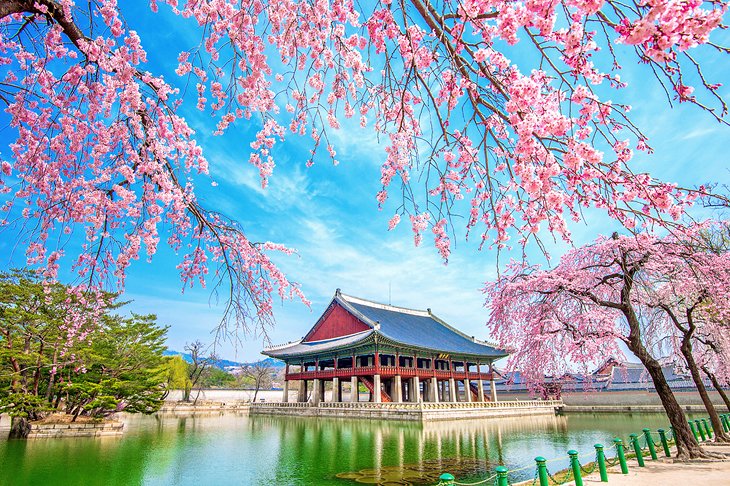
Also known as the Northern Palace, the large Gyeongbokgung Palace complex has gone through some incredible turmoil over the years. It was first built in 1395 during the Joseon dynasty, which built five grand palaces around Seoul. The palace has been bombed, destroyed, and rebuilt several times, occupied by the Japanese (first in 1592), and only finally restored in 1990.
Be sure to check out Gyeonghoeru Pavilion and Hyangwonjeong Pond , two of the remaining original structures from the Joseon period.
The palace compound can be explored on a guided walking tour . There are also two museums inside the grounds (the National Palace Museum and the National Folk Museum ), both worth a visit.
Address: 161 Sajik-ro, Sejongno, Jongno-gu, Seoul
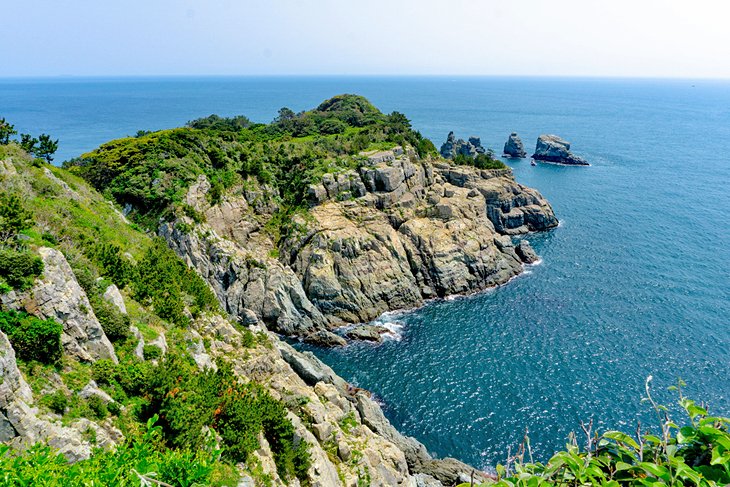
The ruggedly beautiful Hallyeo Maritime National Park includes miles of raw coastline on over 300 separate islands. Each has hiking trails with spectacular ocean and cliff views. The area also features a cable car, known as the Hallyeosudo Viewing Ropeway . It's the only dual-cable, automatic circulating gondola system in the country.
The ride is almost 2.4 kilometers long and takes nine minutes to reach the summit. You're rewarded with sweeping views of the countryside and coastline, including the Japanese island of Daemado. The park is about an hour by bus or car from downtown Seoul.
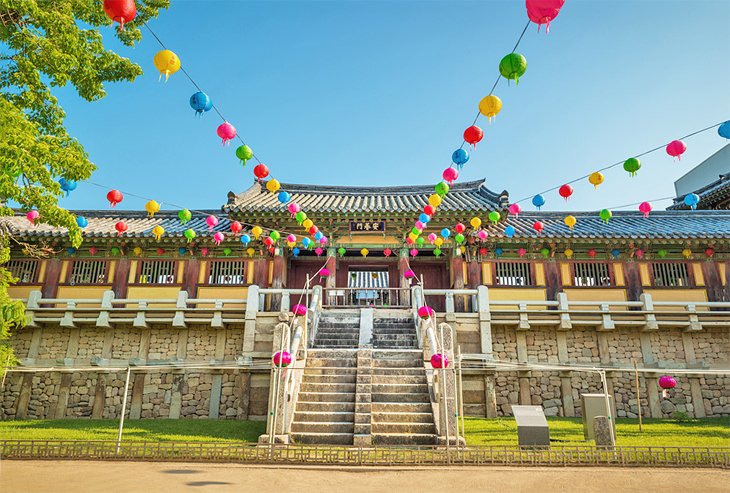
One of Korea's true must-see Buddhist temples, Bulguksa Temple is considered by many to be the country's most important. It's officially Historic and Scenic Site Number One as classified by the government. The temple is home to seven of the country's national treasures, sacred pagodas, and statues of the Buddha.
The temple is on the slopes of Mount Toham in Gyeongju, the ancient capital city of Korea. It's a city so historic, it's called a "museum without walls" due to all the historic sites and temples. Gyeongju is about two and a half hours from Seoul via the new KTX high-speed train.
Address: 15-1 Jinhyeon-dong, Gyeongju, Gyeongsangbuk-do
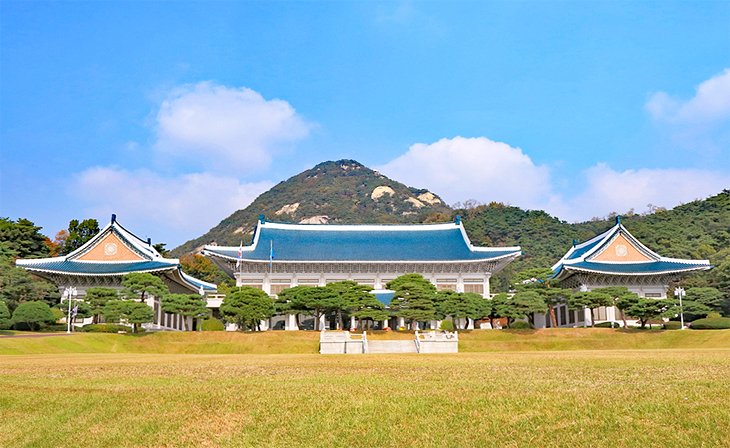
Named for the striking blue-tile roofs of its many pavilions and buildings, the Blue House, much like the White House, is the home of the Korean president. The very secure complex of buildings also houses many Korean executive government offices and official meeting sites. It's an interesting place to visit, as it gives you a behind-the-scenes look at modern Korean government and Korean formal culture.
A lot of what you see on the guided sightseeing tour are meeting rooms and official state reception rooms where foreign dignitaries are welcomed. Hour-long public tours are given, but you need to apply online in advance for a security check.
Address: 1 Sejongno, Jongno-gu, Seoul
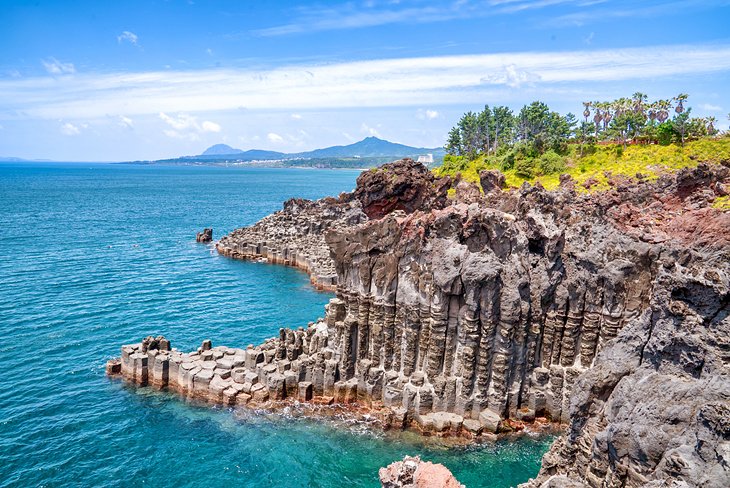
A very popular resort destination (think the Hawaii of Korea), this volcanic island is best reached via a quick hour-long domestic flight from Seoul. The island boasts beautiful beaches along with a lot of culture and history.
The highest mountain in South Korea (a dormant volcano called Hallasan) is here along with miles of giant lava tubes. The lava tubes, which can be explored, are natural air pockets in the hardened lava, the size of railway tunnels.
Be sure to visit Jungmun Beach to see the diving women. These are women who free dive hundreds of feet to catch different types of seafood. This tradition started centuries ago, when the local men were all out on fishing boats. The island also has hundreds of miles of hiking trails and a lot of hot springs and health spas.
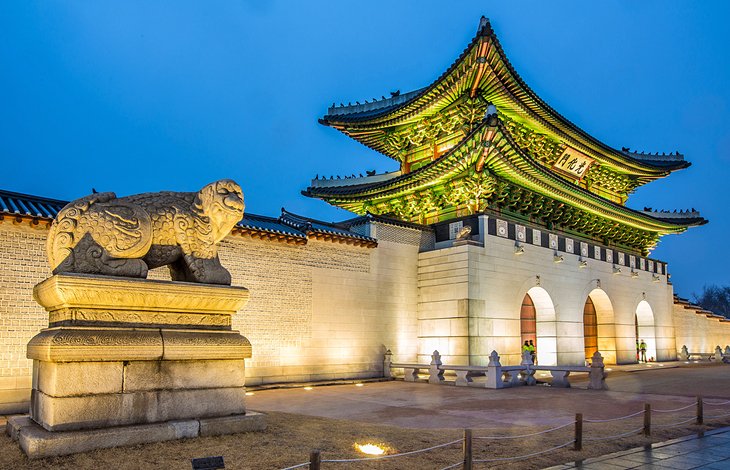
This attraction is a giant gate, formerly the opening in the fortress wall to the Gyeongbokgung Palace located within. It was originally built with the palace in the 15 th century but has been destroyed and rebuilt many times. Most recently in 2010, it was moved back to its original location in front of the palace and Gwanghwamun Square and restored with authentic materials using traditional techniques.
The previous restoration included concrete and other non-traditional construction techniques, but the new gate has been completely constructed with ancient techniques, using only native woods and handmade fittings.
Gwanghwamun Gate is home to the changing of the guards ceremony (performed since 1469), which happens daily (except Tuesdays) at 10am and 2pm. The area in front of the gate, Gwanghwamun Square, is a large public space often used for political and social demonstrations.
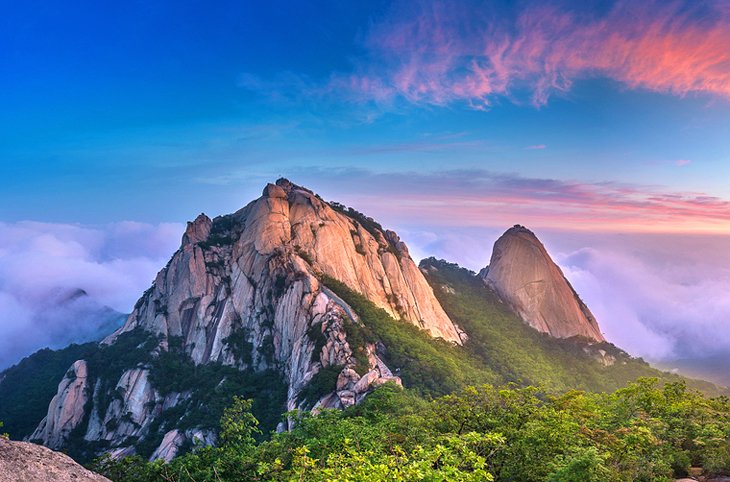
This ancient temple complex about 15 minutes from downtown Seoul offers both an authentic Buddhist temple experience (including a temple stay program) and a beautiful national park. The temple, which was first established at the site in 1,000 BCE, has several programs for visitors to learn about and experience Buddhism and the monk lifestyle.
The temple is a must-visit attraction for foodies, as they grow most of their own food on-site. The temple also prepares its own Korean specialties, like pickling kimchi in ancient, giant pottery jars. Jingwansa offers meals to the public (and extended overnight stays) and educational programs that show the sustainability of the ancient temple operation.
You can do a temple stay program, which includes an overnight visit, or just come for a meal (vegetarian) or to explore the buildings and shrines. You can also visit the area just to explore Bukhansan National Park , as the temple is inside it. There are miles of hiking trails and three peaks, which can be climbed. Aside from the mountains and forests and their spectacular scenery, there are also ruins of an ancient fortress along the hiking trails.
Address: 73 Jingwan-gil, Jingwan-dong, Eunpyeong-gu, Seoul
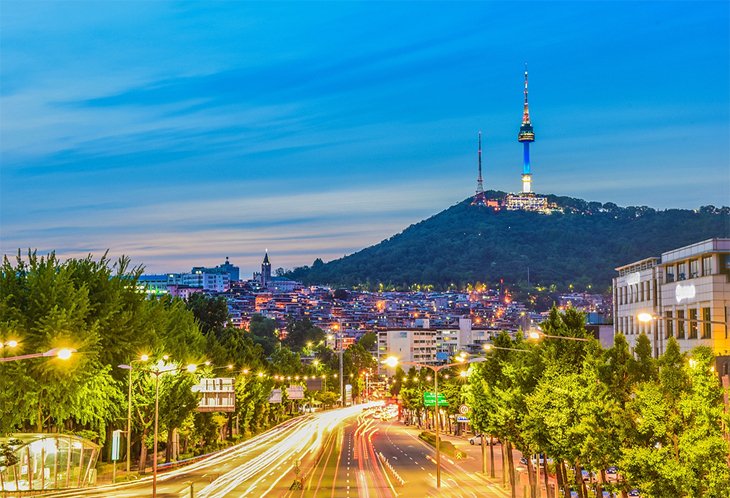
Yes, it's a touristy, ex-pat area filled with gift shops and street food, but the Itaewon neighborhood is a great place to just spend an afternoon wandering around. It's especially fun in the early evening, when residents also come out to grab dinner and people-watch. There's an energy here that defines the cosmopolitan city, and it's also a popular strolling spot for locals. You'll see a lot of Korean families, kids, and couples enjoying the shops and restaurants.
For those in search of authentic Korean food, this is not the place to come, but it is the place to come for international foods not widely available in Seoul. Things like Italian food, pizza, burgers, and American-style western barbecue.
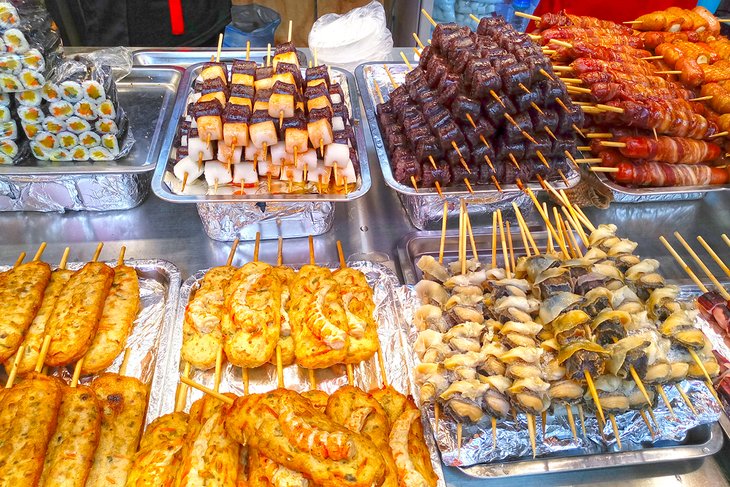
As one of the world's great food cultures, no visit to Korea is complete without enjoying some street food. The Gwangjang Market, in Central Seoul , is truly a foodie heaven on earth. The large covered market area is filled with multiple food stalls offering a complete array of Korean specialties. It's definitely one of the best places to visit in Seoul if you're hungry.
The cool thing about this market and most food markets in Seoul is that the majority of these food stalls are like little mini restaurants in that they have a row of stools and a counter, so you can sit and eat. It's also cool that most stands will offer you a free sample.
Stalls typically offer bindaetteok (mung bean pancakes), bibimbap (rice mixed with sauteed beef, vegetables, and gochujang red chili paste), gimbap (Korean sushi), sundae (blood sausage), tteokbokki (stir-fried spicy rice cakes), and various types of noodles.
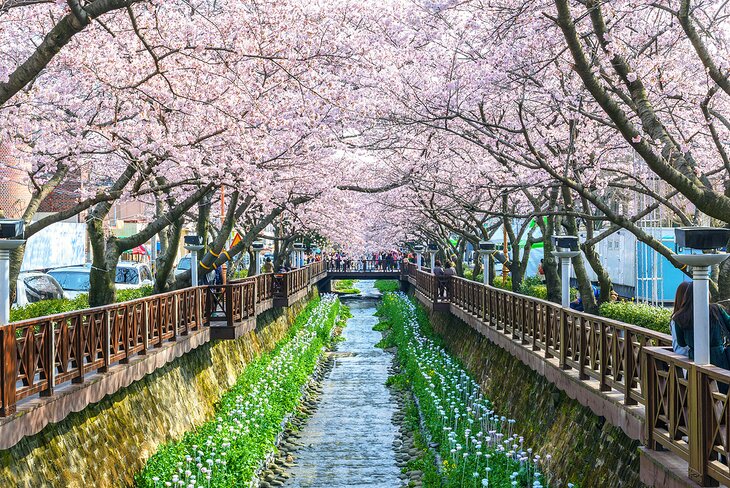
Boasting almost 400,000 cherry trees, some over 100 years old, Jinhae is the best place in Korea to enjoy cherry trees blossoming with flowers each spring. This small town, located along South Korea's southern coast, hosts the country's most popular annual cherry blossom festival. Over a million visitors a year come to Jinhae just to see the cherry blossoms.
Formally known as Gunhangjae (Naval Port Festival), the Jinhae cherry blossom festival takes place in late March or early April, depending on when the trees are in flower. Head to Yeojwacheon stream and Jinhae's Gyeonghwa train station for some of the best blossom viewing. You can also enjoy the festival's food markets, public art installations, and live performances.
Getting from Seoul to Jinhae is easy via South Korea's high-speed ATX train — the journey takes just under three hours.

- Skip to main content
- Skip to primary sidebar
Wander with Jin
The Seoulo Wanderer
in Korea Travel Guide · August 15, 2022
2022 Travel Guide and Tips to South Korea
Sharing is caring!
First-time traveler to South Korea? Here’s the 2022 travel guide and tips to South Korea that might help you before traveling.
Due to the pandemic some of the borders have been closed for tourism but this year some countries opened the gates to allow visitors just like South Korea. Everyone was happy to hear the good news and some of my friends have planned their trip here.

I’ve been seeing some questions on how to apply for a visa, do I need a PCR test before departure and arrival, what to bring and etc. These are some of the things that a first-time traveler asks. That’s why I wanted to write some travel guides and tips for them. Especially this 2022 when travel restrictions change from time to time.
Since I am not an expert on this, I asked some friends who recently traveled here to South Korea. These pieces of information are based on their experiences and I’m hoping that these things might help you on your first-time travel.
This site contains affiliate links to products. I may receive a commission for purchases made through these links. Support my blog here .
Table of Contents
What do I need before traveling?
Before anything else, a traveler must have a valid passport, approved visa, and a round-trip ticket. Since it is a pandemic an antigen test is required before departure. These are the most important thing a traveler must have before traveling and the rest will come next.
Requirements/Application process for visa
Check the complete list of requirements before applying for a visa. Prepare and may personally apply for it at the embassy or under a travel agency.
For visa requirements, you may check the list here: Tips and Guides for Korean Visa Requirements
According to Unica Mae, she directly applied for a visa at the embassy and got approved after 5 days. She is currently employed and prepared the following documents: Certificate of Employment, ITR, Bank Certificate, Bank Statement, application form, passport, 1pc passport size picture, and Birth certificate.
Some travelers don’t have enough time to visit the embassy and apply personally that’s why they choose to apply under a travel agency. For the first-time traveler, better check if the agency is accredited or not to avoid being scammed.
Do I need an Antigen test?
For travelers, a Rapid Antigen Test (valid for 24 hours) and negative results are required before departure. It costs around 700 pesos and you may take the test the night before your flight.
Upon arrival, an RT-PCR test (valid for 48 hours) is also required at the airport which cost about 80,000 won. For travelers, for less hassle, I suggest taking the PCR test at the airport instead of taking it outside the airport.
Also, children (under 6 years of age) are not required to present a PCR test result but require to take an RT-PCR test upon arrival at the airport. Remember that test results should be written in English or Korean.
Hotel Booking + Itinerary

Hotel reservation is also important so better prepare it before your flight because the officers might check this at the Immigration window. Another thing is, that check-in time in hotels and guesthouses is usually 3:00 pm. Hotels have their 24-hour front desk but guesthouses don’t. So better pick daytime arrivals to avoid panicking especially when traveling from Incheon to Seoul.
Another tip when you are arriving late at your guesthouse it is better to ask for the password at the front door and note to leave your key at the front desk.
For hassle-free, prepare an itinerary of the places you want to visit, things you want to do, and what you want to eat. This is very helpful as you can manage your time and enjoy traveling without any problems.
I’ve also visited a friend who came from Canada and staying in a Hanok Guesthouse. The Hanok Guesthouse Suni is not that visible to the eye but when you enter the Hanok guesthouse is so beautiful. It feels like home! The owner of the guesthouse is very accommodating and they speak English well. They welcome their guests so warmly and they are very friendly. If you are interested in staying in a Hanok Guesthouse, you may check and book here at Hanok Guesthouse Suni located in the neighborhood of Dongseongdong in the district of Seongbuk-du. It is near Sungshin University and Subway Line 4 and for me, it is a perfect place to stay. There are a lot of restaurants and shops too!
What to bring?
What to bring during travel is also one of the main problems of some travelers. There’s a traveler who loves to bring all her stuff that looks like she/he’s transferring to a new house. There’s this traveler also who loves to travel light and only pack what’s important.
Clothes and Shoes

If you are traveling to Korea, better check the season for you to be able to prepare the correct clothes and shoes that you need especially during winter. Summer in Korea is different from the Philippines which is why more light clothes and comfortable to wear are perfect.
Walking in Korea is also a trend so if you wish to walk a lot, comfortable shoes are best to bring. But if you are preparing for OOTD I suggest you try the mix-and-match outfits to lessen your baggage.
Sunblock and Umbrella
If you’re visiting during summer, expect some rain since summer in Korea is also the rainy season. Sunblock is a must too to avoid sunburn.
Type C Adapter

Korea uses a round type of socket which is known as Type C . In the Philippines, most gadgets and appliances have a Type A (two flat parallels) socket. To avoid hassle on your gadgets better bring an adapter although you can also find some in Daiso and electronic shops. But it is more convenient and hassle-free if you prepare one in advance.
Personal Things (upon Emergency)
For travelers who have some allergies or any medical condition better bring your personal medicines with you. For someone who can’t speak Korean well, buying some medicine is a bit annoying. Either you’ll get the right prescription or receive the wrong one.
Korean Sim card/Wifi Rental
Upon arrival at the airport, it is best to get a Korean sim card. This is also one of the important things that a traveler in South Korea must have. There are free wifi’s but some connection are not that stable. You can choose from Unlimited Data for 30 days or Unlimited Data + phone calls for 30 days if you need to receive and send voice calls.
You can buy it upon arrival or book it online. Whatever is convenient for you is fine.
Transportation Card/ Seoul Discover Pass
A transportation card is also important so better get one at the airport. Instead of paying cash, it is easier to tap your card whenever you take a taxi, bus, subway, or KTX. Also recharging is very convenient since you can recharge at subway stations and convenience stores.
But if you want to get a free pass and discounts on Seoul’s representative tourist attractions you can also use Discover Seoul Pass. You can enjoy a discount ticket for 100 tourist attractions within 24/48/72 hours.
Traveler’s Survival Kit
Basic Korean and some phone apps are the best traveler’s survival kits in South Korea. So better download them on or before you arrive.
Phone Apps to Download

Well, before traveling to Seoul for your one-month stay it is best to download the needed apps in advance for you to study how to use them. Here are the phone apps you need to download.
- Kakao Metro – Kakao Metro is an app that I use for the Seoul Subway. It’s easy to navigate and it also teaches you the nearest platform to the exit or when you need to transfer to another subway line. It also shows how many minutes and hours is the travel time.
- Naver Map/ Kakaomap – This is also needed to avoid being lost. Aside from that, you can also check here the nearest station, bus stop, cafes, restaurants, and others.
- Kakao Bu s – So if you plan to take the bus to Seoul for transportation you can download the Kakao Bus. This app shows the arrival time of buses and bus stops.
- Naver Papago – Not all people who live in Korea speak their mother tongue so downloading a translation app like Naver Papago is highly recommended.
- Kakao Taxi – Kakao Taxi is very convenient to use when you want to ride a taxi because you can set the starting point, and dropping point and you can also see the estimated amount that you need to pay. For Kakao Taxi, you need a Kakao account to use it.
Learn Basic Korean Words
Well, when you plan to live in Seoul for a month you should be ready for some basic Korean words like greetings (안녕하세요 ( Annyeonghaseyo ), 안녕히 가세요 (Annyeonghi gaseyo) , 안녕히 계세요 (Annyeonghi gyeseyo) , saying thank you 감사합니다 (kamsahamnida) , saying sorry 죄송합니다 (joesonghamnida) .
When you are invited to eat at a friend’s house you say 잘 먹겠습니다 ( Jal meokkesseumnida ) before eating and 잘 먹었습니다 ( Jal meogeotseumnida ) after eating.
When you want to buy something and you want to know the price you’ll say 얼마 예요 (Olma yeyo?). When you are lost and you don’t know where you are you can ask 여기 어디예요 (Yeogi eodiyeyo?) Whenever you want to receive something or you want to buy something you can also say 이거 주세요 (Igeo Juseyo).
There are so many words that I wanted to share but it will be a long list to better get a Korean book that is easy to read and understand.
Did you like this post? Pin it!

Did this article helpful to you? Support my blog with a cup of coffee!
I hope this 2022 travel guide and tips for South Korea will help you to have a safe, less hassle, and enjoyable trip.
사랑, Hyejin
P.S. Let us connect with each other! Find me on Facebook , Instagram , Twitter , and Pinterest . You can also contact me by using this contact form .
Reader Interactions
August 16, 2022 at 8:38 am
This is very helpful information. easy to understand
August 18, 2022 at 12:41 pm
Laking tulong ng portable wifi.. nakakabili siya sa mga travel sites na pwede mo kunin sa airport pag lapag
August 18, 2022 at 1:28 pm
very timely ang travel guide and tips now that Korea has re-opened. I am looking forward to seeing tourists’ photos. Korea is such a fast-moving country, they change the landscape fast and always better than before.
September 1, 2022 at 5:54 pm
Super helpful especially with the apps! I know the Koreans are fond of using their own systems. Also the adapter. I don’t think we use Type C around here at all. I’ve not seen one yet.
September 1, 2022 at 8:47 pm
Love this travel guide and tips! Been wanting to travel sa south korea! Save ko to for future travel plan.
September 2, 2022 at 11:15 pm
thank you so much for sharing momsh! we are interested in visiting SoKor soon but still on a deciding stage.. at least i have an insider idea. good thing walang quarantine!
October 30, 2022 at 3:48 pm
I like reading your blog coz you feature places that not every Seoul traveler has featured. Are there any new travel updates available? I would love to visit South Korea and hope they make the visa application easier.
Leave a Reply Cancel reply
Your email address will not be published. Required fields are marked *
Save my name, email, and website in this browser for the next time I comment.
Notify me of follow-up comments by email.
Notify me of new posts by email.
This site uses Akismet to reduce spam. Learn how your comment data is processed .
wanderwithjin

South Korea’s New Tourism Campaign With 161 Million Views Online Already
Lebawit Lily Girma , Skift
October 4th, 2021 at 10:45 AM EDT
Show, don't preach — that's what other destinations can glean from Korea's viral campaign.
Lebawit Lily Girma
When Covid hit, South Korea stood out of the pack in its handling of the pandemic, thanks to its past experience in handling the Middle East Respiratory Syndrome. Its rapid response with drive through testing, tracking and tracing helped to flatten the curve and keep businesses open until late 2020.
Like many countries, however, multiple surges of the virus eventually led to stricter restrictions , though South Korea has still managed to keep its death toll below 3,000. Remaining closed to tourism for over a year resulted in $33.3 billion in lost inbound revenue, or a 45.4 percent drop in contribution to gross domestic product, plus 84,000 jobs lost, according to the World Travel & Tourism Council . While devastating, the impact was lower compared to regional neighbors and at a global level, thanks to the government’s stimulus payments and support of businesses and workers.
But even as a fourth wave hit in recent weeks, the future looks brighter for South Korea’s tourism economy. The population’s full vaccination rate has reached 63 percent so far, and its reopening in September — to an initial 49 visa-free countries — brought 15,500 tourists , of whom 68 percent came from the U.S., followed by Europe.
If Visit Korea ’s newest campaign is any indication, then those tourist numbers are likely to keep rising and drawing more intrepid travelers in the coming months going into 2022. So far, “ Feel the Rhythm of Korea ” — a series of eight videos showcasing the traditional and modern facets of ten Korean destinations to an original soundtrack of K-pop and folk music — has reached 161 million views on Youtube, with numbers continuing to climb for what is possibly the most successful single global tourism recovery campaign to launch since the pandemic.
“Each clip not only shows the existence of tradition and modern, healing, and cultural heritages, but also sensationally shares the distinctive lifestyle of Koreans,” said a release from the Korean Tourism Organization , adding that the campaign is a sequel to last year’s campaign effort, and that the soundtrack was produced by Korea’s renowned hip hop label AOMG and Higher Music. The songs also released on Spotify.
In a clear departure from recent messaging focused on safety and preaching responsible travel, South Korea’s campaign is a clever, energy-packed message for travelers as to what makes the destination stand out from a cultural and outdoor standpoint, whether it’s Seoul’s vibrant fashion-clad streets and residents of all ages, or Korea’s surfing towns and islets contrasting against its rural daily life scenes.
The K-pop music that has become global and a driver of tourism only helps to further cement the campaign’s appeal — a sound that continues to rise in popularity in spite of heightened scrutiny on the genre coming out of the racial reckoning movement in 2020.
Korea might just be on to something when it comes to standing out of the pack as long-haul international travel returns, with messaging that shows rather than tells how to embrace all things local and return to the love of exploration. The kind of travel experience that even masks can’t take away from.
The Daily Newsletter
Our daily coverage of the global travel industry. Written by editors and analysts from across Skift’s brands.
Have a confidential tip for Skift? Get in touch
Tags: coronavirus recovery , south korea , tourism campaigns
Photo credit: South Korea showcases rural and modern landscapes in its new campaign, to blended K-pop and folk music. Courtesy of Korea Tourism Organization / KTO
- 13 Reasons to Visit Ethiopia
- 18 Reasons to Visit Peru
- Places to Go in Tokyo, Japan for Anime and Manga Fans
- 25 Reasons to Visit Mexico
- 10 Places To Visit In Botswana
Travel with Lindela
Be informed with the latest news in the travel industry

Finally, We Can Travel To South Korea Again Starting June 1!
Annyeonghaseyo we’ve got some excellent news for you: finally, South Korea allows tourist travel again starting June 1!
After years of just settling for k-dramas, k-pop playlists, samgyeopsal, and virtual concerts, you can now achieve your Hallyu dreams once again as South Korea resumes its processing service for all types of visas starting June 1, 2022.

According to the notice posted by the Korean Embassy in the Philippines, this includes a tourist visa, which means we can start our travel goals again and finally book that much-awaited flight to the land of oppas and unnies.
In the notice, multiple entry visas issued before April 5, 2022, which have not expired yet, may still be used without reapplying. There is also no need for Consent to Isolation as well.
However, quarantine health protocols should still be observed and COVID-19 testings are still required in the following scenarios:
- Passengers must present a negative PCR test issued within 48 hours or a negative RAT certificate within 24 hours before the intended departure date.
- Unvaccinated passengers should undergo quarantine, while vaccinated passengers shall be exempted.
- Register via Q-CODE for the online vaccination before your departure.

Q-CODE is their Quarantine Information Advance Input System, where you’ll need to fill in your details to get a QR code before your departure. It’s just an 8-step application that includes your consent to the Terms and Conditions, passport info, quarantine info, and health details.
You may also learn more about the mandatory quarantine by visiting this link for more details.
Upon the resumption of visa processing in South Korea, the embassy hopes to “promote people-to-people exchanges between Korea and the Philippines through tourism.”
If it isn’t obvious yet, a lot of Filipinos are very fond of Korean culture. From the OG K-dramas that made us cry and laugh (Endless Love and Full House fans, where you at?!), the global sensation that is K-Pop (Super Junior to BTS stans, raise your hands!), up to the food we can’t deny the fact that K-culture really influenced people of all ages in so many ways.
Over the years before the pandemic began, the number of Filipino tourists going to Korea kept increasing in numbers, as more than 50,000 weekly seats on international flights were being filled. Adding to that, one of South Koreans’ favorite tourist destinations in the Philippines, with the latter expecting 2 million tourist arrivals in late 2019 – thanks to the increased number of airlines and flights and tourism cooperation details between the two countries.
With South Korea welcoming tourists again this year, we wonder, what are your dream destinations in the country? Are you the type to travel laidback and want to experience Jeju? Want to explore emerging destinations such as Busan? Or do you want to shop till you drop in South Korea’s Myeongdong?
Are you excited to travel again?
Source: https://bit.ly/3NvPehh
- Chile will reopen Easter Island to tourists in August
- Greece scrapped inflight & outdoor Mask requirement this Summer
You May Also Like

Phuket, Thailand aims to open tourism without quarantine.

The Philippines continues to be the world’s top diving destination.

10 hotel trends that travelers are likely to observe in 2021
- Asset Managers
- Fund Finder
- Asia Outlook 2024
- Asia Bonds – the time is now
- Asian stock exchanges
- China A-Shares: All investors need to know
- China bond fund: China’s bond market becomes investable

Select your geography

by clicking a geography button, you agree to abide by terms and conditions listed herein .

Charting the growth of South Korea’s tourism industry
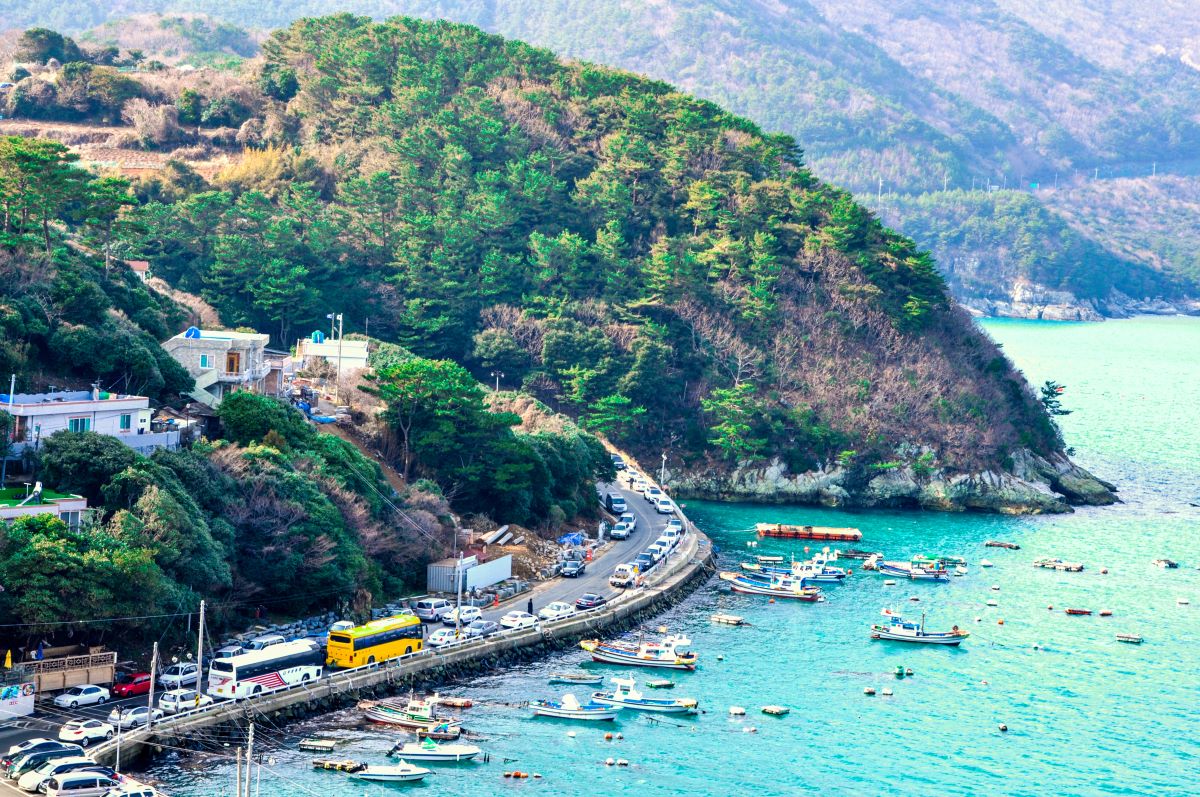
As the world emerges from the shadows of the Covid-19, South Korea’s tourism sector is witnessing a remarkable rebound. Renowned for its breathtaking landscapes, the nation is strategically leveraging a diverse array of events to attract tourists in 2023.
Notable among these are the Seoul Lantern Festival and the 2023 K-Link Festival featuring popular K-Pop stars. Also, the country will host the 2024 Winter Youth Olympics next year.
Besides, the country’s distinctive culture, blending the contemporary appeal of K-pop with the timeless charm of traditional arts, has captured the attention of a global audience. This cultural magnetism forms a sturdy foundation for enterprises within the country’s flourishing tourism sector.
Before the onset of Covid-19, South Korea recorded 17.5 million visitors in 2019 . Notably, a record-breaking $21.5 bn was reported in 2019 for tourist expenditures in South Korea, with an average spending of $1,230 per visitor.
However, the pandemic negatively impacted South Korea’s tourism for nearly two years. In 2021, only about 967,000 foreign tourists ventured into South Korea. However, the numbers nearly tripled to approximately 3.198 million in 2022. The positive trajectory continues into 2023, with an estimated 6.5 million foreign tourists visiting the country from January to August, as per government data.
Additionally, the country’s tourism market, currently valued at $35.8 mn, saw international tourist arrivals rise above 1 million in July. This happened for the first time since the start of the Covid-19 pandemic. Subsequently, in September, the growth rate for tourist arrivals was 227.3%, amounting to 1.094 million foreign tourists.
Asian Market Insights
Exclusive news, analyses and opinion on Asian economies and financial markets
Email Address*
Exklusive News, Analysen und Meinungen zu den asiatischen Finanzmärkten
“South Korea’s tourism sector has been strengthening during 2023 and is expected to show further improvement during 2024, as international tourist travel in the Asia-Pacific region continues to recover,” says S&P Global .
Government measures driving South Korea’s tourism sector
Experts believe that a rebound in South Korea’s tourism industry has been facilitated by a series of government measures aimed at boosting the sector. This year, South Korea has allocated significant financial resources to support tourism-related initiatives.
To promote domestic travel, the government plans to subsidise local trips for employees of small and mid-sized firms. Lowered railroad fares and discount coupons for popular tourist attractions are also set to further incentivise travel.
Moreover, the 6th Master Plan for Tourism Development (2023-2027) by the government delineates a strategic framework aimed at the expansion of the tourism sector. To enhance tourism exports, the plan recommends diversifying the inbound market and integrating promotional activities with K-culture. The government’s 2024 tourism budget of 1.36 tn won ($1 bn) will focus on drawing foreign tourists to the land and plugging in the tourism deficit.
“Seoul’s government has announced measures that will ease travel restrictions and is targeting 30 million tourists by 2027…. (it) intends to achieve this number through digital tourism platform services and Korean-content storytelling tour programs, featuring cities such as Gyeongju, Jeju City, Suwon, Busan, Chuncheon, and, of course, the capital Seoul,” says GlobalData .
Looking ahead, South Korea’s tourism market is expected to expand at a CAGR of 8.10% between 2023 and 2028, amounting to $77.7 mn, as per Future Market Insights . The market research firm also informs about a few challenges facing South Korea’s tourism.
“Due to a few factors, it can be difficult to promote South Korea’s tourism market…Political tensions spurred on by unsolved problems with neighbors like North Korea, China, and Japan have made this region a potential hotspot that could suddenly erupt,” it adds. Along these lines, South Korea’s reliance on Chinese and Japanese tourists for a significant portion of its international arrivals can pose significant challenges in the future.
Related Articles
After elections in South Korea: major policy shifts unlikely
South Korean Economy
Shipbuilding industry in South Korea stands strong on global footin...
How China’s role in the global supply chain is shifting
How Japan’s chip industry is working on its renaissance
The pet economy in Asia is becoming big business
Taiwan earthquake shows once more how vulnerable the global chip su...

- Investments
- Terms and Conditions
- Legal Notice
- Privacy Policy
- Cookie Policy
Find us on social

- Privacy Overview
- Strictly Necessary Cookies
- 3rd Party Cookies
This website uses cookies so that we can provide you with the best user experience possible. Cookie information is stored in your browser and performs functions such as recognising you when you return to our website and helping our team to understand which sections of the website you find most interesting and useful.
Strictly Necessary Cookie should be enabled at all times so that we can save your preferences for cookie settings.
If you disable this cookie, we will not be able to save your preferences. This means that every time you visit this website you will need to enable or disable cookies again.
This website uses Google Analytics to collect anonymous information such as the number of visitors to the site, and the most popular pages.
Keeping this cookie enabled helps us to improve our website.
Please enable Strictly Necessary Cookies first so that we can save your preferences!
Situation in Haiti April 13, 2024
U.s. citizens in haiti, update april 12, 2024, information for u.s. citizens in the middle east.
- Travel Advisories |
- Contact Us |
- MyTravelGov |
Find U.S. Embassies & Consulates
Travel.state.gov, congressional liaison, special issuance agency, u.s. passports, international travel, intercountry adoption, international parental child abduction, records and authentications, popular links, travel advisories, mytravelgov, stay connected, legal resources, legal information, info for u.s. law enforcement, replace or certify documents.
Before You Go
Learn About Your Destination
While Abroad
Emergencies
Share this page:
South Korea
Travel Advisory July 24, 2023
South korea - level 1: exercise normal precautions.
Reissued with obsolete COVID-19 page links removed.
Exercise normal precautions in South Korea.
Read the country information page for additional information on travel to South Korea.
If you decide to travel to South Korea:
- Enroll in the Smart Traveler Enrollment Program (STEP) to receive Alerts and make it easier to locate you in an emergency.
- Follow the Department of State on Facebook and Twitter .
- Review the Country Security Report for South Korea.
- Visit the CDC page for the latest Travel Health Information related to your travel.
- Prepare a contingency plan for emergency situations. Review the Traveler’s Checklist .
Embassy Messages
View Alerts and Messages Archive
Quick Facts
Must be valid at time of entry
One page per stamp
No – From April 1, 2023, to December 31, 2024, the Korean Electronic Travel Authorization (K-ETA) is not required for US citizens traveling for short-term business or tourism purposes.
Embassies and Consulates
U.s. embassy seoul.
188 Sejong-daero, Jongno-gu, Seoul 03141, Korea Telephone: +(82) (2) 397-4114 (from within Korea, dial 02-397-4114) DSN:721-4114 Fax: +(82) (2) 397-4101 Email: [email protected]
U.S. Consulate in Busan
Lotte Gold Rose Building #612, Jungang-daero 993, Jin-gu Busan 47209, Korea Telephone: (+82) 51-863-0731 Email: [email protected]
The Embassy and Consulate are closed on weekends and on American and Korean holidays . Emergency After-Hours Telephone: +82 (2) 397-4114.
Destination Description
Learn about the U.S. relationship to countries around the world.
Entry, Exit and Visa Requirements
- You must have a valid U.S. passport to enter Korea. From April 1, 2023, to December 31, 2024, the Korean Electronic Travel Authorization (K-ETA) is not required for US citizens for stays of 90 days or less that are for tourism or business purposes.
- Visa required for all other purposes, including employment, teaching English, and for stays longer than 90 days.
Exceeding your authorized stay or not possessing a valid visa may result in detention and fines.
- In the event of an overstay, apply for a visa extension from the Korea Immigration Service (KIS) before attempting to leave the country. Also consult with KIS regarding changes in visa category.
Military Personnel/DOD and their families on orders:
- Consult DOD Foreign Clearance Guide , and follow all instructions.
- Enter Korea with DOD identification and travel orders.
- Do not transit other countries such as China without a passport and appropriate visas.
- Family Members/Dependents of Military Personnel/DOD on orders must present upon arrival passports valid for at least six months .
U.S. Government Executive Branch personnel on official business and DOD personnel assigned to the U.S. Embassy (Including family members/dependents):
- Employes assigned to Mission Korea should enter Korea with a diplomatic or official passport and a diplomatic or official Korean visa obtained through their sponsoring agency. Check with your sponsoring agency about other requirements.
- TDY visitors traveling to Korea for up to 90 days on diplomatic or official passports do not require Korean visas and do not require a K-ETA. TDY visitors must obtain country clearance using Department of State's eCC system or DOD APACS system .
HIV/AIDS Restriction: The Department of State is unaware of any such entry restrictions for visitors or foreign residents in Korea.
- Visit the Embassy of Korea website for current visa information. Please read our Customs Information page .
COVID-19 Requirements :
- There are no COVID-related entry requirements for U.S. citizens.
- Travel regulations and restrictions are subject to change, sometimes with little notice. You should review the information available on your nearest Korean Embassy or Consulate’s webpage before traveling.
Safety and Security
Public Demonstrations: Demonstrations and rallies are common in South Korea, particularly near the U.S. Embassy, Seoul City Hall, and areas surrounding military installations. You should avoid areas where demonstrations are taking place and exercise caution in the vicinity of any large gatherings, protests, or rallies. Even demonstrations intended to be peaceful can turn confrontational and escalate into violence.
North Korea (The Democratic People’s Republic of Korea, DPRK): An armistice agreement, monitored by the United Nations, has maintained general peace on the Korean peninsula since 1953. Tensions occasionally flare up because of provocative acts by North Korea, including ballistic missile and nuclear tests and limited armed incursions into ROK-held territory. Some provocations have escalated into geographically limited skirmishes. South Korea routinely conducts military training exercises and civil defense drills. North Korea often issues strongly-worded and threatening messages, frequently in connection with these exercises. Please see our Fact Sheet on North Korea .
Weather-related Events: Heavy rains and flooding may occur during the June - August monsoon season or the May - November typhoon season. See general information about natural disaster preparedness at the U.S. Federal Emergency Management Agency (FEMA) website.
Enroll in the Smart Traveler Enrollment Program ( STEP ): To receive security messages by email and make it easier to locate you in an emergency, register in STEP.
If the Embassy becomes aware of any specific and credible threat to the safety and security of U.S. citizens, we will inform you through our website, social media, and email.
Crime: For most visitors, South Korea remains a very safe country. Common crimes occur more frequently in major metropolitan areas, tourist sites, and crowded markets.
- Take routine safety precautions.
- Pay attention to your surroundings.
- Report any concerns to local police.
Violent crime is not common; however, remain vigilant:
- Exercise caution in crowded entertainment, nightlife, and shopping districts.
- If traveling at night, consider traveling in groups.
- Use legitimate taxis or public transportation only.
Victims of Crime: Call 112 for emergency assistance or to report a crime to local authorities. Call 02-397-4114 to contact the U.S. Embassy. We can:
- Help you find appropriate medical care;
- Assist you in reporting a crime to police;
- Contact relatives or friends on your behalf;
- Explain Korean judicial procedures in general terms;
- Provide an emergency loan for repatriation to the United States and/or limited medical support in cases of destitution;
- Help you find accommodations and flight arrangements to the United States;
- Replace a lost or stolen passport.
Sexual Assault: The Embassy regularly receives reports of sexual assault from U.S. citizens. Most cases involved young women assaulted by acquaintances they met on social media, dating, or messaging apps. Alcohol is often involved, and Korea’s low overall crime can create a false sense of security. Specialized hospital units and police are available in South Korea to assist victims, however services in English and responsiveness to the crime are not always consistent. In general, sex crimes are not punished as harshly in South Korea as in the United States and the road to prosecution is a challenging one for victims.
Domestic Violence: Victim’s assistance resources or battered women’s shelters exist in Seoul and other urban areas but may be limited in rural areas. Most are government administered and require a police referral. Call 112 for emergency assistance or 1366 to reach Korea’s 24-hour domestic violence hotline. Victims may also contact the Embassy, tel. (+82) 2-397-4114.
Lost or Stolen Passports: If your passport is stolen, file a report at the nearest police station.
Don't buy counterfeit and pirated goods, even if widely available. It is against South Korean law to purchase these goods and against U.S. law to bring them into the United States. The Computer Crime and Intellectual Property Division in the U.S. Department of Justice has more information.
Avoid fraud and scams: See Department of State and FBI websites for more information.
Tourism: The tourism industry is generally regulated and rules with regard to best practices and safety inspections are regularly enforced. Hazardous areas/activities are identified with appropriate signage and professional staff is typically on hand in support of organized activities. In the event of an injury, appropriate medical treatment is widely available throughout the country. Outside of a major metropolitan center, it may take more time for first responders and medical professionals to stabilize a patient and provide life-saving assistance. U.S. citizens are encouraged to purchase medical evacuation insurance. See our webpage for more information on insurance providers for overseas coverage .
Local Laws & Special Circumstances
Criminal Penalties: While in Korea, you are subject to local laws. If you violate Korean laws, you may be expelled, arrested, or imprisoned. Be aware that:
- Immigration violations can lead to arrest, fines, and deportation.
- There is little tolerance for illegal drugs.
- If you mail illegal drugs to/ from Korea, you will be prosecuted.
- Commercial disputes may lead to criminal charges being filed under local laws.
Be aware that some crimes are prosecutable in the United States, regardless of local law. For examples, see our website on crimes against minors abroad and the Department of Justice website.
Arrest Notification: If you are arrested or detained, ask officials to notify the Embassy. See our webpage for further information.
SPECIAL CIRCUMSTANCES
Dual Nationality and Military Conscription: Dual national males (including U.S. service members) may be subject to compulsory military service. If you have family ties to South Korea, consult the nearest Korean Embassy or Consulate or the Korean Military Manpower Administration regarding potential citizenship obligations before entering South Korea .
Passport Seizures and Exit Bans: If you are involved in a criminal investigation or commercial dispute, authorities may seize your passport and/or block your departure. While we may reissue a passport, we cannot lift an exit ban.
Exit Permits: Exit permits are not generally required. However, if a parent requests a travel restriction on his/her child, Korean authorities may prevent that child from departing even when traveling with the other parent. As of June 1, 2020, foreigners who are long-term residents of the ROK are required to obtain a re-entry permit four business days prior to departure from Korea. The permits are available online through an e-application at the www.hikorea.go.kr website.
International Child Abduction: See our website for information related to the prevention of international child abduction .
Working in South Korea: If working, including teaching or modeling, you must enter with the appropriate work visa. It is not possible to change your visa status without leaving the country. If you begin work without the appropriate visa, you may be arrested, fined, and/or deported. If you are working without a valid work permit and get into a contractual dispute with your employer, you have little legal recourse.
Students: See our Students Abroad page and FBI travel tips .
Women Travelers: See our travel tips for Women Travelers .
ROK National Security Law: Authorities may detain, arrest, and imprison persons believed to have committed acts intended to endanger the “security of the state,” including statements deemed to praise the political system and/or officials of the DPRK.
Customs Regulations: There is strict enforcement of regulations on importing and exporting items such as firearms, narcotics and prescription drugs, non-prescription health supplements, radio equipment, and gold. Importation of materials deemed to be obscene, subversive, or harmful to the public peace is also restricted.
- Amphetamines are illegal in Korea. Do not bring amphetamines or other prescription narcotics into the country without obtaining advance permission in writing from the Ministry of Food and Drug Safety. See the U.S. Embassy Seoul, Health Information page .
- Traveling with Pets: See Korea’s Animal and Plant Quarantine Agency website.
See the Korean Customs Regulations website for complete information.
LGBTI Travelers: Consensual same-sex sexual activity is not criminalized. Korea is a conservative country in regards to LGBTI issues. However, there are an increasing number of LGBTI-oriented clubs, festivals and NGOs advocating for LGBTI issues. The ROK National Human Rights Commission Act prohibits discrimination against individuals because of their sexual orientation, but there are no laws specifying punishment for persons found to have discriminated on this basis. Same-sex marriages are not recognized. Korean citizens can legally change their gender identity.
See our LGBTI Travel Information page and section 6 of the Department of State's Human Rights report for further details.
Mobility Issues: Korean law mandates access to transportation, communication, and public buildings. Cross walks typically have audio and visual signals. Older buildings and streets are generally less accessible than modern ones. Metro cars and buses in Seoul offer priority seating for the disabled and most metro stations have elevators. Metro platforms include Korean Braille information. Contact individual bus companies and subway associations for specific information. Foreign residents are eligible for disability assistance from local ward offices; assistance varies by ward.
Quality of Care : Western-style medical facilities are available in most large cities. However, not all doctors and staff, are proficient in English. A list of hospitals and medical specialists who speak English is available on our website. For emergency ambulance service dial 119. Ambulance services are widely available. For information on medical evacuation from South Korea, please see the State Department’s brochure on Air Ambulance/MedEvac/Medical Escort Providers .
We do not pay medical bills. Be aware that U.S. Medicare does not apply overseas. Verify your health insurance coverage before traveling overseas. See our webpage for information on insurance providers for overseas coverage . In most cases, health care providers will require payment in advance of treatment or will not release a patient until hospital bills are paid. We strongly recommend supplemental insurance to include coverage for medical evacuation.
Medication: Carry prescription medication in original packaging, along with your doctor’s prescription. Most prescription medications, except psychotropic types, can be obtained at Korean pharmacies (brand names often differ). Local pharmacies will require a prescription from a Korean doctor.
Update vaccinations recommended by the U.S. Centers for Disease Control and Prevention.
For further health information go to:
- World Health Organization
- U.S. Centers for Disease Control and Prevention (CDC)
Travel and Transportation
Road Conditions and Safety: Roads are well-paved, traffic signals functional, and most drivers comply with basic traffic laws. South Korea has a significantly higher traffic fatality rate than the United States. Causes of accidents include excessive speed, frequent lane changes without signaling, running red lights, aggressive bus drivers, and weaving motorcyclists. It is recommended that you photo document any traffic accidents.
Be aware that motorcyclists may drive on sidewalks, and drivers do not always yield to pedestrians in marked crosswalks.
Traffic Laws include:
- International driving permit (or ROK license) is required for all drivers.
- Left-hand turns prohibited except with green arrow.
- Seat belts and car seats are mandatory.
- Motorcycle passengers must wear helmets.
- Automobile drivers are presumed to have some fault in accidents involving pedestrians.
- Expect long waits at police stations while police investigate any incidents.
- Police may take your passport or detain you during an investigation.
- Even if negligence is not proven, criminal charges may be filed.
- Blood-alcohol content of 0.03% or higher is considered legally intoxicated.
- Police regularly set up DUI checkpoints. Drivers are required to submit to breathalyzer tests; refusal can result in cancellation of your license.
For information about driver's permits, vehicle inspection, road tax, and mandatory insurance, refer to our Road Safety page . You may also visit the Korea Tourism Organization (KTO) website.
AVIATION SAFETY OVERSIGHT: The U.S. Federal Aviation Administration (FAA) has assessed the Government of the Republic of Korea's Civil Aviation Authority as being in compliance with International Civil Aviation Organization (ICAO) aviation safety standards for oversight of the ROK's air carrier operations. Further information may be found on the FAA's Safety Assessment Page .
Maritime Travel: Mariners planning travel to South Korea should check for U.S. maritime advisories and alerts at the U.S. Department of Transportation’s Maritime Security Communications with Industry Web Portal . Information may also be posted to the U.S. Coast Guard homeport website and as a broadcast warning on the National Geospatial-Intelligence Agency’s website .
For additional travel information
- Enroll in the Smart Traveler Enrollment Program (STEP) to receive security messages and make it easier to locate you in an emergency.
- Call us in Washington, D.C. at 1-888-407-4747 (toll-free in the United States and Canada) or 1-202-501-4444 (from all other countries) from 8:00 a.m. to 8:00 p.m., Eastern Standard Time, Monday through Friday (except U.S. federal holidays).
- See the State Department’s travel website for the Worldwide Caution and Travel Advisories .
- Follow us on Twitter and Facebook .
- See traveling safely abroad for useful travel tips.
South Korea was cited in the State Department’s 2022 Annual Report to Congress on International Child Abduction for demonstrating a pattern of non-compliance with respect to international parental child abduction. Review information about International Parental Child Abduction in South Korea. For additional IPCA-related information, please see the International Child Abduction Prevention and Return Act ( ICAPRA ) report.
Travel Advisory Levels
Assistance for u.s. citizens, south korea map, learn about your destination, enroll in step.

Subscribe to get up-to-date safety and security information and help us reach you in an emergency abroad.
Recommended Web Browsers: Microsoft Edge or Google Chrome.
Check passport expiration dates carefully for all travelers! Children’s passports are issued for 5 years, adult passports for 10 years.
Afghanistan
Antigua and Barbuda
Bonaire, Sint Eustatius, and Saba
Bosnia and Herzegovina
British Virgin Islands
Burkina Faso
Burma (Myanmar)
Cayman Islands
Central African Republic
Cote d Ivoire
Curaçao
Czech Republic
Democratic Republic of the Congo
Dominican Republic
El Salvador
Equatorial Guinea
Eswatini (Swaziland)
Falkland Islands
France (includes Monaco)
French Guiana
French Polynesia
French West Indies
Guadeloupe, Martinique, Saint Martin, and Saint Barthélemy (French West Indies)
Guinea-Bissau
Isle of Man
Israel, The West Bank and Gaza
Liechtenstein
Marshall Islands
Netherlands
New Caledonia
New Zealand
North Korea (Democratic People's Republic of Korea)
Papua New Guinea
Philippines
Republic of North Macedonia
Republic of the Congo
Saint Kitts and Nevis
Saint Lucia
Saint Vincent and the Grenadines
Sao Tome and Principe
Saudi Arabia
Sierra Leone
Sint Maarten
Solomon Islands
South Africa
South Sudan
Switzerland
The Bahamas
Timor-Leste
Trinidad and Tobago
Turkmenistan
Turks and Caicos Islands
United Arab Emirates
United Kingdom
Vatican City (Holy See)
External Link
You are about to leave travel.state.gov for an external website that is not maintained by the U.S. Department of State.
Links to external websites are provided as a convenience and should not be construed as an endorsement by the U.S. Department of State of the views or products contained therein. If you wish to remain on travel.state.gov, click the "cancel" message.
You are about to visit:
Official websites use .gov A .gov website belongs to an official government organization in the United States.
Secure .gov websites use HTTPS A lock ( A locked padlock ) or https:// means you’ve safely connected to the .gov website. Share sensitive information only on official, secure websites.
- Search ITA Search
- Market Overview
- Market Challenges
- Market Opportunities
- Market Entry Strategy
- Aerospace Industry
- Defense Industry Equipment
- Energy - Carbon Neutrality Initiatives
- Information and Communication Technology
- Entertainment and Media
- Medical Equipment and Devices
- Specialty Chemicals
- Travel and Tourism
- Air Pollution Control
- Construction Services
- Education Services
- Manufacturing Technology - Smart Factory
- Agriculture
- Trade Barriers
- Import Tariffs
- Import Requirements and Documentation
- Labeling/Marking Requirements
- U.S. Export Controls
- Temporary Entry
- Prohibited and Restricted Imports
- Customs Regulations
- Standards for Trade
- Trade Agreements
- Licensing Requirements for Professional Services
- Distribution-and-Sales-Channels
- Selling Factors and Techniques
- Trade Financing
- Intellectual Property Protection
- Selling to the Public Sector
- Business Travel
- Investment Climate Statement
ITA CODE: SV TRV
Source: Korea Ministry of Culture, Sports and Tourism (MCST), Korea Tourism Organization (KTO), U.S. Department of Commerce National Travel & Tourism Office (USDOC, NTTO).
South Korea has been a growing market in terms of arrivals and export revenue for the United States. Koreans’ desire for international travel and the abundance of information sharing through mass media and social networking platforms, has been contributing to the growth of outbound tourism. Unfortunately, the year 2020-2021 has been a challenging period due to COVID-19. The advent of coronavirus pandemic brought forth an unprecedented crisis and the Korean travel industry has been severely impacted by international travel restrictions. In 2021, 1.22 million Koreans traveled internationally, a 95.7 percent decrease compared to 2019. In the same year, 202,711 Koreans traveled to the United States, a 91.2 percent decrease compared to pre-pandemic year 2019. However, Korea is internationally recognized for its successful handling of COVID-19, without the enforcement of total lockdowns, and the Korean market is set to become one of first rebounding markets and top inbound travel destinations for America following the pandemic. U.S. airlines resumed flights to U.S. destinations from July 2020 after a four-month flight suspension. As more countries re-open and lift restrictive measures, Koreans are preparing to travel overseas to those selected less-hit countries. Furthermore, domestic travel has resumed at a faster pace than international travel, due in part to displacement effects of travel restrictions and changes in Korean travel behavior seeking “safer” alternatives such as road trips and other outdoor activities. Airlines and travel agents are reporting a significant rebound in international travel bookings since spring 2022 following the Korean government’s removal of mandatory 7-day quarantine upon arrival which went into effect as of April 1. Recent industry surveys show that more than 85 percent of Korean are eager to plan a vacation in the next six months and overseas travel is the most anticipated activity.
Prior to COVID-19, Koreans’ international travel was rapidly growing and offered significant opportunities for U.S. tourism exports. The U.S. remained one of the top five destinations for Korean outbound travelers and was consistently the top non-Asian and long-haul destination. Koreans overwhelmingly choose the U.S. as their travel destination of choice, primarily because of the diversity in tourism opportunities and unique experiences, not generally available in Asia, as well as for American-style shopping; fine dining; theme parks; cultural attractions in major U.S. cities; relatively inexpensive golf experiences; and the U.S. National Parks. On average, in 2019, a Korean visitor to the U.S. spent approximately 4,900 USD per trip. This number translated to over 11 billion USD in tourism revenue from Korean outbound travelers to the United States. However, the outbreak of global pandemic posed severe travel export revenue challenges during 2020-2021. In 2019, Korea was the sixth largest source of inbound travel to the U.S., behind Canada, Mexico, the United Kingdom, Japan, and China.
Korean consumer confidence was gradually increasing across generations, but general travel confidence was hard hit by the health crisis. In the context of post pandemic era, rising discretionary spending on activities, gradual increases in vacation time, heightened globalization, and greater awareness of international developments outside the Korean Peninsula will resume and motivate more Koreans to travel overseas. Korea’s GDP per capita (PPP) rose to USD 45,220 in 2020 (according to the World Bank), placing it securely in the ranks of middle-income countries. Positive economic indicators, Korea’s addition to the U.S. Visa Waiver Program (late 2008), and the U.S.-Korea Free Trade Agreement (KORUS FTA), which entered into force in March 2012, are helping spur even more leisure and business-related travel to the U.S. In 2019, nine percent of Korean travel to the U.S. is for business purposes.
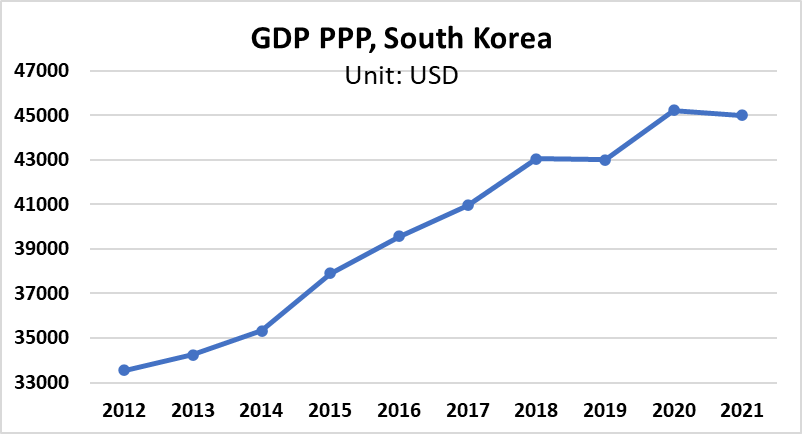
The recent boom of social commerce (social networks and websites that give product/service sellers access to a large pool of Korean consumers) is contributing to a growing trend, as it offers all types of travel products and unique experiences. Following COVID-19, Korean travelers use social media platforms such as Kakao Talk, Instagram, Facebook, and YouTube, and other online platforms to search for travel information. Korea is well-known for having one of the fastest internet networks in the world, and internet penetration reaches 98 percent. Moreover, travel booking via mobile devices continues to expand for Korean consumers and is becoming a widely used method of travel planning. Nine out of 10 Korean travelers own a smartphone, and roughly half of those users booked flights/hotels via smartphones in the past twelve months. The number of internet and smartphone users has reached 95 percent of the Korean population. As a result, more Korean travel companies are focusing on app-based travel platforms and creating user friendly mobile applications, since the number of Korean travelers that are using online/mobile booking services is rapidly increasing.
Korean mass media is influenced by U.S. movies, advertising, and popular culture, and this influence continues to stimulate interest in U.S. travel destinations. South Koreans’ positive perception of overseas travel and the abundance of information-sharing through mass media and social media are expected to continue to boost the growth of outbound tourism is the coming years.

Sub-Sector Best Prospects
- Free and independent travelers.
- Group package tours.
- Family vacation packages.
- Cultural tours and scenic/nature tour packages, especially designed for Korean travelers.
- Luxury packages catering to Korea’s single, professional women, traveling for leisure.
- National parks.
- Outdoor activities.
- Culinary tours.
- Educational travel.
Opportunities
Tourism has been one of the most directly affected sectors by the coronavirus pandemic in Korea. However, the tourism industry has demonstrated significant resilience, and when it is safe to travel again, the pent-up travel demand will increase for outbound travel. Even during the pandemic, Korean travelers never stopped researching and planning overseas trips for the future. As the travel and tourism industry prepares plans for a comprehensive recovery, and with the help of the vaccines and other mitigation efforts, travel restrictions have been gradually lifted, Korean market is expected to bounce back to pre-pandemic level. New emerging trends such as health safety and hygienic travel conditions have become key factors for Koreans to select destinations and tourism activities.
The U.S. has been the leading non-Asian destination for Koreans as it offers a variety of activities, culinary tours, and cultural experiences. U.S.-bound Koreans account for 8.0 percent of Korea’s outbound market and there is room for further growth. Los Angeles, San Francisco, Las Vegas, and Seattle followed by the New York-Washington, DC corridor, have been the most popular destinations. For outbound travel, Koreans use group package tours or travel individually to visit friends and relatives. Group tours can focus on price-competitive products that entice travel agencies in Korea to sell these products. Korean travelers are generally interested in the following activities in the U.S: visiting museums, national parks, amusement/theme parks, fashion outlets, golf courses, buying OTC pharmaceuticals/vitamins and U.S. cosmetics, and visiting unique local restaurants and wineries.
To tap into the Korean market, American travel and tourism entities should provide marketing collaterals on their destinations and attractions in the Korean language and cultivate long-term relationships with the travel trade industry in Korea. There are approximately 11,000 tour agents handling outbound travel packages in Korea. Having effective educational programs and digital marketing strategies on the U.S. are key factors in accessing and revitalizing the travel demand from the Korean market.
For more details, please contact the U.S. Commercial Service in Korea.
Trade Events
- Korea World Travel Fair (KOTFA). June 23-26, 2022.
- Seoul International Tourism Industry Fair. June 6-9, 2022.
- Busan International Travel Exhibition. October 13-16, 2022.
- Key Contacts
- National Travel and Tourism Office (NTTO) .
- Korea Tourism Organization.
- Ministry of Culture, Sports and Tourism.
- Visit USA Korea.
- Brand USA .
Local Contact
U.S. Commercial Service Korea U.S. Embassy Seoul 188 Sejong-daero, Jongro-gu Seoul 03141, Korea Tel: 82-2-397-4535 [email protected]
www.trade.gov/south-korea
Deals of the Week European Long Weekends Up to 50% OFF
South Korea Tours & Trips
Marvel at ancient temples beside skyscrapers in Busan, get to know the locals in their thatched houses at Andong or discover your inner K-pop fan in Seoul. From the serene landscapes of Jeju Island to the amazing Gyeongju, a trip to South Korea is filled with colour and contrast. From their year-round festivals, exotic cuisine and friendly faces, this little pocket of Asia deserves a place in your passport. Combine your South Korea adventure with Japan for the ultimate package where technology and traditions coexist.
Filters applied
85 south korea tour packages with 415 reviews.
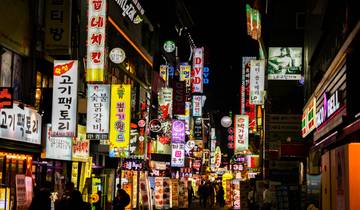
- In-depth Cultural
Best of South Korea
Daniel was an amazing guide. A truly caring person who wants his travelers to maximise their travel experience. He's always happy, joyful and lots of positive energy bursting at the rim. He knows his history well and we learned so much from him. The last night's dinner was like high school graduation when we all didn't want to part ways. Even if it was already so late at night and Daniel almost missed his last train home, he stuck with us to the last minutes saying our sad goodbyes to all our newfound friends through G Adventures. And...... Daniel is a rock star at karaoke night!! We never laughed so hard in our life. What an great CEO. What a great group of amazing people. Thank you so much. Daniel, just a piece of advise which you already know because we have actually told you..... Please slow down, it's so hard to catch up with you and your fast walking pace. Hahaha. Take care and all the best.
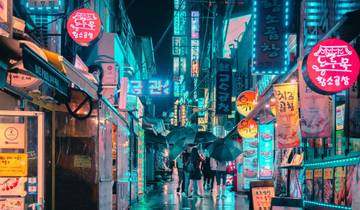
12-Day South Korea Adventure: From Seoul to Jeju Island
Excellent tour , diverse range of activities ,Cheong was a very good leader of the group .
- 5% deposit on some dates Some departure dates offer you the chance to book this tour with a lower deposit.
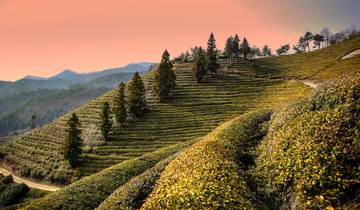
Discover Round Korea in 7days: A Wellness Holiday
First of all, we had an excellent tour guide Mr.Jay. very knowledgeable with good interpersonal skills. Also a comfortable bus and a good driver. We were happy with our hotel accommodations, and the meals were definitely satisfactory.

- Christmas & New Year
Korea Express
The Tour was fantastic. The communication between the agency and myself was difficult. There seemed to be miscommunication (possible language differences) when trying to understand hotel arrangements.
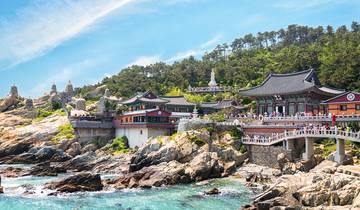
- Sightseeing
South Korea Highlights
I enjoyed this trip overall. I learned a lot about Korea and its history. I tried new foods that were absolutely delicious, and met some lovely new people.
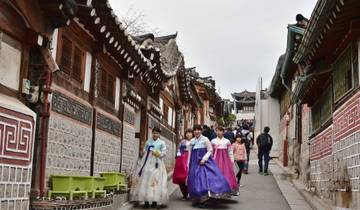
10-Day Premium South Korea Adventure: Culture, Cuisine, and Coastlines
A wonderful mix of culture, nature, laughter, serenity and food!
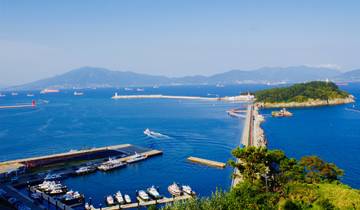
South Korea Circle Adventure 5D/4N
Tour was great and was a good pace. There was quite a large age range of all the travellers. Justin is a great and well informed tour guide
- 10% deposit on some dates Some departure dates offer you the chance to book this tour with a lower deposit.
Looking for tours beyond just South Korea?
Explore tours with itineraries going through multiple countries, including South Korea.
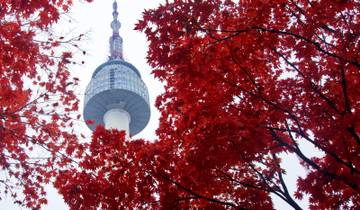
South Korea Express
Our guide, Justin, was one of the best I have ever had - full of energy, enthusiasm, and humour, and his summaries of history made it really interesting. The fun tour book he made allowed us to follow along. Our group was only 11 (from Germany, U.S., Canada, Australia, and France) in this post-pandemic tour and we were in a smaller bus, but that made the experience even more personal and we got to be friends. The destinations were all culturally interesting, historical, or scenic, ranging from mountain temples to hanok villages, gardens, fish markets, etc. We covered a lot of ground in a short time. My only suggestion would be to slow the pace a little bit, maybe reduce the number of attractions each day and add a couple of days to the length of the tour. This would allow for more time to explore each site in more depth, take pictures, etc. This tour was not called "Express" for nothing. Still, we had a great time and would recommend it.
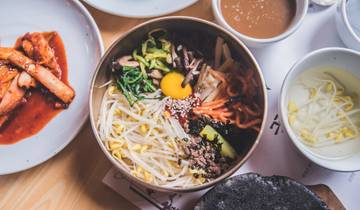
Premium South Korea
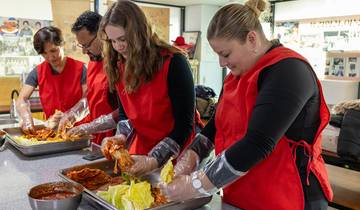
- Food & Culinary
South Korea Real Food Adventure
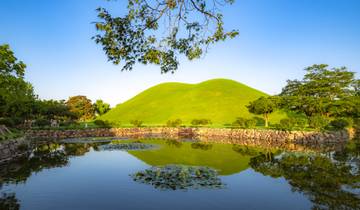
Discover Eastern Korea in 4days: A Wellness Holiday
A very well organised tour getting around many interesting places & experiences including time in Korean spa , historical sites & a short hike on mount Seorak . Jay our guide was always helpful & v thoughtful of everyone’s needs Hotel accommodation & breakfasts all of excellent quality Good variety of Korean food at meals provided , always too much !
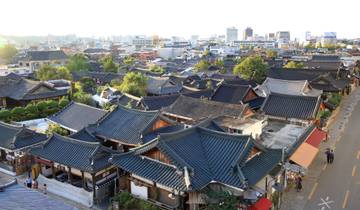
Golden route by K-shuttle
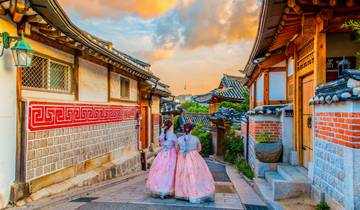
Soulful South Korea
The Soulful South Korea Tour was excellent. The tour guide Sam was excellent. He always provided background and information at all the sites we visited. This tour hits 4 out of the five provinces in S. Korea. I feel like we got see the majority of the country. There was a fair amount of walking but that helped balance all the wonderful food we ate. There were only 15 guests on our tour and that was a nice amount. Most of the travelers were from various states in America and one couple from Germany. Getting to know all the other travels was also a fun part of the trip. It was hard to say goodbye at the end as we felt like a family. Highly recommend this tour if you have never been to S. Korea.
- €100 deposit on some dates Some departure dates offer you the chance to book this tour with a lower deposit.

Exploring South Korea
A trip of a lifetime !!. We had the most incredible tour guide Damien who has the most warm energy always willing to answer and help out. The intenary was amazing as well I feel that there was something for everyone. I only wished we would have done the cruise to Jeju island and spent more time there but of course, I think that the flight arrangement after it wasn't possible was prompt and very efficient. I enjoyed this trip and feel very lucky to have had the most incredible professional and fun tour guide who we will always remember and a lovely tour group.
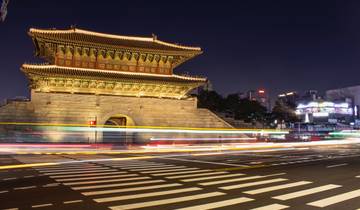
South Korea One Life Adventures - 10 Day Tour
This is the second One Life tour that I've been on after going to Sri Lanka, and my expectations were high given the previous experience, and this tour did not disappoint! Our guide CheongAn was superb from start to finish - he is incredibly helpful, always available, goes above and beyond for travellers at any time, a fount of knowledge when it comes to Korean history and food, funny, and pretty good at bowling too. The group atmosphere was really great too. The tour was an immersive experience of Korea in a very short time, I just wish I had more time to go to Jeju! Now time to plan One Life number three...
What people love about South Korea Tours
Our tour guide Tommy Lee was awesome—highly recommended!!
Was excellent tour guide was the best
It was a great tour. We learned so much about history and culture of this beautiful country. Our tour director Jay was excellent. He work very hard from early morning to late night. He always was with group explaining every destination we were going to. Our driver was excellent too. Jay always was on the top of situations, trying to accommodate each of us. Food was great and very delicious. I would recommend Hanatours and TOURradar to anyone. Thank you for great vacation and unforgettable memories.
South Korea Destinations
- Gyeonggi (5)
- Gyeongnam (5)
Travel Styles
- Small Group (16)
- Budget (14)
- Singles and Solo (65)
- For Couples (30)
- Seniors (41)
- Fully Guided (69)
- Family (46)
- In-depth Cultural (45)
- Explorer (43)
- Personalized (27)
- Partially Guided (13)
- Private (12)
- 3 Day Tours (7)
- 7 Day Tours (18)
- 10 Day Tours (31)
- 2 Week Tours (15)
- 3 Week Tours (5)
- Spring 2024 (60)
- Summer 2024 (69)
- Fall / Autumn 2024 (70)
- Winter 2024 / 2025 (38)
- Spring 2025 (40)
- Summer 2025 (33)
- Fall / Autumn 2025 (35)
- Winter 2025 / 2026 (18)
- April 2024 (44)
- May 2024 (62)
- June 2024 (64)
- July 2024 (58)
- August 2024 (61)
- September 2024 (61)
- October 2024 (67)
- November 2024 (60)
- December 2024 (37)
- January 2025 (12)
- February 2025 (20)
- March 2025 (37)
- April 2025 (38)
- May 2025 (33)
- June 2025 (31)
- July 2025 (27)
- August 2025 (32)
- September 2025 (31)
- October 2025 (35)
- November 2025 (27)
South Korea Tours starting in
- Starting in Seoul (69)
This website stores cookies on your computer. These cookies are used to collect information about how you interact with our website and allow us to remember you. We use this information in order to improve and customize your browsing experience and for analytics and metrics about our visitors both on this website and other media. To find out more about the cookies we use, see our Cookies Policy .
If you decline, your information won’t be tracked when you visit this website. A single cookie will be used in your browser to remember your preference not to be tracked.
South Korea Visitor Arrivals
- South Korea Visitor Arrivals recorded 1,027,801 person in Feb 2024, compared with 878,317 person in the previous month
- South Korea Visitor Arrivals data is updated monthly, available from Jan 1975 to Feb 2024
- The data reached an all-time high of 1,681,516 person in Jul 2016 and a record low of 28,714 person in Apr 2020
View South Korea's Visitor Arrivals from Jan 1975 to Feb 2024 in the chart:
What was South Korea's Visitor Arrivals in Feb 2024?
South Korea Visitor Arrivals recorded 1,027,801 person in Feb 2024, compared with 878,317 person in the previous month See the table below for more data.
Visitor Arrivals by Country Comparison
Buy selected data, accurate macro & micro economic data you can trust.
Explore the most complete set of 6.6 million time series covering more than 200 economies, 20 industries and 18 macroeconomic sectors.
South Korea Key Series
More indicators for south korea, request a demo of ceic.
CEIC’s economic databases cover over 200 global markets. Our Platform offers the most reliable macroeconomic data and advanced analytical tools.
Explore our Data
Travel, Tourism & Hospitality
Industry-specific and extensively researched technical data (partially from exclusive partnerships). A paid subscription is required for full access.
- Distribution of tourist spending South Korea 2022, by item
Distribution of expenditure while traveling as a tourist in South Korea in 2022, by item
- Immediate access to 1m+ statistics
- Incl. source references
- Download as PNG, PDF, XLS, PPT
Additional Information
Show sources information Show publisher information Use Ask Statista Research Service
South Korea
every month in 2022
50,400 respondents
15 years and older
Face-to-face interview
Other statistics on the topic Accommodation in South Korea
- Share of visitors to South Korea 2023, by origin
Accommodation
- Number of hotels in South Korea 2022, by star rating
- Number of hotel rooms in South Korea 2022, by star rating
- Number of guests staying in tourist hotels South Korea 2013-2021, by origin
To download this statistic in XLS format you need a Statista Account
To download this statistic in PNG format you need a Statista Account
To download this statistic in PDF format you need a Statista Account
To download this statistic in PPT format you need a Statista Account
As a Premium user you get access to the detailed source references and background information about this statistic.
As a Premium user you get access to background information and details about the release of this statistic.
As soon as this statistic is updated, you will immediately be notified via e-mail.
… to incorporate the statistic into your presentation at any time.
You need at least a Starter Account to use this feature.
- Immediate access to statistics, forecasts & reports
- Usage and publication rights
- Download in various formats
You only have access to basic statistics. This statistic is not included in your account.
- Instant access to 1m statistics
- Download in XLS, PDF & PNG format
- Detailed references
Business Solutions including all features.
Statistics on " Accommodations in South Korea "
- Number of visitor arrivals in South Korea 2000-2023
- Visitors in South Korea 2022, by purpose
- Average length of stay of tourists to South Korea in 2022, by origin
- Tourism and travel market revenue South Korea 2017-2027
- Travel and tourism market revenue South Korea 2022, by sector
- Amount of stays in lodgings during domestic travel South Korea 2022, by type
- Accommodations expenditure during domestic travel South Korea 2022, by travel purpose
- Distribution of overnight accommodations when traveling within South Korea 2022-2023
- Share of accommodations used during domestic travel South Korea 2022, by province
- Distribution of overnight stays when traveling within South Korea 2022-2023
- Deciding factors when choosing accommodations for travel within South Korea 2023
- Distribution of group size when traveling overnight within South Korea 2022-2023
- Main accommodations used by short-term visitors South Korea 2022, by type
- Average stay in accommodations by short-term visitors South Korea 2022, by type
- Average stay in accommodations by short-term visitors South Korea 2022, by province
- Main accommodations used by long-term visitors South Korea 2022, by type
- Average stay in accommodations by long-term visitors South Korea 2022, by type
- Average stay in accommodations by long-term visitors South Korea 2022, by province
- Channels used to search for accommodations for travel within South Korea 2023
- Preferred tourist lodgings information channels South Korea 2022
- Travel product bookings in South Korea 2023
- Distribution of hotel bookings channels South Korea 2017-2027
- Hotel / private accommodation online bookings by brand in South Korea 2023
- Hotel industry revenue South Korea 2017-2027
- Number of employees in hotels and similar establishments South Korea 2011-2020
- Hotel customer satisfaction index in South Korea 2022
Other statistics that may interest you Accommodations in South Korea
Tourism industry overview
- Premium Statistic Number of visitor arrivals in South Korea 2000-2023
- Premium Statistic Share of visitors to South Korea 2023, by origin
- Premium Statistic Visitors in South Korea 2022, by purpose
- Premium Statistic Average length of stay of tourists to South Korea in 2022, by origin
- Premium Statistic Tourism and travel market revenue South Korea 2017-2027
- Premium Statistic Travel and tourism market revenue South Korea 2022, by sector
- Premium Statistic Distribution of tourist spending South Korea 2022, by item
Domestic travel behavior
- Premium Statistic Amount of stays in lodgings during domestic travel South Korea 2022, by type
- Premium Statistic Accommodations expenditure during domestic travel South Korea 2022, by travel purpose
- Premium Statistic Distribution of overnight accommodations when traveling within South Korea 2022-2023
- Premium Statistic Share of accommodations used during domestic travel South Korea 2022, by province
- Premium Statistic Distribution of overnight stays when traveling within South Korea 2022-2023
- Premium Statistic Deciding factors when choosing accommodations for travel within South Korea 2023
- Premium Statistic Distribution of group size when traveling overnight within South Korea 2022-2023
International visitors
- Premium Statistic Main accommodations used by short-term visitors South Korea 2022, by type
- Premium Statistic Average stay in accommodations by short-term visitors South Korea 2022, by type
- Premium Statistic Average stay in accommodations by short-term visitors South Korea 2022, by province
- Premium Statistic Main accommodations used by long-term visitors South Korea 2022, by type
- Premium Statistic Average stay in accommodations by long-term visitors South Korea 2022, by type
- Premium Statistic Average stay in accommodations by long-term visitors South Korea 2022, by province
Accommodation bookings
- Premium Statistic Channels used to search for accommodations for travel within South Korea 2023
- Premium Statistic Preferred tourist lodgings information channels South Korea 2022
- Premium Statistic Travel product bookings in South Korea 2023
- Premium Statistic Distribution of hotel bookings channels South Korea 2017-2027
- Premium Statistic Hotel / private accommodation online bookings by brand in South Korea 2023
- Premium Statistic Hotel industry revenue South Korea 2017-2027
- Premium Statistic Number of employees in hotels and similar establishments South Korea 2011-2020
- Premium Statistic Number of guests staying in tourist hotels South Korea 2013-2021, by origin
- Premium Statistic Number of hotels in South Korea 2022, by star rating
- Premium Statistic Number of hotel rooms in South Korea 2022, by star rating
- Premium Statistic Hotel customer satisfaction index in South Korea 2022
Further Content: You might find this interesting as well
- Undergraduate
- Short Courses
- Online Courses
- Masters/Postgraduate
- Postdoctoral
- Study in Africa
- Study in Asia
- Study in Australia
- Study in Europe
- Study in USA
- Fellowships
- Internships
- Volunteering
- OD Live Series
- Young Person of the Month
- Success Stories
- General Tips
- ODIC 2023 Application
- ODIC Judges
- ODIC 2022 Winners
- ODIC 2021 Winners
- ODIC 2019 Winners
- ODIC 2018 Winners
- ODIC 2017 Winners
- ODIC 2016 Winners
- Australia and Oceania

Call for Applications: Visit Korea Year 2023-2024 (Win a Fully-funded Trip)
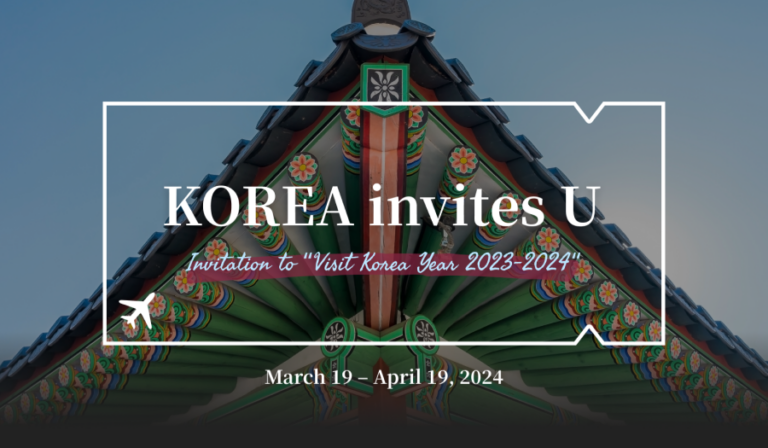
Deadline: April 19, 2024
What draws your heart to Korea? Whether it’s a meaningful encounter, cherished moments with wonderful friends, or if memories of Korea stir emotions within you, please share your story and take part in the Visit Korea Year 2023-2024 .
In celebration of “Visit Korea Year 2023-2024”, The Ministry of Culture, Sports and Tourism along with the Korea Tourism Organization are offering a trip to Korea for those deeply connected to the country.
- Personal stories, memories or connections to Korea. Include photos and videos to increase your chance of winning.
- “KOREA invites U” 5-day Korea Tour. Travel Period: May 20 – 24, 2024.
- One day compulsory tour & three days personalized tour package.
- Round trip tickets to Korea and travel expenses (4 nights accommodation, travel insurance, etc.).
- Mandatory joint tour (May 21, 1 day).
- Personalized tour package (3 days).
- One additional person can be supported, provided they are related to the story, or are a minor, elderly or have disabilities.
Eligibility
- Open to non-Korean nationals residing outside of Korea (Korean citizens and residents are ineligible).
- Individuals with special connections to Korea.
- Available from May 20 – May 24, 2024, for a trip to Korea (Check for passport validity, entry restrictions, etc., before applying).
- Both self-applications and recommendations are accepted.
Application
- Submitted forms and visuals will be evaluated to select the invitees
- Online interview may be requested (Notification via email)
Click here to apply
For more information, visit Korea Invites U .

Jahmel Brown is a youth leader, advocate, and opportunity connector from Jamaica, which is located in the Caribbean. He believes in the power of young people through shaping them with life-changing opportunities.
Related Posts
Japanese award for most innovative development project (midp) 2024 ($120,000 grant), arab council for the social sciences (acss) emerging fellows programme 2024-2025 (funded), women in conservation technology programme – tanzania 2024.
Type above and press Enter to search. Press Esc to cancel.
Korea, South
Photos of korea, south.

View Details

Country Summary
Travel Facts

Introduction
The first recorded kingdom (Choson) on the Korean Peninsula dates from approximately 2300 B.C. Over the subsequent centuries, three main kingdoms - Kogoryo, Paekche, and Silla - were established on the Peninsula. By the 5 th century A.D., Kogoryo emerged as the most powerful, with control over much of the Peninsula, as well as part of Manchuria (modern-day northeast China). However, Silla allied with the Chinese to create the first unified Korean state in the late 7 th century (688). Following the collapse of Silla in the 9 th century, Korea was unified under the Koryo (Goryeo; 918-1392) and the Chosen (Joseon; 1392-1910) dynasties.
Korea became the object of intense imperialistic rivalry between the Chinese (its traditional benefactor), Japanese, and Russian empires in the latter half of the 19th and early 20 th centuries. Following the Sino-Japanese War (1894-95) and the Russo-Japanese War (1904-1905), Korea was occupied by Imperial Japan. In 1910, Tokyo formally annexed the entire Peninsula. Korea regained its independence following Japan's surrender to the US and its allies in 1945. After World War II, a democratic government (Republic of Korea, ROK) was set up in the southern half of the Korean Peninsula while a communist-style government was installed in the north (North Korea; aka Democratic People's Republic of Korea, DPRK). During the Korean War (1950-53), US troops and UN forces fought alongside ROK soldiers to defend South Korea from a North Korean invasion supported by communist China and the Soviet Union. A 1953 armistice split the Peninsula along a demilitarized zone at about the 38th parallel. Syngman RHEE led the country as its first president from 1948-1960. PARK Chung-hee took over leadership of the country in a 1961 coup. During his regime from 1961 to 1979, South Korea achieved rapid economic growth, with per capita income rising to roughly 17 times the level of North Korea in 1979. PARK was assassinated in 1979, and subsequent years were marked by political turmoil and continued authoritarian rule as the country's pro-democracy movement grew. South Korea held its first free presidential election under a revised democratic constitution in 1987, with former South Korean Army general ROH Tae-woo winning a close race. In 1993, KIM Young-sam (1993-98) became the first civilian president of South Korea's new democratic era. President KIM Dae-jung (1998-2003) won the Nobel Peace Prize in 2000 for his contributions to South Korean democracy and his "Sunshine Policy" of engagement with North Korea. President PARK Geun-hye, daughter of former South Korean President PARK Chung-hee, took office in February 2013 as South Korea's first female leader. In December 2016, the National Assembly passed an impeachment motion against President PARK over her alleged involvement in a corruption and influence-peddling scandal, immediately suspending her presidential authorities. The impeachment was upheld in March 2017, triggering an early presidential election in May 2017 won by MOON Jae-in. In March 2022, longtime prosecutor and political newcomer YOON Suk Yeol won the presidency by the slimmest margin in South Korean history.
Discord and tensions with North Korea, punctuated by North Korean military provocations, missile launches, and nuclear tests, have permeated inter-Korean relations for years. Despite a period of respite in 2018-2019 ushered in by North Korea's participation in the 2018 Winter Olympic and Paralympic Games in South Korea and high-level diplomatic meetings, including historic US-North Korea summits, relations were strained as of early 2024. In 2024, Pyongyang announced it was ending all economic cooperation with South Korea, a move that followed earlier proclamations that it was scrapping a military pact signed in 2018 aimed at de-escalating tensions along their militarized border, abandoning the country’s decades-long pursuit of peaceful unification with South Korea, and designating the South as North Korea’s “principal enemy.”
Visit the Definitions and Notes page to view a description of each topic.
Eastern Asia, southern half of the Korean Peninsula bordering the Sea of Japan and the Yellow Sea
Geographic coordinates
37 00 N, 127 30 E
Map references
total: 99,720 sq km land: 96,920 sq km water: 2,800 sq km
comparison ranking : total 109
Area - comparative
slightly smaller than Pennsylvania; slightly larger than Indiana
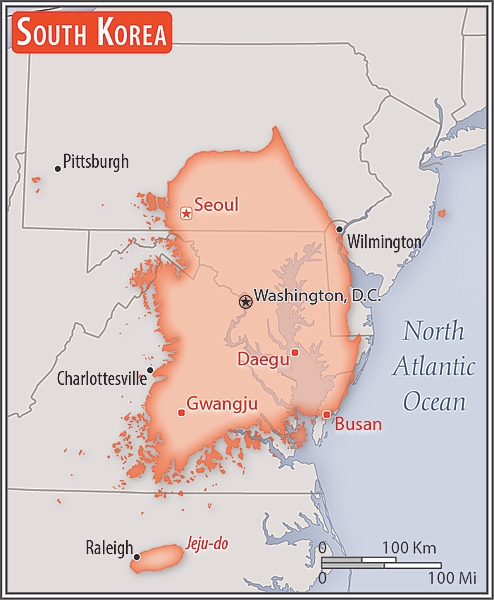
Land boundaries
total: 237 km border countries (1): North Korea 237 km
Maritime claims
territorial sea: 12 nm; between 3 nm and 12 nm in the Korea Strait contiguous zone: 24 nm exclusive economic zone: 200 nm continental shelf: not specified
temperate, with rainfall heavier in summer than winter; cold winters
mostly hills and mountains; wide coastal plains in west and south
highest point: Halla-san 1,950 m lowest point: Sea of Japan 0 m mean elevation: 282 m
Natural resources
coal, tungsten, graphite, molybdenum, lead, hydropower potential
agricultural land: 18.1% (2018 est.) arable land: 15.3% (2018 est.) permanent crops: 2.2% (2018 est.) permanent pasture: 0.6% (2018 est.) forest: 63.9% (2018 est.) other: 18% (2018 est.)
Irrigated land
7,780 sq km (2012)
Population distribution
with approximately 70% of the country considered mountainous, the country's population is primarily concentrated in the lowland areas, where density is quite high; Gyeonggi Province in the northwest, which surrounds the capital of Seoul and contains the port of Incheon, is the most densely populated province; Gangwon in the northeast is the least populated
Natural hazards
occasional typhoons bring high winds and floods; low-level seismic activity common in southwest
volcanism: Halla (1,950 m) is considered historically active although it has not erupted in many centuries
Geography - note
strategic location on Korea Strait; about 3,000 mostly small and uninhabited islands lie off the western and southern coasts
People and Society
51,966,948 (2023 est.)
comparison ranking : 28
Nationality
noun: Korean(s) adjective: Korean
Ethnic groups
homogeneous
Korean, English (widely taught in elementary, junior high, and high school) major-language sample(s): 월드 팩트북, 필수적인 기본 정보 제공처 (Korean) The World Factbook, the indispensable source for basic information.
Protestant 19.7%, Buddhist 15.5%, Catholic 7.9%, none 56.9% (2015 est.) note: many people also carry on at least some Confucian traditions and practices
Age structure
0-14 years: 11.53% (male 3,072,352/female 2,916,984) 15-64 years: 70.1% (male 18,788,714/female 17,639,714) 65 years and over: 18.38% (2023 est.) (male 4,196,789/female 5,352,395)
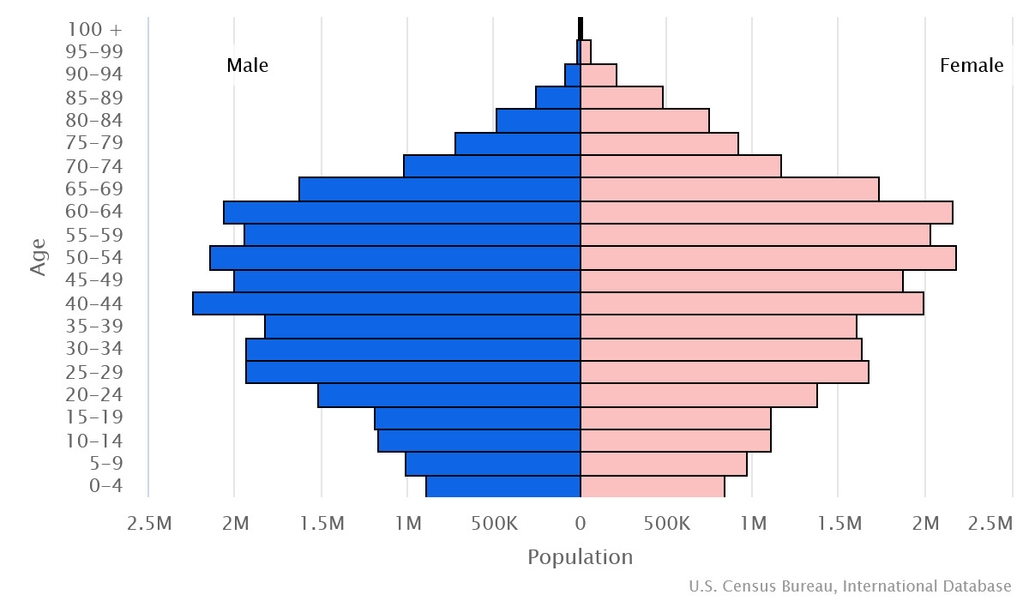
Dependency ratios
total dependency ratio: 39.9 youth dependency ratio: 16.6 elderly dependency ratio: 23.3 potential support ratio: 4.3 (2021 est.)
total: 45 years (2023 est.) male: 43.5 years female: 46.8 years
comparison ranking : total 18
Population growth rate
0.23% (2023 est.)
comparison ranking : 174
7 births/1,000 population (2023 est.)
comparison ranking : 223
7.3 deaths/1,000 population (2023 est.)
comparison ranking : 113
Net migration rate
2.6 migrant(s)/1,000 population (2023 est.)
comparison ranking : 48
Urbanization
urban population: 81.5% of total population (2023) rate of urbanization: 0.31% annual rate of change (2020-25 est.)
Major urban areas - population
9.988 million SEOUL (capital), 3.472 million Busan, 2.849 million Incheon, 2.181 million Daegu (Taegu), 1.577 million Daejon (Taejon), 1.529 million Gwangju (Kwangju) (2023)
at birth: 1.05 male(s)/female 0-14 years: 1.05 male(s)/female 15-64 years: 1.07 male(s)/female 65 years and over: 0.78 male(s)/female total population: 1.01 male(s)/female (2023 est.)
Mother's mean age at first birth
32.2 years (2019 est.)
Maternal mortality ratio
8 deaths/100,000 live births (2020 est.)
comparison ranking : 153
Infant mortality rate
total: 2.8 deaths/1,000 live births (2023 est.) male: 3 deaths/1,000 live births female: 2.6 deaths/1,000 live births
comparison ranking : total 213
Life expectancy at birth
total population: 83.2 years (2023 est.) male: 80.1 years female: 86.4 years
comparison ranking : total population 15
Total fertility rate
1.11 children born/woman (2023 est.) note: some sources estimate the TFR to be as low as 0.78
comparison ranking : 226
Gross reproduction rate
0.54 (2023 est.)
Contraceptive prevalence rate
82.3% (2018) note: percent of women aged 20-49
Drinking water source
improved: urban: NA rural: NA total: 99.9% of population unimproved: urban: NA rural: NA total: 0.1% of population (2020 est.)
Current health expenditure
8.4% of GDP (2020)
Physicians density
2.48 physicians/1,000 population (2019)
Hospital bed density
12.4 beds/1,000 population (2018)
Sanitation facility access
Obesity - adult prevalence rate.
4.7% (2016)
comparison ranking : 184
Alcohol consumption per capita
total: 7.74 liters of pure alcohol (2019 est.) beer: 1.72 liters of pure alcohol (2019 est.) wine: 0.15 liters of pure alcohol (2019 est.) spirits: 0.22 liters of pure alcohol (2019 est.) other alcohols: 5.66 liters of pure alcohol (2019 est.)
comparison ranking : total 48
Tobacco use
total: 20.8% (2020 est.) male: 35.7% (2020 est.) female: 5.9% (2020 est.)
comparison ranking : total 82
Children under the age of 5 years underweight
0.9% (2019/21) NA
comparison ranking : 118
Currently married women (ages 15-49)
52.9% (2023 est.)
Education expenditures
4.7% of GDP (2019 est.)
comparison ranking : 90
total population: NA male: NA female: NA
School life expectancy (primary to tertiary education)
total: 17 years male: 17 years female: 16 years (2020)
Environment
Environment - current issues.
air pollution in large cities; acid rain; water pollution from the discharge of sewage and industrial effluents; drift net fishing; solid waste disposal; transboundary air pollution from China
Environment - international agreements
party to: Antarctic-Environmental Protection, Antarctic-Marine Living Resources, Antarctic Treaty, Biodiversity, Climate Change, Climate Change-Kyoto Protocol, Climate Change-Paris Agreement, Comprehensive Nuclear Test Ban, Desertification, Endangered Species, Environmental Modification, Hazardous Wastes, Law of the Sea, Marine Dumping-London Convention, Marine Dumping-London Protocol, Nuclear Test Ban, Ozone Layer Protection, Ship Pollution, Tropical Timber 2006, Wetlands, Whaling signed, but not ratified: none of the selected agreements
Revenue from forest resources
0.01% of GDP (2018 est.)
comparison ranking : 148
Revenue from coal
0% of GDP (2018 est.)
Air pollutants
particulate matter emissions: 24.04 micrograms per cubic meter (2019 est.) carbon dioxide emissions: 620.3 megatons (2016 est.) methane emissions: 30.28 megatons (2020 est.)
Waste and recycling
municipal solid waste generated annually: 18,218,975 tons (2014 est.) municipal solid waste recycled annually: 10,567,006 tons (2014 est.) percent of municipal solid waste recycled: 58% (2014 est.)
Total water withdrawal
municipal: 6.672 billion cubic meters (2020 est.) industrial: 4.45 billion cubic meters (2020 est.) agricultural: 15.96 billion cubic meters (2020 est.)
Total renewable water resources
69.7 billion cubic meters (2020 est.)
total global geoparks and regional networks: 5 global geoparks and regional networks: Cheongsong; Hantangang; Jeju Island; Jeonbuk West Coast; Mudeungsan (2023)
Country name
conventional long form: Republic of Korea conventional short form: South Korea local long form: Taehan-min'guk local short form: Han'guk abbreviation: ROK etymology: derived from the Chinese name for Goryeo, which was the Korean dynasty that united the peninsula in the 10th century A.D.; the South Korean name "Han'guk" derives from the long form, "Taehan-min'guk," which is itself a derivation from "Daehan-je'guk," which means "the Great Empire of the Han"; "Han" refers to the "Sam'han" or the "Three Han Kingdoms" (Goguryeo, Baekje, and Silla from the Three Kingdoms Era, 1st-7th centuries A.D.)
Government type
presidential republic
name: Seoul; note - Sejong, located some 120 km (75 mi) south of Seoul, serves as an administrative capital for segments of the South Korean Government geographic coordinates: 37 33 N, 126 59 E time difference: UTC+9 (14 hours ahead of Washington, DC, during Standard Time) etymology: the name originates from the Korean word meaning "capital city" and which is believed to be derived from Seorabeol, the name of the capital of the ancient Korean Kingdom of Silla
Administrative divisions
9 provinces (do, singular and plural), 6 metropolitan cities (gwangyeoksi, singular and plural), 1 special city (teugbyeolsi), and 1 special self-governing city (teukbyeoljachisi)
provinces: Chungcheongbuk-do (North Chungcheong), Chungcheongnam-do (South Chungcheong), Gangwon-do, Gyeongsangbuk-do (North Gyeongsang), Gyeonggi-do, Gyeongsangnam-do (South Gyeongsang), Jeju-do (Jeju), Jeollabuk-do (North Jeolla), Jeollanam-do (South Jeolla)
metropolitan cities: Busan (Pusan), Daegu (Taegu), Daejeon (Taejon), Gwangju (Kwangju), Incheon (Inch'on), Ulsan
special city: Seoul
special self-governing city: Sejong
Independence
15 August 1945 (from Japan)
National holiday
Liberation Day, 15 August (1945)
Constitution
history: several previous; latest passed by National Assembly 12 October 1987, approved in referendum 28 October 1987, effective 25 February 1988 amendments: proposed by the president or by majority support of the National Assembly membership; passage requires at least two-thirds majority vote by the Assembly membership, approval in a referendum by more than one half of the votes by more than one half of eligible voters, and promulgation by the president; amended several times, last in 1987
Legal system
mixed legal system combining European civil law, Anglo-American law, and Chinese classical thought
International law organization participation
has not submitted an ICJ jurisdiction declaration; accepts ICCt jurisdiction
Citizenship
citizenship by birth: no citizenship by descent only: at least one parent must be a citizen of South Korea dual citizenship recognized: no residency requirement for naturalization: 5 years
18 years of age; universal; note - the voting age was lowered from 19 to 18 beginning with the 2020 national election
Executive branch
chief of state: President YOON Suk Yeol (since 10 May 2022); the president is both chief of state and head of government; Prime Minister HAN Duck-soo (since 21 May 2022) serves as the principal executive assistant to the president, similar to the role of a vice president head of government: President YOON Suk Yeol (since 10 May 2022) cabinet: State Council appointed by the president on the prime minister's recommendation elections/appointments: president directly elected by simple majority popular vote for a single 5-year term; election last held on 9 March 2022 (next to be held in March 2027); prime minister appointed by president with consent of the National Assembly election results: 2022 : YOON Suk-yeol elected president; YOON Suk-yeol (PPP) 48.6%, LEE Jae-myung (DP) 47.8%; other 3.6% 2017 : MOON Jae-in elected president; MOON Jae-in (DP) 41.1%, HONG Joon-pyo (Liberty Korea Party) 24%, AHN Cheol-soo (PP) 21.4%, YOO Seung-min (Bareun Party) 6.8%, SIM Sang-jung (Justice Party) 6.2%
Legislative branch
description: unicameral National Assembly or Gukhoe (300 seats statutory, current 295; 253 members directly elected in single-seat constituencies by simple majority vote and 47 directly elected in a single national constituency by proportional representation vote; members serve 4-year terms) elections: last held on 15 April 2020 (next to be held on 10 April 2024) election results: percent of vote by party/coalition - DPK/Platform Party 49.9%, United Future Party 41.5%, JP 1.7%; seats by party - DPK/Platform Party 180, United Future Party (now PPP) 103, JP 6, ODP 3, PP 3, independent 5; composition as of April 2022 - men 242, women 57, percent of women 19.1%
Judicial branch
highest court(s): Supreme Court (consists of a chief justice and 13 justices); Constitutional Court (consists of a court head and 8 justices) judge selection and term of office: Supreme Court chief justice appointed by the president with the consent of the National Assembly; other justices appointed by the president upon the recommendation of the chief justice and consent of the National Assembly; position of the chief justice is a 6-year nonrenewable term; other justices serve 6-year renewable terms; Constitutional Court justices appointed - 3 by the president, 3 by the National Assembly, and 3 by the Supreme Court chief justice; court head serves until retirement at age 70, while other justices serve 6-year renewable terms with mandatory retirement at age 65 subordinate courts: High Courts; District Courts; Branch Courts (organized under the District Courts); specialized courts for family and administrative issues
Political parties and leaders
Basic Income Party [SHIN Ji-hye] Democratic Party of Korea or DPK [LEE Jae-myung] (renamed from Minjoo Party of Korea or MPK in October 2016); includes the former Open Democratic Party [CHOI Kong-wook], which merged with the DP in January 2022 and the Together Citizens' Party or Platform Party [WOO Hee-jong, CHOI Bae-geun], which merged with the DP in May 2022) Hope of Korea [Yang Hyang-ja] Justice Party or JP [LEE Jeong-mi] People Power Party or PPP [HAN Dong-hoon] (renamed from United Future Party in September 2020, formerly Liberty Korea Party) Transition Korea [CHO Jung-hun] note: the DPK is South Korea’s largest party and its main progressive party; the People Power Party (PPP) is a conservative grouping and is South Korea’s second-largest party
International organization participation
ADB, AfDB (nonregional member), APEC, Arctic Council (observer), ARF, ASEAN (dialogue partner), Australia Group, BIS, CABEI, CD, CICA, CP, EAS, EBRD, FAO, FATF, G-20, IADB, IAEA, IBRD, ICAO, ICC (national committees), ICCt, ICRM, IDA, IEA, IFAD, IFC, IFRCS, IHO, ILO, IMF, IMO, IMSO, Interpol, IOC, IOM, IPU, ISO, ITSO, ITU, ITUC (NGOs), LAIA (observer), MIGA, MINURSO, MINUSTAH, NEA, NSG, OAS (observer), OECD, OPCW, OSCE (partner), Pacific Alliance (observer), Paris Club (associate), PCA, PIF (partner), SAARC (observer), SICA (observer), UN, UNAMID, UNCTAD, UNESCO, UNHCR, UNHRC, UNIDO, UNIFIL, UNISFA, UNMIL, UNMISS, UNMOGIP, UNOCI, UNOOSA, UNWTO, UPU, Wassenaar Arrangement, WCO, WHO, WIPO, WMO, WTO, ZC
Diplomatic representation in the US
chief of mission: Ambassador CHO Hyundong (since 19 April 2023) chancery: 2450 Massachusetts Avenue NW, Washington, DC 20008 telephone: [1] (202) 939-5600 FAX: [1] (202) 797-0595 email address and website: [email protected] https://overseas.mofa.go.kr/us-en/index.do consulate(s) general: Anchorage (AK), Atlanta, Boston, Chicago, Dallas (TX), Hagatna (Guam), Honolulu, Houston, Los Angeles, New York, San Francisco, Seattle, Washington DC
Diplomatic representation from the US
chief of mission: Ambassador Philip S. GOLDBERG (since 29 July 2022) embassy: 188 Sejong-daero, Jongno-gu, Seoul mailing address: 9600 Seoul Place, Washington, DC 20521-9600 telephone: [82] (2) 397-4114 FAX: [82] (2) 397-4101 email address and website: [email protected] https://kr.usembassy.gov/ consulate(s): Busan
Flag description
white with a red (top) and blue yin-yang symbol in the center; there is a different black trigram from the ancient I Ching (Book of Changes) in each corner of the white field; the South Korean national flag is called Taegukki; white is a traditional Korean color and represents peace and purity; the blue section represents the negative cosmic forces of the yin, while the red symbolizes the opposite positive forces of the yang; each trigram (kwae) denotes one of the four universal elements, which together express the principle of movement and harmony
National symbol(s)
taegeuk (yin yang symbol), Hibiscus syriacus (Rose of Sharon), Siberian tiger; national colors: red, white, blue, black
National anthem
name: "Aegukga" (Patriotic Song) lyrics/music: YUN Ch'i-Ho or AN Ch'ang-Ho/AHN Eaktay note: adopted 1948, well-known by 1910; both North Korea's and South Korea's anthems share the same name and have a vaguely similar melody but have different lyrics
National heritage
total World Heritage Sites: 16 (14 cultural, 2 natural) selected World Heritage Site locales: Jeju Volcanic Island and Lava Tubes (n); Changdeokgung Palace Complex (c); Jongmyo Shrine (c); Seokguram Grotto and Bulguksa Temple (c); Gochang, Hwasun, and Ganghwa Dolmen Sites (c); Gyeongju Historic Areas (c); Namhansanseong (c); Baekje Historic Areas (c); Sansa, Buddhist Mountain Monasteries in Korea (c); Royal Tombs of the Joseon Dynasty (c)
Economic overview
strong export-driven East Asian economy; sustainable and social policy leader; foreign aid financier; automotive manufacturing; app-based developer and exporter; global healthcare technology leader; aging workforce; largest semiconductor producer
Real GDP (purchasing power parity)
$2.352 trillion (2022 est.) $2.292 trillion (2021 est.) $2.198 trillion (2020 est.) note: data in 2017 dollars
comparison ranking : 14
Real GDP growth rate
2.61% (2022 est.) 4.3% (2021 est.) -0.71% (2020 est.) note: annual GDP % growth based on constant local currency
Real GDP per capita
$45,600 (2022 est.) $44,300 (2021 est.) $42,400 (2020 est.) note: data in 2017 dollars
comparison ranking : 40
GDP (official exchange rate)
$1.674 trillion (2022 est.) note: data in current dollars at official exchange rate
Inflation rate (consumer prices)
5.09% (2022 est.) 2.5% (2021 est.) 0.54% (2020 est.) note: annual % change based on consumer prices
comparison ranking : 75
Credit ratings
Fitch rating: AA- (2012) Moody's rating: Aa2 (2015) Standard & Poors rating: AA (2016) note: The year refers to the year in which the current credit rating was first obtained.
GDP - composition, by sector of origin
agriculture: 2.2% (2017 est.) industry: 39.3% (2017 est.) services: 58.3% (2017 est.)
comparison rankings : services 135; industry 31; agriculture 171
GDP - composition, by end use
household consumption: 48.1% (2017 est.) government consumption: 15.3% (2017 est.) investment in fixed capital: 31.1% (2017 est.) investment in inventories: 0% (2017 est.) exports of goods and services: 43.1% (2017 est.) imports of goods and services: -37.7% (2017 est.)
Agricultural products
rice, vegetables, cabbages, milk, onions, pork, poultry, eggs, tangerines/mandarins, potatoes
electronics, telecommunications, automobile production, chemicals, shipbuilding, steel
Industrial production growth rate
1.35% (2022 est.) note: annual % change in industrial value added based on constant local currency
comparison ranking : 140
Labor force
29.314 million (2022 est.) note: number of people ages 15 or older who are employed or seeking work
comparison ranking : 23
Unemployment rate
2.86% (2022 est.) 3.64% (2021 est.) 3.93% (2020 est.) note: % of labor force seeking employment
comparison ranking : 34
Youth unemployment rate (ages 15-24)
total: 7.8% (2021 est.) male: 8.8% female: 6.9%
comparison ranking : total 170
Population below poverty line
14.4% (2016 est.)
Gini Index coefficient - distribution of family income
31.4 (2016 est.) note: index (0-100) of income distribution; higher values represent greater inequality
comparison ranking : 139
Average household expenditures
on food: 13.8% of household expenditures (2018 est.) on alcohol and tobacco: 2.7% of household expenditures (2018 est.)
Household income or consumption by percentage share
lowest 10%: 2.8% highest 10%: 24% (2016 est.) note: % share of income accruing to lowest and highest 10% of population
Remittances
0.47% of GDP (2022 est.) 0.43% of GDP (2021 est.) 0.45% of GDP (2020 est.) note: personal transfers and compensation between resident and non-resident individuals/households/entities
revenues: $378.552 billion (2019 est.) expenditures: $372.412 billion (2019 est.)
Budget surplus (+) or deficit (-)
1.4% (of GDP) (2017 est.)
comparison ranking : 24
Public debt
48.96% of GDP (2021 est.) 46.43% of GDP (2020 est.) 39.97% of GDP (2019 est.) note: central government debt as a % of GDP
comparison ranking : 108
Taxes and other revenues
16.73% (of GDP) (2021 est.) note: central government tax revenue as a % of GDP
comparison ranking : 117
Fiscal year
calendar year
Current account balance
$29.831 billion (2022 est.) $85.228 billion (2021 est.) $75.902 billion (2020 est.) note: balance of payments - net trade and primary/secondary income in current dollars
comparison ranking : 17
$820.643 billion (2022 est.) $769.424 billion (2021 est.) $607.505 billion (2020 est.) note: balance of payments - exports of goods and services in current dollars
comparison ranking : 9
Exports - partners
China 24%, US 15%, Vietnam 9%, Hong Kong 6%, Japan 5% (2021)
Exports - commodities
integrated circuits, cars and vehicle parts, refined petroleum, office machinery, ships, telephones (2021)
$811.129 billion (2022 est.) $698.98 billion (2021 est.) $541.57 billion (2020 est.) note: balance of payments - imports of goods and services in current dollars
Imports - partners
China 24%, US 12%, Japan 9%, Vietnam 4%, Taiwan 4% (2021)
Imports - commodities
crude oil, integrated circuits, natural gas, refined petroleum, photo lab equipment, cars, iron (2021)
Reserves of foreign exchange and gold
$423.366 billion (2022 est.) $463.281 billion (2021 est.) $443.463 billion (2020 est.) note: holdings of gold (year-end prices)/foreign exchange/special drawing rights in current dollars
comparison ranking : 10
Debt - external
$457.745 billion (2019 est.) $435.98 billion (2018 est.)
Exchange rates
South Korean won (KRW) per US dollar - Exchange rates: 1,291.447 (2022 est.) 1,143.952 (2021 est.) 1,180.266 (2020 est.) 1,165.358 (2019 est.) 1,100.163 (2018 est.)
Electricity access
electrification - total population: 100% (2021)
Electricity
installed generating capacity: 135.789 million kW (2020 est.) consumption: 531.258 billion kWh (2020 est.) exports: 0 kWh (2020 est.) imports: 0 kWh (2020 est.) transmission/distribution losses: 18.61 billion kWh (2020 est.)
comparison rankings : transmission/distribution losses 192; imports 196; exports 194; consumption 8; installed generating capacity 10
Electricity generation sources
fossil fuels: 64.8% of total installed capacity (2020 est.) nuclear: 27.7% of total installed capacity (2020 est.) solar: 3.3% of total installed capacity (2020 est.) wind: 0.6% of total installed capacity (2020 est.) hydroelectricity: 1.3% of total installed capacity (2020 est.) tide and wave: 0.7% of total installed capacity (2020 est.) geothermal: 0% of total installed capacity (2020 est.) biomass and waste: 1.7% of total installed capacity (2020 est.)
Nuclear energy
Number of operational nuclear reactors: 25 (2023) Number of nuclear reactors under construction: 3 Net capacity of operational nuclear reactors: 24.49GW (2021) Percent of total electricity production: 27.4% (2021) Percent of total energy produced: 76.5% (2021) Number of nuclear reactors permanently shut down: 2
production: 16.364 million metric tons (2020 est.) consumption: 140.579 million metric tons (2020 est.) exports: 16,000 metric tons (2020 est.) imports: 123.784 million metric tons (2020 est.) proven reserves: 326 million metric tons (2019 est.)
total petroleum production: 37,400 bbl/day (2021 est.) refined petroleum consumption: 2,598,700 bbl/day (2019 est.) crude oil and lease condensate exports: 0 bbl/day (2018 est.) crude oil and lease condensate imports: 3,034,400 bbl/day (2018 est.)
Refined petroleum products - production
3.302 million bbl/day (2017 est.)
comparison ranking : 6
Refined petroleum products - exports
1.396 million bbl/day (2017 est.)
Refined petroleum products - imports
908,800 bbl/day (2017 est.)
Natural gas
production: 240.042 million cubic meters (2019 est.) consumption: 53,419,105,000 cubic meters (2019 est.) exports: 0 cubic meters (2019 est.) imports: 55,417,677,000 cubic meters (2019 est.) proven reserves: 7.079 billion cubic meters (2021 est.)
Carbon dioxide emissions
686.954 million metric tonnes of CO2 (2019 est.) from coal and metallurgical coke: 319.383 million metric tonnes of CO2 (2019 est.) from petroleum and other liquids: 255.518 million metric tonnes of CO2 (2019 est.) from consumed natural gas: 112.052 million metric tonnes of CO2 (2019 est.)
comparison ranking : total emissions 7
Energy consumption per capita
242.346 million Btu/person (2019 est.)
comparison ranking : 15
Communications
Telephones - fixed lines.
total subscriptions: 22,809,806 (2022 est.) subscriptions per 100 inhabitants: 45 (2021 est.)
comparison ranking : total subscriptions 12
Telephones - mobile cellular
total subscriptions: 72,855,492 (2021 est.) subscriptions per 100 inhabitants: 141 (2021 est.)
comparison ranking : total subscriptions 24
Telecommunication systems
general assessment: South Korea is second only to Hong Kong in the world rankings of telecom market maturity; it is also on the leading edge of the latest telecom technology developments, including around 6G; with its highly urbanized, tech-savvy population, South Korea also enjoys very high communication levels across all segments – fixed-line telephony (44% at the start of 2022), fixed broadband (46%), mobile voice and data (144%), and mobile broadband (120%); the performance of the mobile sector is on a par with other developed markets around the region, but it’s the wire line segment that allows South Korea to stand out from the crowd; this is partly a reflection of the large proportion of its population who live in apartment buildings (around 60%), making fiber and apartment LAN connections relatively easy and cost-effective to deploy; the government’s Ultra Broadband convergence Network (UBcN) had aimed to reach 50% adoption by the end of 2022, but that target may be a few more years away; fixed-line teledensity is also at a very high level compared to most of the rest of the world, but it has been on a sharp decline from a rate of 60% ten years ago; on the mobile front, users have enthusiastically migrated from one generation of mobile platform to the next as each iteration becomes available; there also doesn’t appear to be any great concern about there being a lack of demand for 5G in South Korea (when the country is already well supported by 4G networks), with 30% of all subscribers having already made the switch; part of the reason behind the rapid transition may be the subsidized handsets on offer from each of the MNOs and the MVNOs (2022) domestic: fixed-line approximately 45 per 100 and mobile-cellular services 141 per 100 persons; rapid assimilation of a full range of telecommunications technologies leading to a boom in e-commerce (2021) international: country code - 82; landing points for EAC-C2C, FEA, SeaMeWe-3, TPE, APCN-2, APG, FLAG North Asia Loop/REACH North Asia Loop, KJCN, NCP, and SJC2 submarine cables providing links throughout Asia, Australia, the Middle East, Africa, Europe, Southeast Asia and US; satellite earth stations - 66 (2019)
Broadcast media
multiple national TV networks with 2 of the 3 largest networks publicly operated; the largest privately owned network, Seoul Broadcasting Service (SBS), has ties with other commercial TV networks; cable and satellite TV subscription services available; publicly operated radio broadcast networks and many privately owned radio broadcasting networks, each with multiple affiliates, and independent local stations
Internet country code
Internet users.
total: 50.96 million (2021 est.) percent of population: 98% (2021 est.)
comparison ranking : total 20
Broadband - fixed subscriptions
total: 22,327,182 (2020 est.) subscriptions per 100 inhabitants: 44 (2020 est.)
comparison ranking : total 10
Transportation
National air transport system.
number of registered air carriers: 14 (2020) inventory of registered aircraft operated by air carriers: 424 annual passenger traffic on registered air carriers: 88,157,579 (2018) annual freight traffic on registered air carriers: 11,929,560,000 (2018) mt-km
Civil aircraft registration country code prefix
comparison ranking : 58
1,275 (2024)
3,790 km gas, 16 km oil, 889 km refined products (2018)
total: 3,979 km (2016) standard gauge: 3,979 km (2016) 1.435-m gauge (2,727 km electrified)
total: 100,428 km paved: 92,795 km (includes 4,193 km of expressways) unpaved: 7,633 km (2016)
comparison ranking : total 49
1,600 km (2011) (most navigable only by small craft)
comparison ranking : 52
Merchant marine
total: 2,149 (2023) by type: bulk carrier 93, container ship 115, general cargo 362, oil tanker 219, other 1,360
comparison ranking : total 12
Ports and terminals
major seaport(s): Busan, Incheon, Gunsan, Kwangyang, Mokpo, Pohang, Ulsan, Yeosu container port(s) (TEUs): Busan (22,706,130), Incheon (3,353,781), Kwangyang (2,122,903) (2021) LNG terminal(s) (import): Incheon, Kwangyang, Pyeongtaek, Samcheok, Tongyeong, Yeosu
Transportation - note
South Korea operates one PC 5 or 6 class light icebreaker note - PC indicates a Polar Class vessel: PC 5 - year-round operation in medium first-year ice which may include old ice inclusions (ice thickness up to 70-120 cm); PC 6 - summer/autumn operation in medium first-year ice which may include old ice inclusions (ice thickness up to 30-70 cm)
Military and Security
Military and security forces.
Armed Forces of the Republic of Korea: Republic of Korea Army (ROKA), Republic of Korea Navy (ROKN, includes Marine Corps, ROKMC), Republic of Korea Air Force (ROKAF) Ministry of Maritime Affairs and Fisheries: Korea Coast Guard; Ministry of Interior and Safety: Korean National Police Agency (2023) note 1: in January 2022, the South Korean military announced the formation of a space branch under its Joint Chiefs of Staff to coordinate the development of space and space-enabled capabilities across the Army, Navy and Air Force note 2: the military reserves include Mobilization Reserve Forces (First Combat Forces) and Homeland Defense Forces (Regional Combat Forces)
Military expenditures
2.6% of GDP (2023) 2.6% of GDP (2022 est.) 2.6% of GDP (2021) 2.6% of GDP (2020) 2.7% of GDP (2019)
comparison ranking : 38
Military and security service personnel strengths
approximately 500,000 active-duty personnel (365,000 Army; 70,000 Navy, including about 30,000 Marines; 65,000 Air Force) (2023)
Military equipment inventories and acquisitions
the South Korean military is equipped with a mix of domestically produced and imported weapons systems; South Korea has a robust defense industry and production includes armored fighting vehicles, artillery, aircraft, naval ships, and missiles; its weapons are designed to be compatible with US and NATO systems; in recent years the top foreign weapons supplier has been the US, and some domestically produced systems are built under US license (2024)
Military service age and obligation
18-35 years of age for compulsory military service for all men; minimum conscript service obligation varies by service - 18 months (Army, Marines, auxiliary police), 20 months (Navy, conscripted firefighters), 21 months (Air Force, social service), 36 months for alternative service; 18-29 years of age for voluntary military service for men and women (2024) note 1: women, in service since 1950, are able to serve in all branches and as of 2022 some 15,000 served in the armed forces, including about 9% of the non-commissioned and commissioned officers note 2: the military brings on over 200,000 conscripts each year
Military deployments
250 Lebanon (UNIFIL); 275 South Sudan (UNMISS); 170 United Arab Emirates; note - since 2009, South Korea has kept a naval flotilla with approximately 300 personnel in the waters off of the Horn of Africa and the Arabian Peninsula (2023)
Military - note
the South Korean military is primarily focused on the threat from North Korea but also deploys abroad for multinational missions, including peacekeeping and other security operations; it also participates in bilateral and multinational exercises South Korea's primary defense partner is the US, and the 1953 US-South Korea Mutual Defense Treaty is a cornerstone of South Korea’s security; the Treaty committed the US to provide assistance in the event of an attack, particularly from North Korea; in addition, the Treaty gave the US permission to station land, air, and sea forces in and about the territory of South Korea as determined by mutual agreement; the US maintains approximately 28,000 military personnel in the country and conducts bilateral exercises with the South Korean military; South Korea has Major Non-NATO Ally (MNNA) status with the US, a designation under US law that provides foreign partners with certain benefits in the areas of defense trade and security cooperation; the South Korean military has assisted the US in conflicts in Afghanistan (5,000 troops; 2001-2014), Iraq (20,000 troops; 2003-2008), and Vietnam (325,000 troops; 1964-1973) in 2016, South Korea concluded an agreement with the EU for participation in EU Common Security and Defense Policy (CSDP) missions and operations, such as the EU Naval Force Somalia – Operation Atalanta, which protects maritime shipping and conducts counter-piracy operations off the coast of East Africa South Korea has been engaged with NATO through dialogue and security cooperation since 2005 and is considered by NATO to be a global partner; in 2022, South Korea established its Mission to NATO to further institutionalize its cooperative relationship; it has participated in NATO-led missions and exercises, including leading an integrated civilian-military reconstruction team in Afghanistan as part of the NATO-led International Security Assistance Force, 2010-2013; it has also cooperated with NATO in countering the threat of piracy in the Gulf of Aden by providing naval vessels as escorts in addition to the invasion of South Korea and the subsequent Korean War (1950-53), North Korea from the 1960s to the 1980s launched a considerable number of limited military and subversive actions against South Korea using special forces and terrorist tactics; including aggressive skirmishes along the DMZ, overt attempts to assassinate South Korean leaders, kidnappings, the bombing of an airliner, and a failed effort in 1968 to foment an insurrection and conduct a guerrilla war in the South with more than 100 seaborne commandos; from the 1990s until 2010, the North lost two submarines and a semi-submersible boat attempting to insert infiltrators into the South (1996, 1998) and provoked several engagements in the Northwest Islands area along the disputed Northern Limit Line (NLL), including naval skirmishes between patrol boats in 1999 and 2002, the torpedoing and sinking of a South Korean corvette, the Cheonan , in 2010, and the bombardment of a South Korean Marine Corps installation on Yeonpyeong Island, also in 2010; since 2010, further minor incidents continue to occur periodically along the DMZ, where both the North and the South Korean militaries maintain large numbers of troops the South Korean Army is organized into commands for aviation, ballistic and cruise missile operations, capital defense, ground operations, air and missile defense, and rear area defense operations; the Ground Operations Command has six corps and most of the Army’s ground combat power, which includes 21 combined arms infantry divisions, several of which are mechanized, and about 20 independent armored, artillery, air assault, aviation, and special operations brigades; the active ground forces are backed up by a large reserve force made up of former active duty soldiers the Navy is a modern force that conducts both coastal and blue water operations; it has three numbered fleets, each assigned to the seas east, west, and south of the country; it also has a submarine command, surface flotillas for specialized missions such as mine warfare and amphibious operations, an aviation wing, a special warfare force, and South Korea’s Marine Corps, which is one of the largest in the World and functions as a rapid reaction, strategic reserve, and island defense force; the Navy’s principal warships include more than 25 destroyers and frigates, two landing platform helicopter (LPH) amphibious assault ships, and about 20 attack-type submarines, complemented by a large force of corvettes and coastal patrol vessels the South Korean Air Force has a largely modern inventory of more than 800 fixed and rotary wing aircraft, including over 500 fighter and multirole fighter aircraft; it is organized into commands for air combat and air mobility/reconnaissance with subordinate wings and squadrons; the Air Force also has commands for ground based air defense (2023)
Space agency/agencies
Korea Aerospace Research Institute (KARI; established 1989); Korea Advanced Institute of Science and Technology (KAIST); Korean Astronomy and Space Science Institute (KASI; funded by the South Korean Government); KARI works closely with the Agency for Defense Development (ADD), a national agency for research and development in defense technology established in 1970; established a military space branch in 2022; in 2022, announced plans to form a fully independent space agency for integrated management of both civil and military space programs (2023)
Space launch site(s)
Naro Space Center (South Jeolla province) (2023)
Space program overview
has a growing and ambitious space program focused on developing satellites, satellite/space launch vehicles (SLVs), and interplanetary probes; has a national space strategy; manufacturers and operates satellites, including those with communications, remote sensing (RS), scientific, and multipurpose capabilities; manufactures and launches SLVs; developing interplanetary space vehicles, including orbital probes and landers; participates in international space programs and has relations with an array of foreign space agencies and industries, including those of Australia, the European Space Agency (ESA) and its member states (particularly France, Germany, Italy, Spain, UK), India, Israel, Japan, Peru, Russia, UAE, and especially the US; has a robust commercial space industry that works closely with KARI in the development of satellites and space launch capabilities (2023) note: further details about the key activities, programs, and milestones of the country’s space program, as well as government spending estimates on the space sector, appear in Appendix S
Transnational Issues
Disputes - international.
South Korea-Japan : South Korea and Japan claim Liancourt Rocks (Tok-do/Take-shima), occupied by South Korea since 1954
South Korea-North Korea : Military Demarcation Line within the 4-km-wide Demilitarized Zone has separated North from South Korea since 1953; periodic incidents with North Korea in the Yellow Sea over the Northern Limit Line, which South Korea claims as a maritime boundary
Refugees and internally displaced persons
stateless persons: 202 (2022)
Illicit drugs
precursor chemicals used for illicit drugs, such as acetic anhydride, pseudoephedrine, and ephedrine, imported from the United States, Japan, India, and China and then either resold within South Korea or smuggled into other countries
The Straits Times
- International
- Print Edition
- news with benefits
- SPH Rewards
- STClassifieds
- Berita Harian
- Hardwarezone
- Shin Min Daily News
- SRX Property
- Tamil Murasu
- The Business Times
- The New Paper
- Lianhe Zaobao
- Advertise with us
Deaths from doctor shortage fuel election angst in South Korea
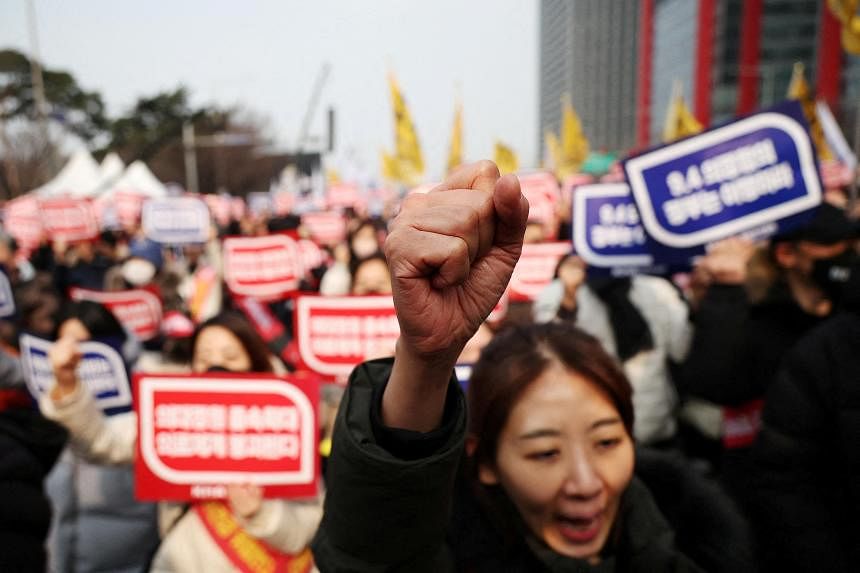
SEOUL – In March 2023, a 17-year-old girl who fell from a building in the South Korean city of Daegu died after her ambulance was turned away by three hospitals that lacked doctors to treat her.
She was among more than 3,750 patients who have died since 2017 after local hospitals refused to provide care, a report by Professor Cheong Yooseok from Dankook University in Cheonan city shows.
The startling statistic from one of Asia’s richest countries has become a major issue in the parliamentary elections taking place on April 10. While the country won acclaim for its low fatality rate during the Covid-19 pandemic, the focus now is on inefficiency, waste and skewed economic incentives in the healthcare system.
Renowned medical centres in the capital Seoul are overwhelmed by patients, while the rest of the country struggles with a lack of physicians. A six-week-and-counting national walkout by nearly 13,000 residents and interns protesting against a plan to boost medical school enrolment has exacerbated the situation.
Mr Jung Seung-pyo, an esophageal cancer patient who lives on Jeju Island, flew to Seoul National University Bundang Hospital for surgery in June 2023. While he is supposed to have check-ups every four weeks, sometimes it takes several months to get an appointment.
“There’s no doctor at all on this island who can treat esophageal cancer,” Mr Jung said of his hometown, which has a population of almost 700,000 people. “Everything is so concentrated in Seoul.”
South Korea has among the fewest doctors per capita of all developed countries and has not increased the number of medical students in more than two decades, said Mr Gaetan Lafortune, a senior economist at the Organisation for Economic Cooperation and Development. Demographic factors like a rapidly ageing population will exacerbate the scarcity, he said.
South Korean President Yoon Suk-yeol has vowed to address the crisis. He proposed measures, like increasing the number of doctors, that have drawn complaints for being “populist moves” ahead of the election to select the 300-member National Assembly.
While his conservative People Power Party is in power, he is trying to flip dozens of seats held by his progressive rivals, led by the Democratic Party, to take control of the national legislature.
The healthcare system is “collapsing”, Mr Yoon said at a public hearing in February. “Now is the golden time to push reforms.”
Yet the doctors themselves oppose efforts to expand physician supply, arguing that the government’s proposal to increase medical school enrolment by 2,000 spots a year from the current 3,058 does not address the root problem.
This, they say, is that doctors’ pay in some critical fields covered by the country’s National Health Insurance system is far lower than that for outside specialists, especially those who do cosmetic and aesthetic procedures. The disparity in compensation and infrastructure between Seoul and rural areas also means a dearth of medical workers outside the capital.
“Doctors are disappearing at emergency centres, surgery rooms, delivery rooms and hospitals in smaller cities,” said Prof Cheong in a December report. “Many young doctors gave up becoming fellows at medical colleges and work in the beauty industry.”
Cosmetic surgery has aggressively taken hold and medical tourism is booming in South Korea. More than eight million foreign patients arrived between 2009 and 2022, many for the beauty industry that offers ubiquitous access to plastic surgery, Botox for US$6 (S$8) per shot and laser skin tightening.
Meanwhile, essential fields including paediatrics have been hard hit. Only 53 residents applied to fill 205 paediatric slots for 2024, and just eight were outside Seoul and its surroundings, according to the health ministry. For paediatric surgery, two trainee doctors applied for spots outside of the greater Seoul area.
In June 2023, the Korean Paediatric Society held a conference, How To Exit Paediatrics, focused on learning about other disciplines including cosmetic surgery. The seminar was held at the behest of members who said the country’s ultra-low birth rate made it difficult to run paediatric clinics, officials said in a television interview with Channel A.
The situation is dire in most parts of the country.
More than half of South Korea’s 114,000 doctors and dentists worked in Seoul or Gyeonggi province in 2022, according to the Health Insurance Review and Assessment Service.
Hiring doctors outside the capital is tough, said Dr Cho Seung-yeon, president of Incheon Medical Centre. He could not find anyone to lead the dialysis division for two years. Another public hospital offered US$1 million for a cardiologist, he said.
Salaried doctors at private clinics can earn in excess of US$300,000 annually, while those on their own make even more, he said. Dr Cho offers US$200,000 a year for physicians at his public hospital in Incheon, but he said few ultimately come.
Even in Seoul, medical care can be tenuous given the doctor shortage. Mr Kim Sung-ju, a 62-year-old who had surgery for esophageal cancer a decade ago, undergoes a battery of tests and waits hours for a brief visit with his doctor at Seoul St Mary’s Hospital in Gangnam, an upscale neighbourhood in the city’s south-east, every three months.
“I really don’t understand why I have to visit this big hospital every three months, because I only get to talk to my doctor for three minutes,” he said. “I had thought South Korea’s health insurance system, with private doctors and national health insurance, was the world’s best, but now it’s becoming the world’s worst.”
A more robust medical workforce is also essential to the country’s public health, according to the Korea Disease Control and Prevention Agency, which has just 20 doctors out of 500 employees.
“We hope just two doctors will join us a year,” said director-general of the agency’s bureau of public health emergency preparedness Hong Jeong-ik. “They can do something meaningful for the public, even if that may not help them make a huge profit.”
Amid the national debate, wait times for care have worsened since the doctors’ walkout to protest against Mr Yoon’s proposed reforms. The President says he will not back down on what he calls a “minimum requirement” for fixing the underlying issues. Nearly four in five Koreans support the expansion, polling ahead of the election shows.
“A nurse died in August 2022 at one of Korea’s best hospitals, where she worked, because there was no doctor to treat her,” Health and Welfare Minister Cho Kyoo-hong said in an interview. “This is not right.” BLOOMBERG
Join ST's Telegram channel and get the latest breaking news delivered to you.
- Doctors/Surgeons
- South Korea
Read 3 articles and stand to win rewards
Spin the wheel now

- The Star ePaper
- Subscriptions
- Manage Profile
- Change Password
- Manage Logins
- Manage Subscription
- Transaction History
- Manage Billing Info
- Manage For You
- Manage Bookmarks
- Package & Pricing
Thailand now ranked second in food tourism but still behind frontrunner Japan, according to international survey
Sunday, 14 Apr 2024
Related News

It's splashing Songkran fun in Thailand even after country hits 40°C heat; PM Srettha joins in the fun in Hua Hin
Fall of myanmar town to rebels sends people fleeing into thailand, red shirt’s return sparks hope for democratic renewal in thailand.
Image from The Nation Thailand/ANN
BANGKOK (The Nation Thailand/ANN): Food is a source of pride for Thailand's tourism sector, jointly promoted by the government and the private sector.
Highlighting the strengths of Thai cuisine, renowned globally and a major attraction for tourists, it plays a vital role in attracting tourists.
However, Japan has surpassed Thailand in branding this aspect.
Nithee Seeprae, deputy director of marketing and communications, Tourism Authority of Thailand (TAT), revealed the Thailand Culinary Image Assessment and Michelin Guide Thailand 2023 project, surveying opinions of foreign tourists (online 1,800 samples, interviews 1,200 samples) and Thai tourists (online 800 samples, interviews 400 samples), conducted by KenetiXs Consulting Co Ltd.
The survey found that Japan is the top destination for food tourism, with a score of 56% in 2023, up from 54% in 2022.
Thailand ranks second at 44%, up from 38%, followed by China at 30%, up from 24%. South Korea is fourth at 28%, slightly down from 29%, and Hong Kong is fifth at 27%, up from 25%.
Going deeper into the perception and effectiveness of the Michelin Guide Thailand project in 2023, the survey found that among foreign tourists, awareness of the Michelin Guide for restaurants and accommodations remained at 76%, the same as the previous year. However, awareness of the Michelin Guide Thailand increased to 18% from 16% the year before.
This guide also influenced travel destination choices, with 62% making decisions based on it, the same as the previous year.
Regarding the aspects of satisfaction, behavioural impact, and attitude of foreign tourists who dine at Michelin-rated restaurants, here are the scores from various perspectives:
- Overall satisfaction remained high at 95% in 2023, the same as 2022.
- 85% shared their dining experiences online, up from 83% in 2022.
- 92% expressed willingness to revisit Michelin-rated restaurants, slightly down from 93% in 2022.
- 97% recommended these restaurants to others, slightly down from 98% in 2022.
- 95% tried dining at other Michelin-rated restaurants in Thailand, up from 94% in 2022.
- 97% recommended Thailand as a culinary tourism destination, the same as in 2022.
For an estimate of the number of foreign tourists who are aware of and have experienced the Michelin Guide Thailand project in 2023, the survey found that 40% were aware of the project, and it influenced 11% in their decision to visit Thailand, which translates to about 1.86 million people.
This estimation is based on the target number of tourists from 23 countries who travelled to Thailand from January to September 2022 and had dined at Michelin award-winning restaurants, accounting for 8%, or about 1.33 million people.
Although the awareness level of the Michelin Guide Thailand project in 2023 is close to the 39% in 2022, and its impact on the decision to visit Thailand remains the same at 11%, the estimated number is 940,000 people in 2022.
Regarding the question of having dined at Michelin award-winning restaurants, the rate remains at 8%, but the estimated number is about 690,000 people in 2022.
"The additional revenue from food expenditure by foreign tourists resulting from the implementation of the Michelin Guide Thailand project was approximately 262.99 million baht in 2023, an increase from 223.34 million baht in 2022,” Nithee said.
In the Thai tourists segment, a survey showed that awareness of the Michelin Guide decreased to 58% from 78% compared with the previous year. However, awareness of the Michelin Guide Thailand decreased to 46% from 61%. Nevertheless, the Michelin Guide Thailand significantly stimulated the desire for domestic travel, increasing to 96% from 89%.
"In terms of satisfaction among Thai tourists who dine at Michelin-starred restaurants, overall satisfaction score in 2023 increased slightly to 92% from 91% in 2022," Nithee said. - The Nation Thailand/ANN
Tags / Keywords: Thailand , Food Tourism , Big Favourite
Found a mistake in this article?
Report it to us.
Thank you for your report!

Exploring elective studies abroad
Next in aseanplus news.

Trending in AseanPlus
Air pollutant index, highest api readings, select state and location to view the latest api reading.
- Select Location
Source: Department of Environment, Malaysia
Others Also Read
Best viewed on Chrome browsers.

We would love to keep you posted on the latest promotion. Kindly fill the form below
Thank you for downloading.
We hope you enjoy this feature!
We've detected unusual activity from your computer network
To continue, please click the box below to let us know you're not a robot.
Why did this happen?
Please make sure your browser supports JavaScript and cookies and that you are not blocking them from loading. For more information you can review our Terms of Service and Cookie Policy .
For inquiries related to this message please contact our support team and provide the reference ID below.

IMAGES
VIDEO
COMMENTS
South Korea Workation Guide: 8 Places to Live and Work for Digital Nomads. South Korea's unique mix of fast-speed internet, great cafe culture, and all-around convenience make it an ideal workation destination for digital nomads. In trendy cities like Seoul and Busan, or by. 03/21/2024.
Korean Seasons Guide. The best time to visit South Korea is during the warm spring or fall seasons. The weather is mild and clear, there's a range of festivals and seasonal activities to enjoy, and you can travel to Korea comfortably. The best months to visit are April, May, September, and October.
4. Take advantage of Korea's world-class public transportation. Korea's subways, trains and buses are clean, convenient and efficient. It can sometimes seem like a new station is added to the Seoul metro every month, and the rail and intercity bus networks will take you to every corner of the country.
From April 1, fully vaccinated tourists will be able to fly to the country quarantine-free. South Korea will also recognise more vaccinations, including those administered outside of the country, said the Ministry of the Interior and Safety. This will allow more people to apply for quarantine-free travel. The easing of restrictions is set to ...
South Korea's Top 10 Tourism Statistics . Surrounded by the Yellow Sea to the west and the Sea of Japan to the east, South Korea, officially the Republic of Korea, finds itself nestled in the southern part of the Korean Peninsula. ... 8. 501.5% - In December 2022, South Korea saw a jump at 501.5% increase in visitor arrivals, a great change ...
September 27 - South Korea lifts mask-wearing restrictions from Sept. 26. South Korea decided Friday to lift all restrictions on outdoor masks starting September 26, according to local news outlets. The decision was made at a meeting chaired by Prime Minister Han Duck-soo, who decided that participants in outdoor gatherings of 50 or more ...
Author Freddy Sherman has traveled to South Korea multiple times, including a recent trip to Seoul in late 2022. South Korea offers everything a traveler could want in a destination. It has a long and fascinating history, a wonderful culture, amazing food, friendly people, and an excellent tourism infrastructure (including a new high-speed rail ...
Travel Advisory. July 24, 2023. South Korea - Level 1: Exercise Normal Precautions. Reissued with obsolete COVID-19 page links removed. Exercise normal precautions in South Korea. Read the country information page for additional information on travel to South Korea. If you decide to travel to South Korea: Enroll in the Smart Traveler Enrollment ...
But if you want to get a free pass and discounts on Seoul's representative tourist attractions you can also use Discover Seoul Pass. You can enjoy a discount ticket for 100 tourist attractions within 24/48/72 hours. Traveler's Survival Kit. Basic Korean and some phone apps are the best traveler's survival kits in South Korea.
But even as a fourth wave hit in recent weeks, the future looks brighter for South Korea's tourism economy. The population's full vaccination rate has reached 63 percent so far, and its ...
In 2022, South Korea welcomed approximately 3.2 million inbound visitors, according to the Korea Tourism Organisation. Just before the Covid-19 pandemic, the country had a record 17.5 million ...
Number of employees tourism sector South Korea 2022, by business type. Number of people employed in the tourism sector in South Korea in 2022, by type of business (in 1,000s) Lodging industry
May 21, 2022 London. Annyeonghaseyo we've got some excellent news for you: finally, South Korea allows tourist travel again starting June 1! After years of just settling for k-dramas, k-pop playlists, samgyeopsal, and virtual concerts, you can now achieve your Hallyu dreams once again as South Korea resumes its processing service for all ...
However, the numbers nearly tripled to approximately 3.198 million in 2022. The positive trajectory continues into 2023, with an estimated 6.5 million foreign tourists visiting the country from January to August, as per government data. ... "South Korea's tourism sector has been strengthening during 2023 and is expected to show further ...
Tourism is considered a sector for economic growth in Korea. In 2019 tourism directly contributed to 2.5% of total GDP. Tourism-related businesses employed 275 619 people in 2019, which fell to 191 005 people in 2020, representing 0.7% of total employment. Travel exports represented 11.5% of total service exports in 2020, down from 20.1% in 2019.
Enroll in the Smart Traveler Enrollment Program (STEP) to receive security messages and make it easier to locate you in an emergency. Call us in Washington, D.C. at 1-888-407-4747 (toll-free in the United States and Canada) or 1-202-501-4444 (from all other countries) from 8:00 a.m. to 8:00 p.m., Eastern Standard Time, Monday through Friday ...
South Korea has been a growing market in terms of arrivals and export revenue for the United States. Koreans' desire for international travel and the abundance of information sharing through mass media and social networking platforms, has been contributing to the growth of outbound tourism. Unfortunately, the year 2020-2021 has been a ...
12-Day South Korea Adventure: From Seoul to Jeju Island. 4.6 (72 reviews) The tour is fun. You get to see the sea, mountains, islands, baby volcano. I loved K-Pop class, taekwando class, hiking to Seoroksan mountains, party yacht tour in Busan, tangerine garden in Jeju. Our guide, Damien was always friendly to us and gave all the time good ...
Tourism in South Korea and its industry caters to both foreign and domestic tourists. In 2019, 17.5 million foreign tourists visited South Korea, making it the 20th most visited country in the world. Most non-Korean tourists come from other parts of East Asia such as Japan, mainland China, Taiwan, and Hong Kong.The recent popularity of Korean popular culture, often known as the "Korean Wave ...
Latest data and research on visitor arrivals and tourism industry in South Korea. Explore expert forecasts and historical data on economic indicators across 195+ countries. ... 1,067,700.000 2022: yearly 1997 - 2022 Central Govt Debt: Domestic (KRW bn) 1,087,771.000 Sep 2023: quarterly ...
As South Korea lifts more pandemic restrictions, the country's outbound tourism sector is set to boom again, especially as the other major markets of China and Japan have yet to reopen their tours to travel.. GlobalData's latest 2022 update from the 'South Korea Source Tourism Insight Report' projects that outbound travel from South Korea will exceed pre-pandemic levels by 2024, with ...
Number of apps available in leading app stores Q3 2022 OPEC oil price annually 1960-2024 ... Premium Statistic Tourism balance South Korea 1995-2023 ...
Published by Statista Research Department , Aug 1, 2023. According to a survey conducted in South Korea throughout 2022, around 37 percent of travel expenses incurred by tourists were related to ...
Deadline: April 19, 2024. What draws your heart to Korea? Whether it's a meaningful encounter, cherished moments with wonderful friends, or if memories of Korea stir emotions within you, please share your story and take part in the Visit Korea Year 2023-2024.. In celebration of "Visit Korea Year 2023-2024", The Ministry of Culture, Sports and Tourism along with the Korea Tourism ...
Country name. conventional long form: Republic of Korea conventional short form: South Korea local long form: Taehan-min'guk local short form: Han'guk abbreviation: ROK etymology: derived from the Chinese name for Goryeo, which was the Korean dynasty that united the peninsula in the 10th century A.D.; the South Korean name "Han'guk" derives from the long form, "Taehan-min'guk," which is itself ...
Cosmetic surgery has aggressively taken hold and medical tourism is booming in South Korea. More than eight million foreign patients arrived between 2009 and 2022, many for the beauty industry ...
Ever since he came to office with a narrow majority of just 0.8 percent in 2022, Yoon has been hindered by the DP-controlled legislature. ... blocking tourism, entertainment, and other trade in ...
The survey found that Japan is the top destination for food tourism, with a score of 56% in 2023, up from 54% in 2022. Thailand ranks second at 44%, up from 38%, followed by China at 30%, up from 24%.
South Korea's Tech-Led Exports Continue Growth, Boosting Economy Semiconductor sales reach highest value since early 2022 Export recovery stays intact while geopolitical threats linger